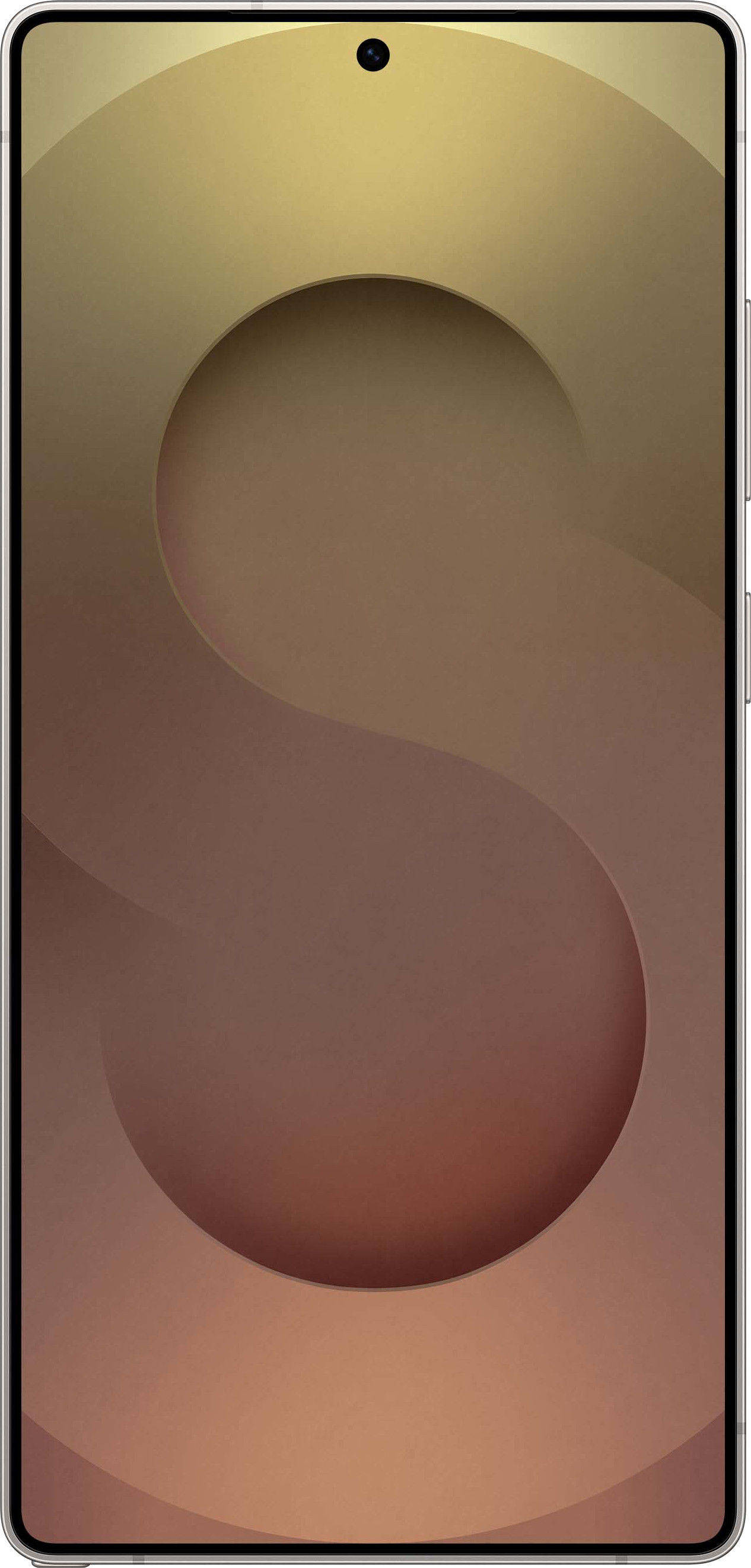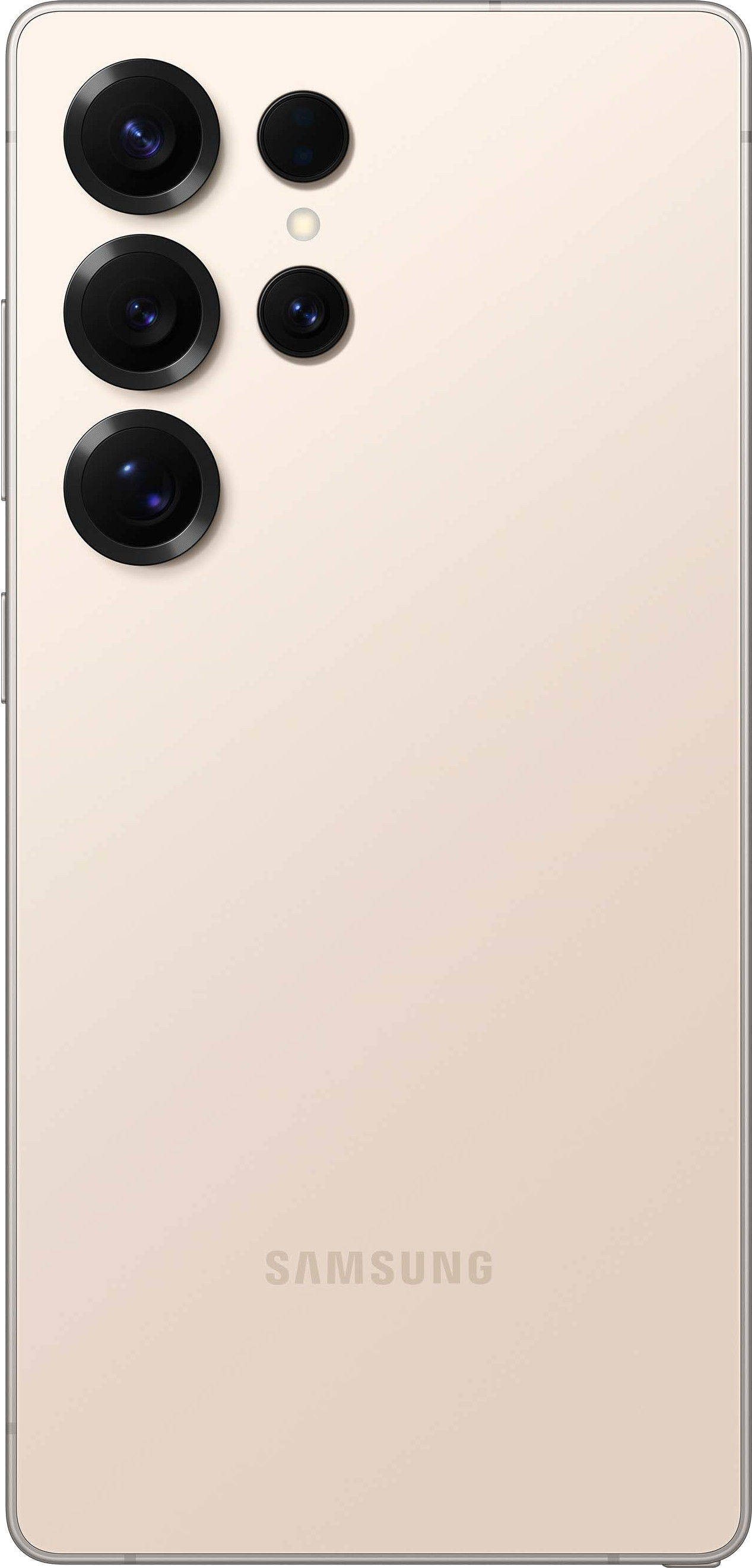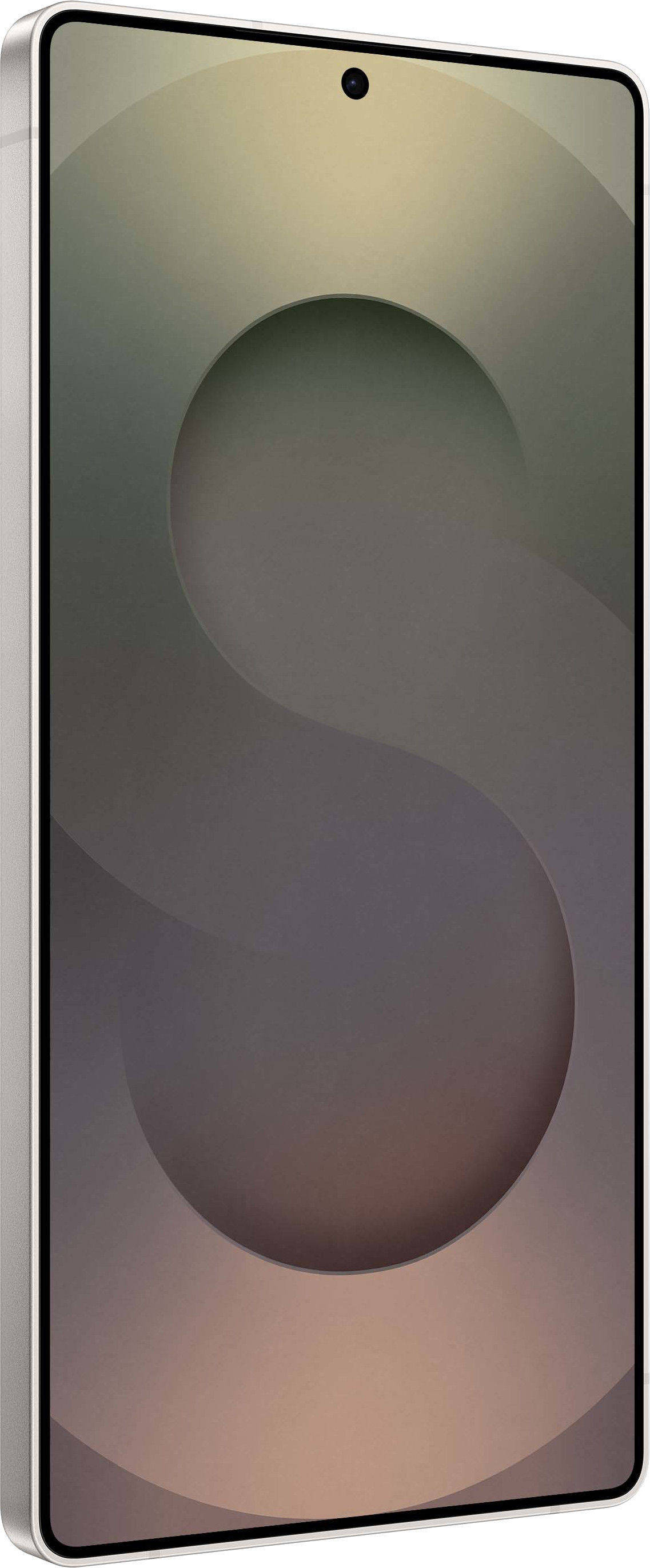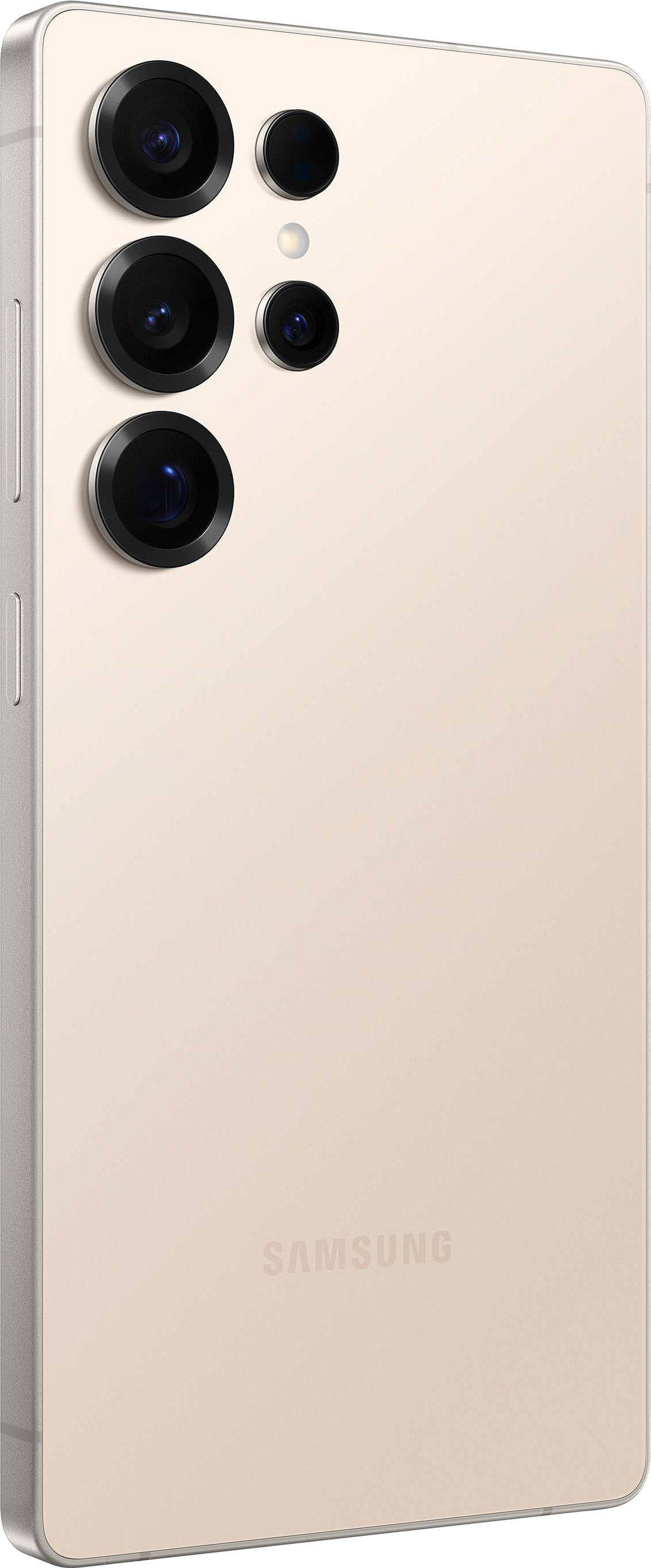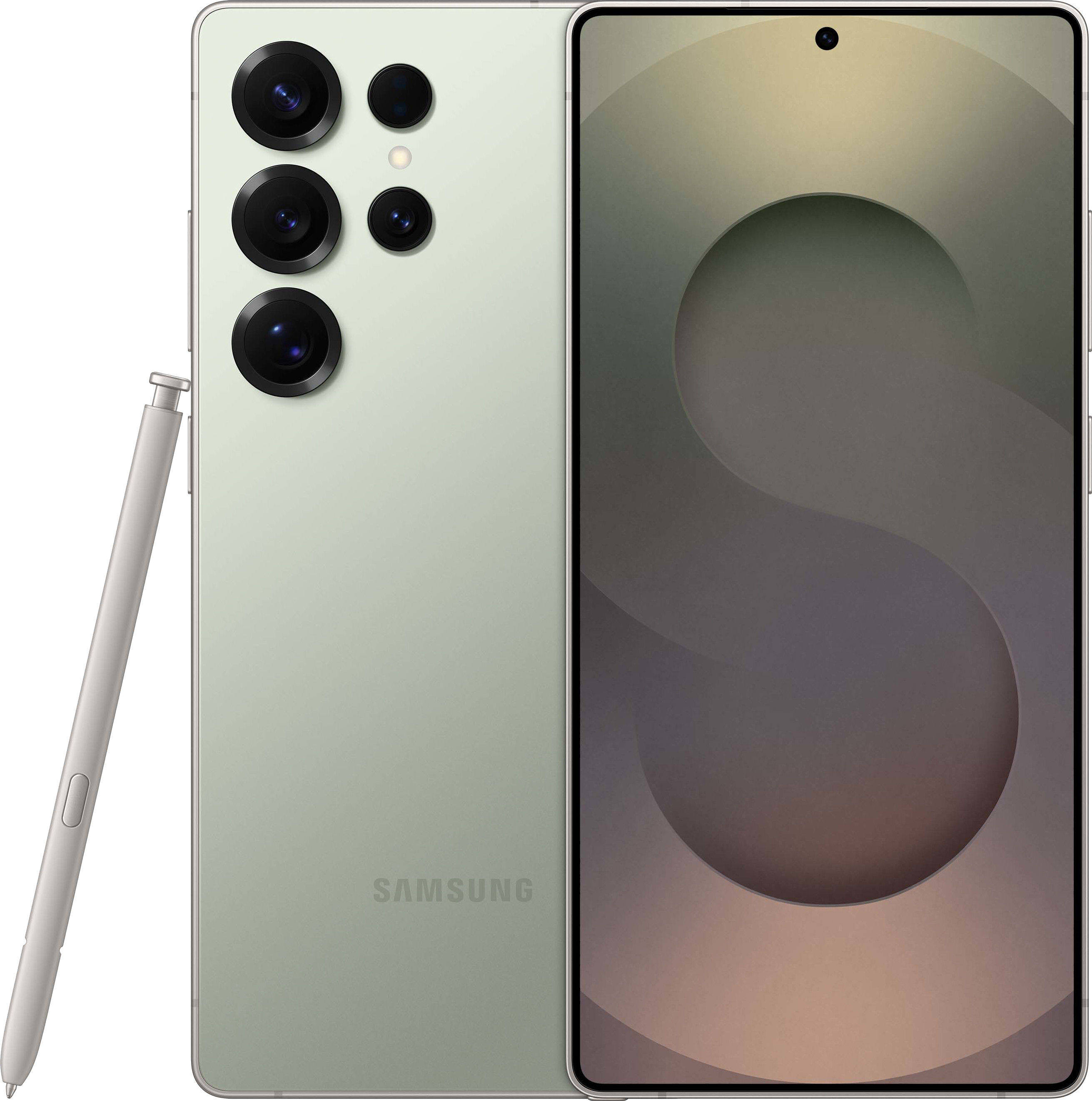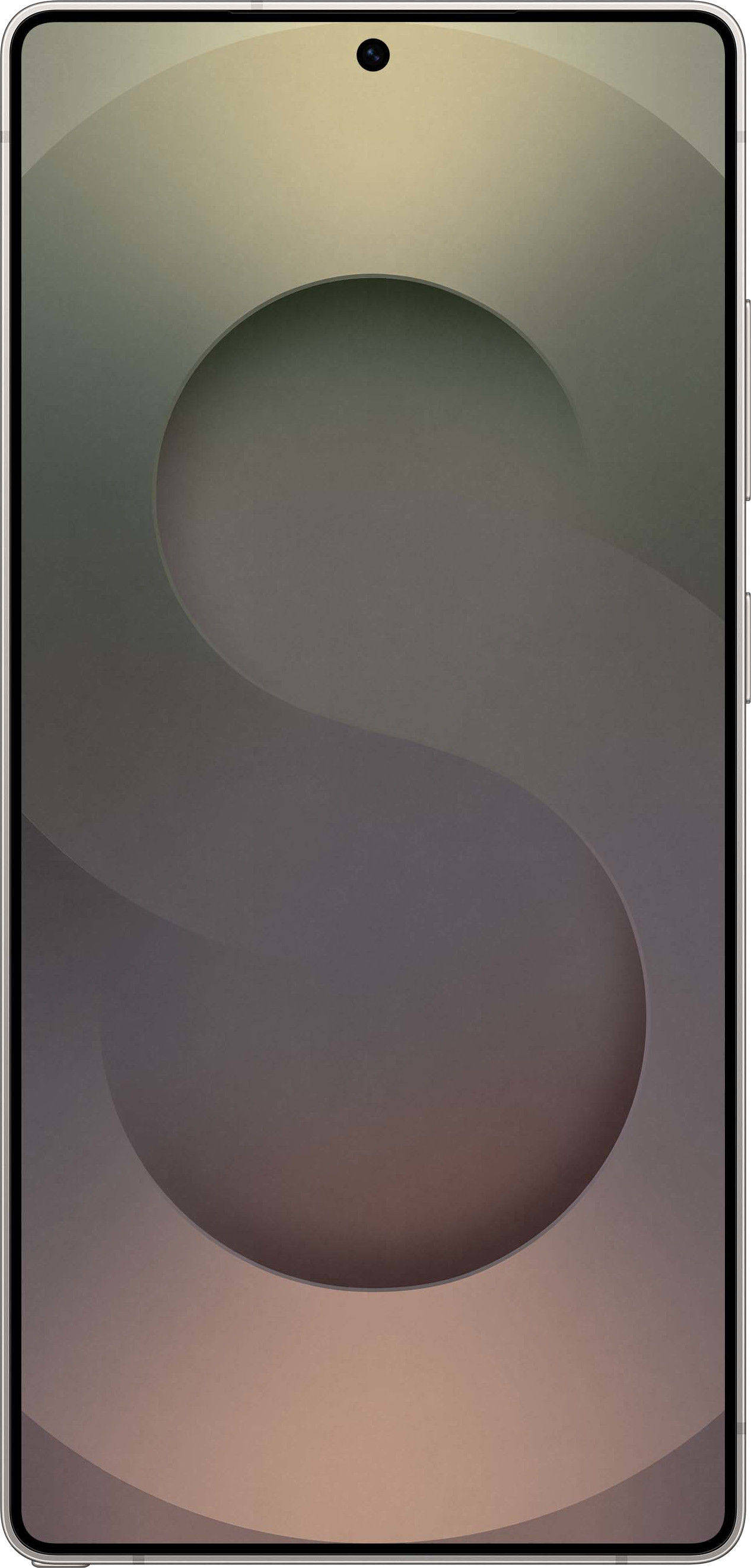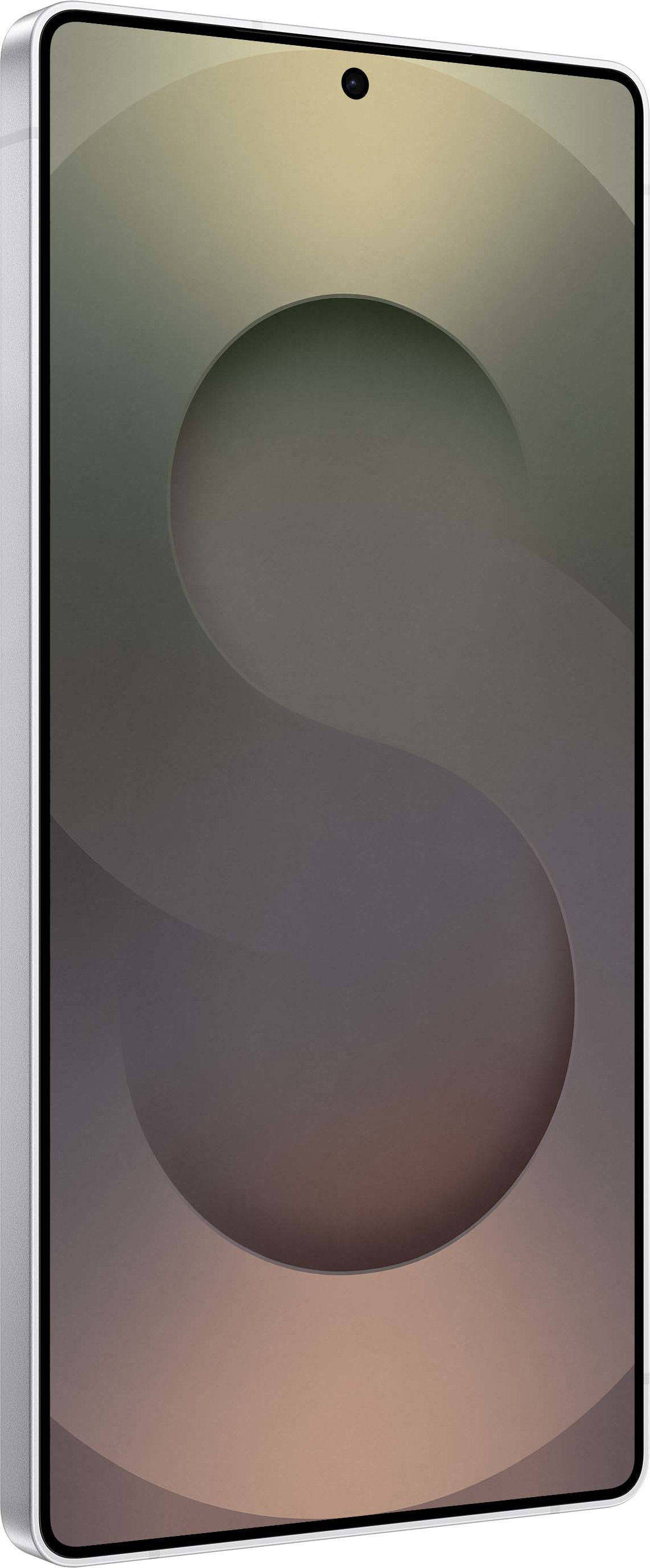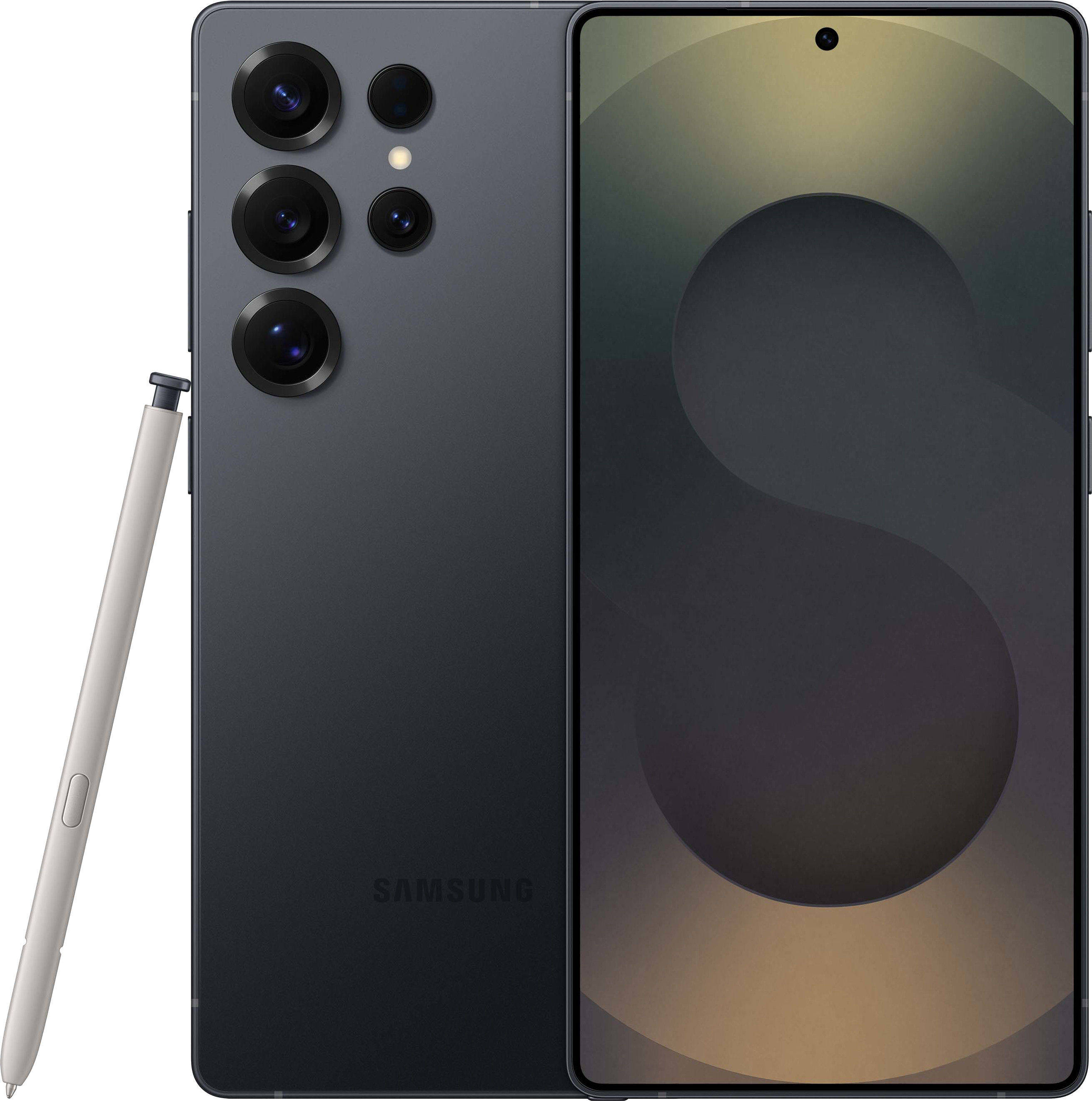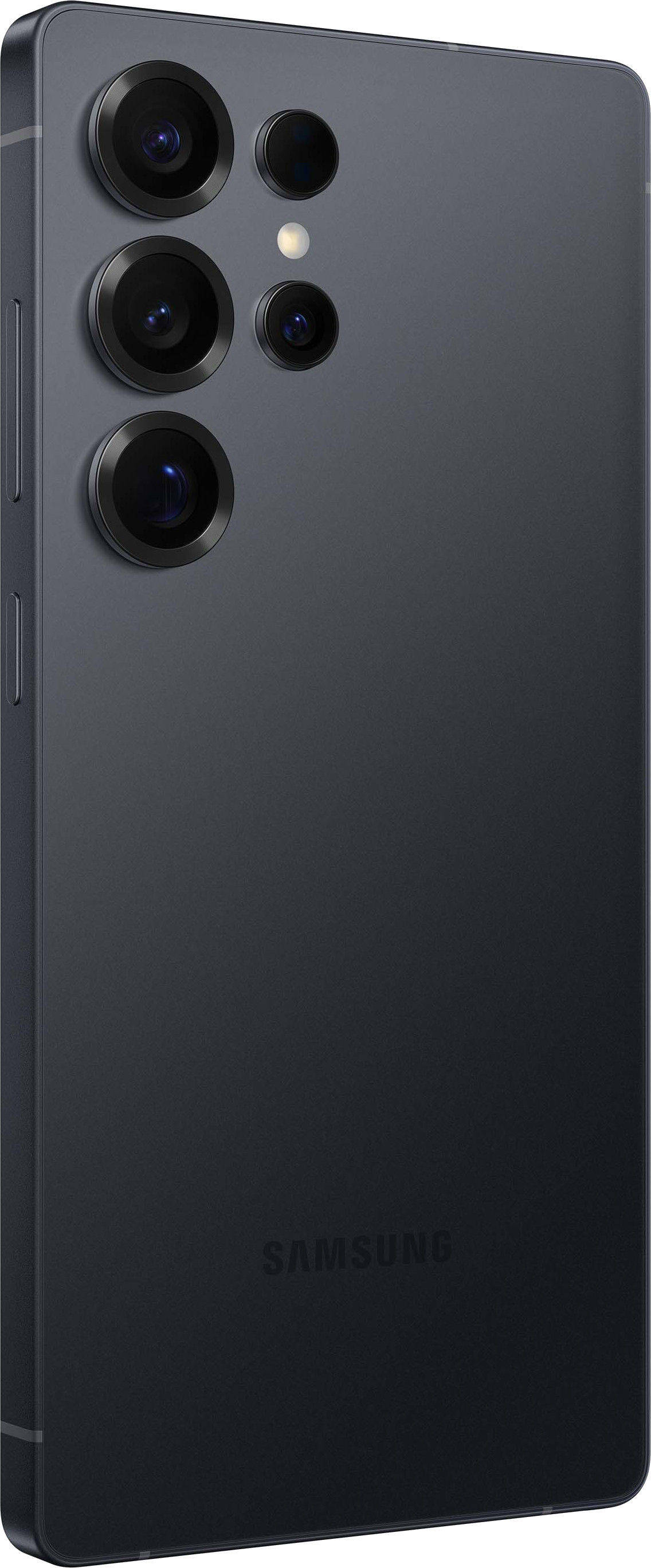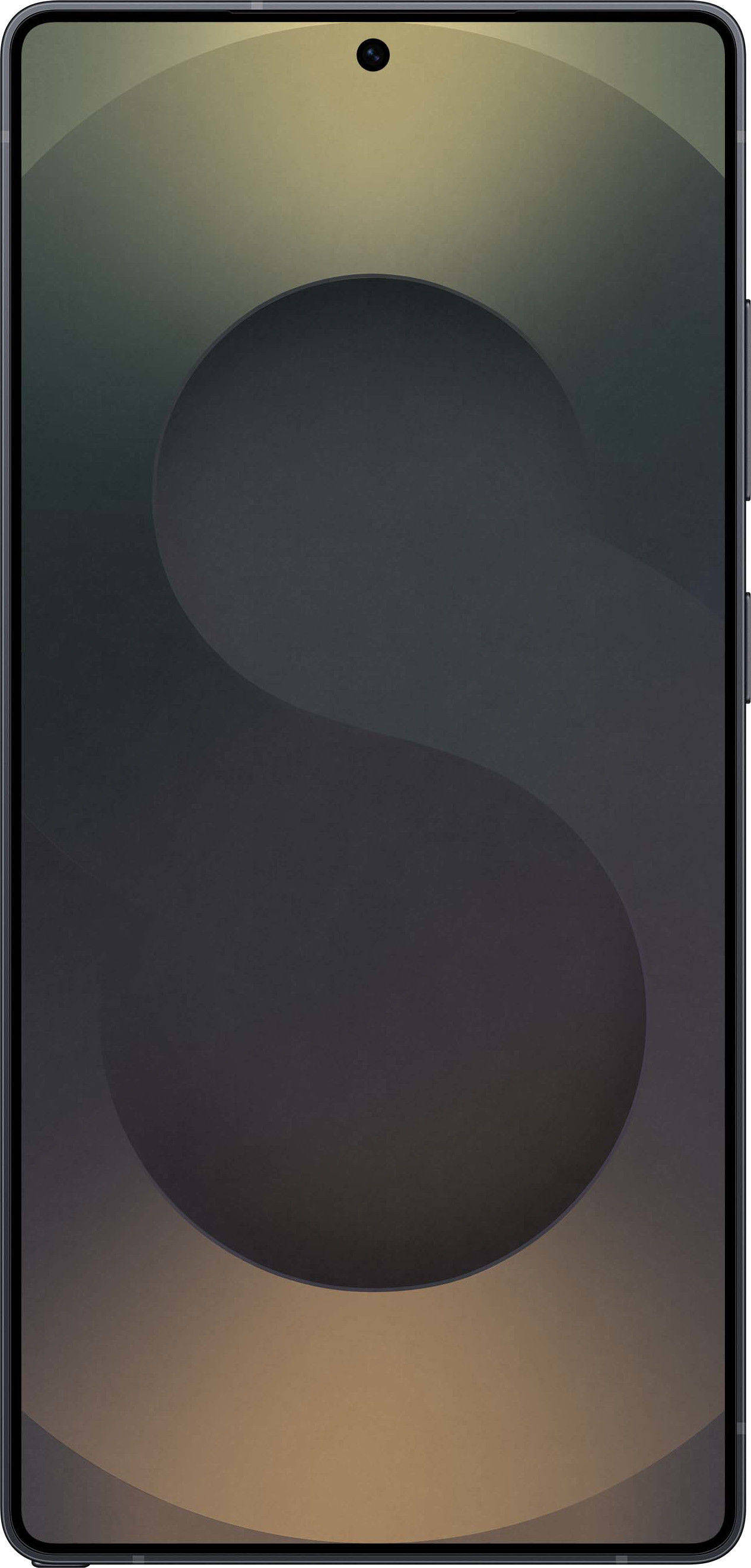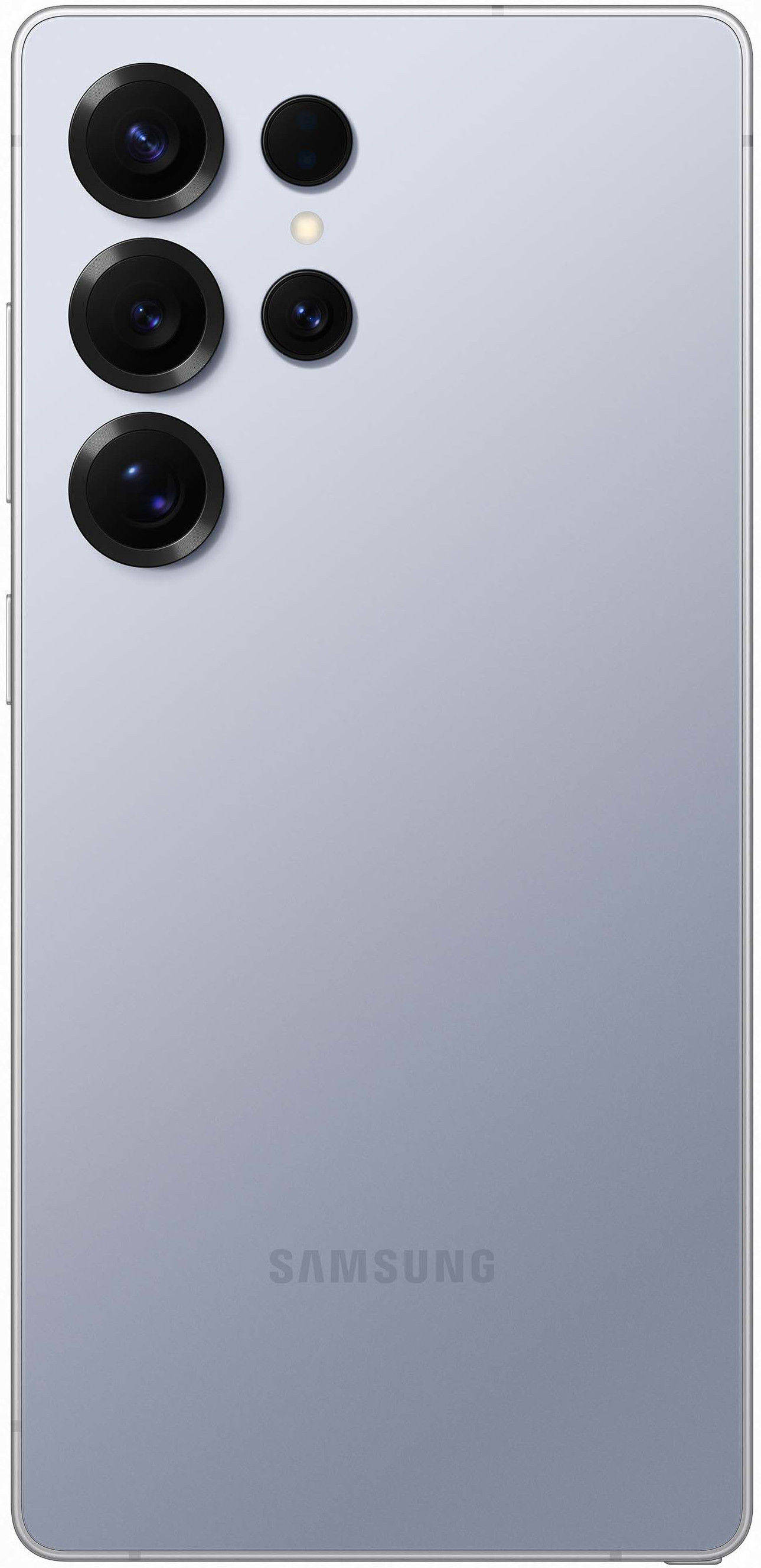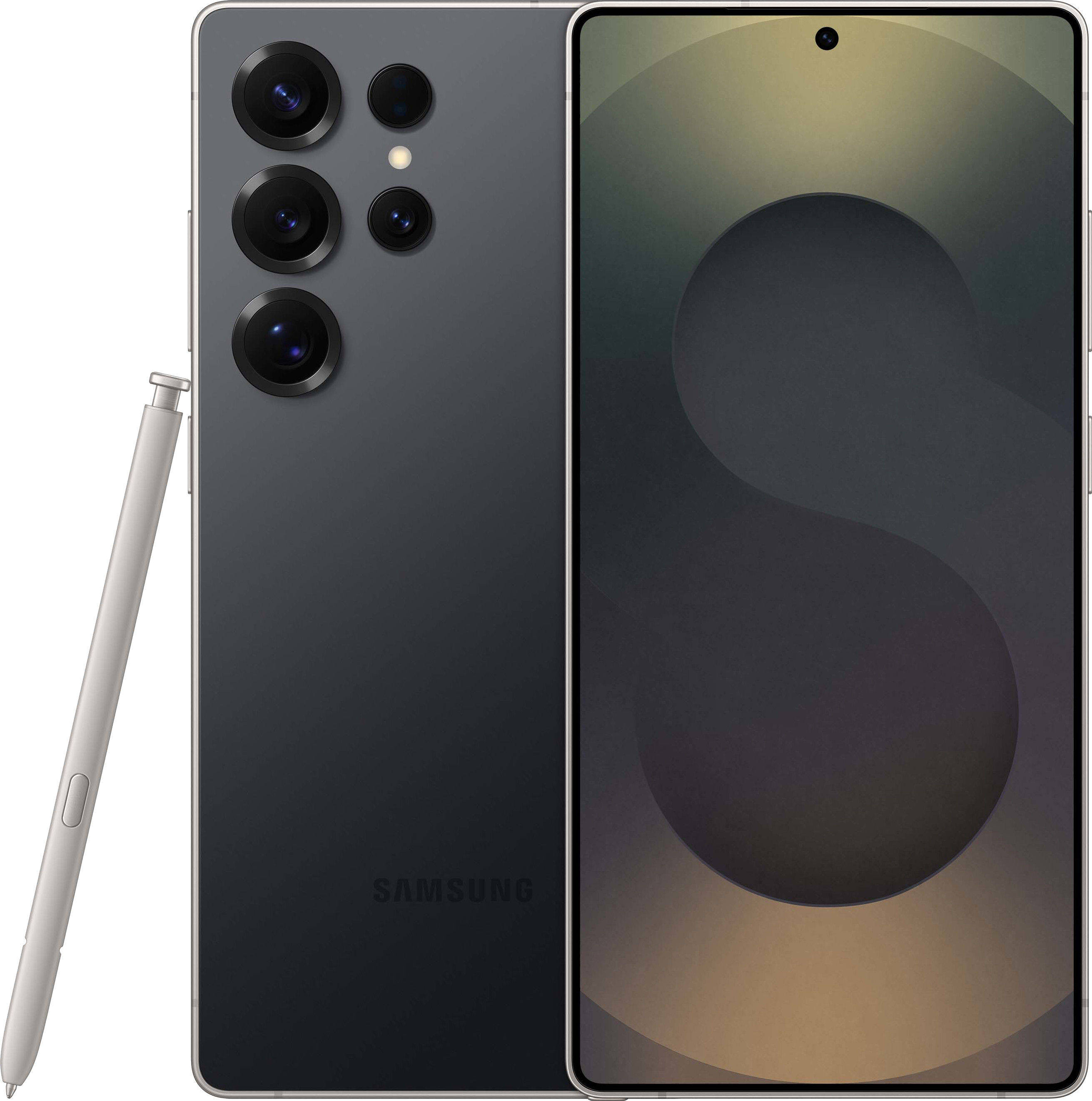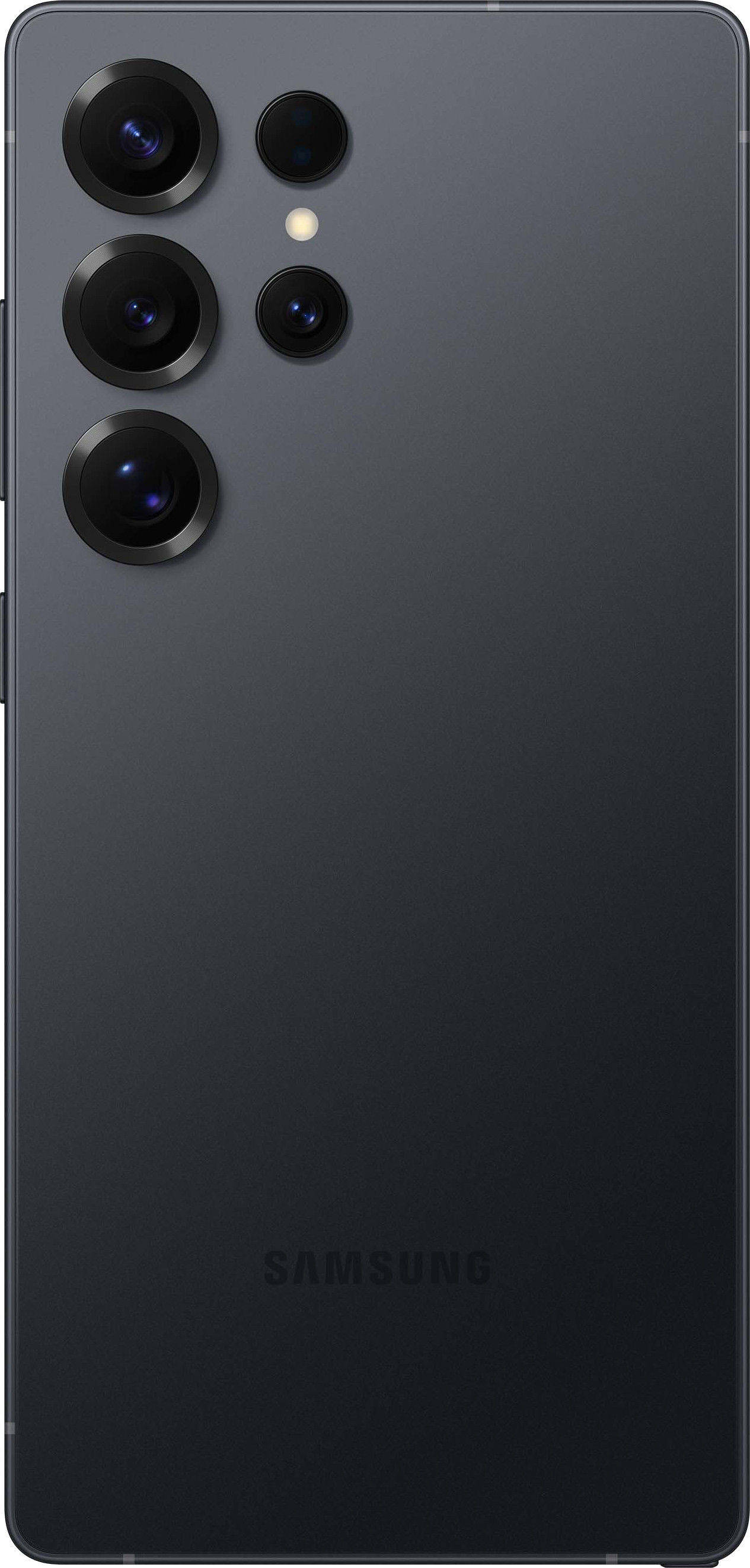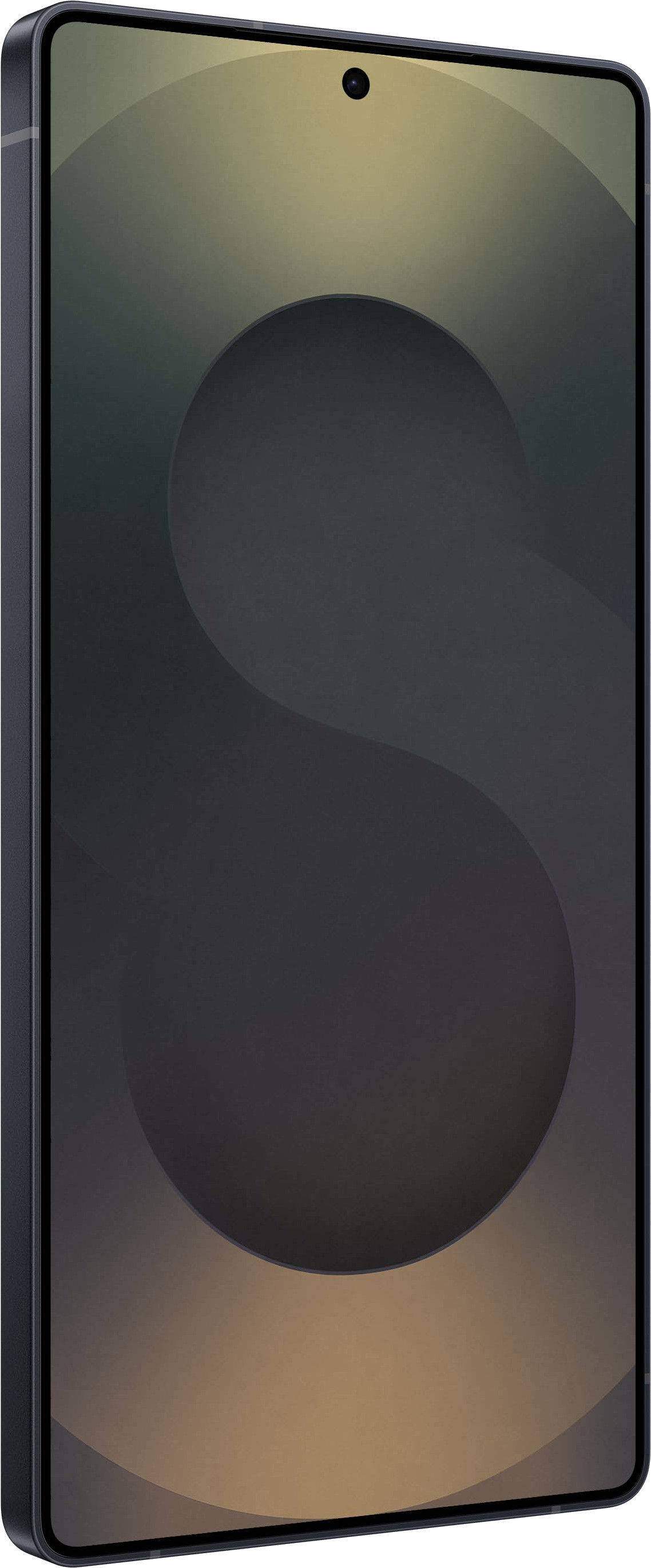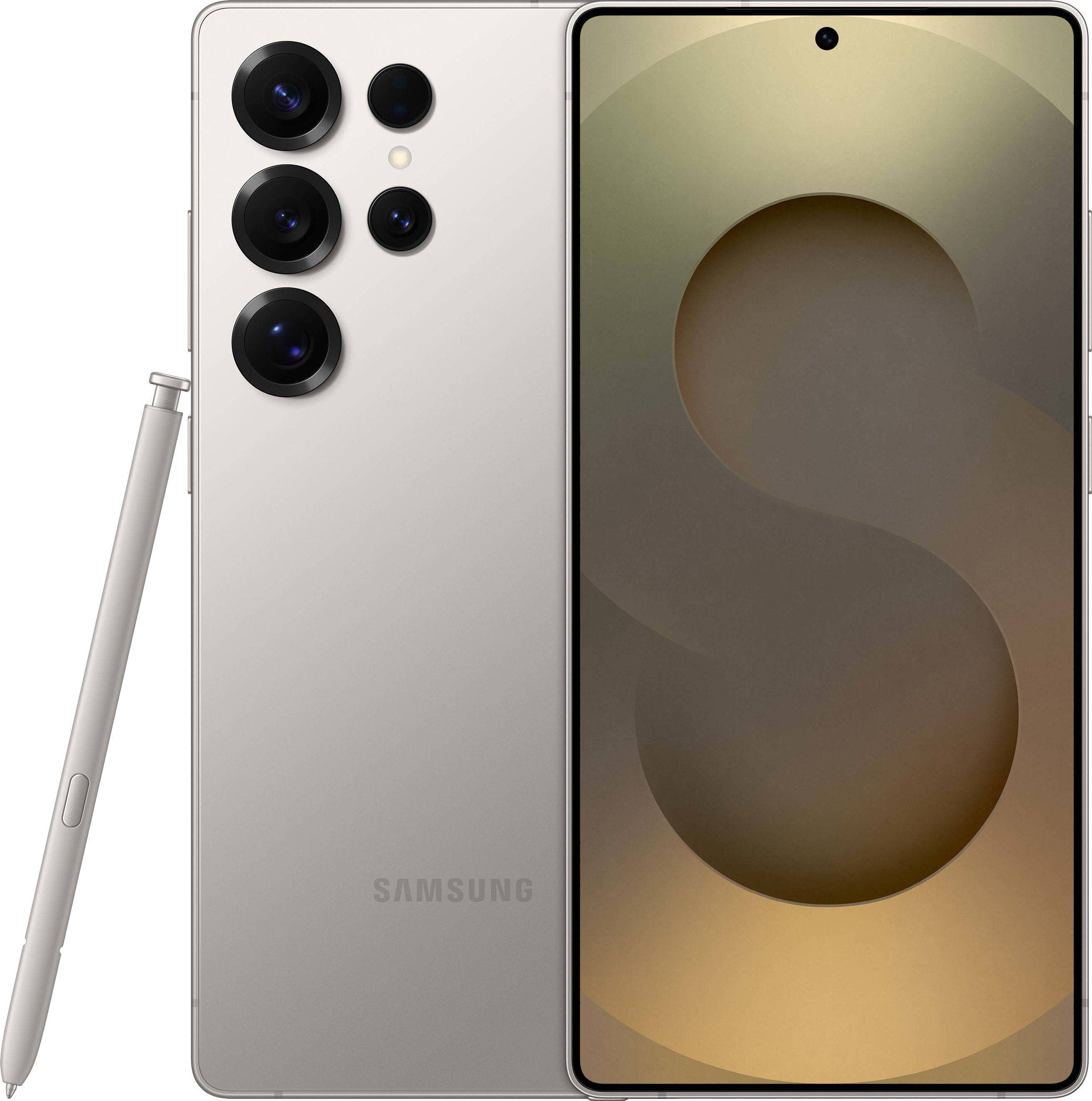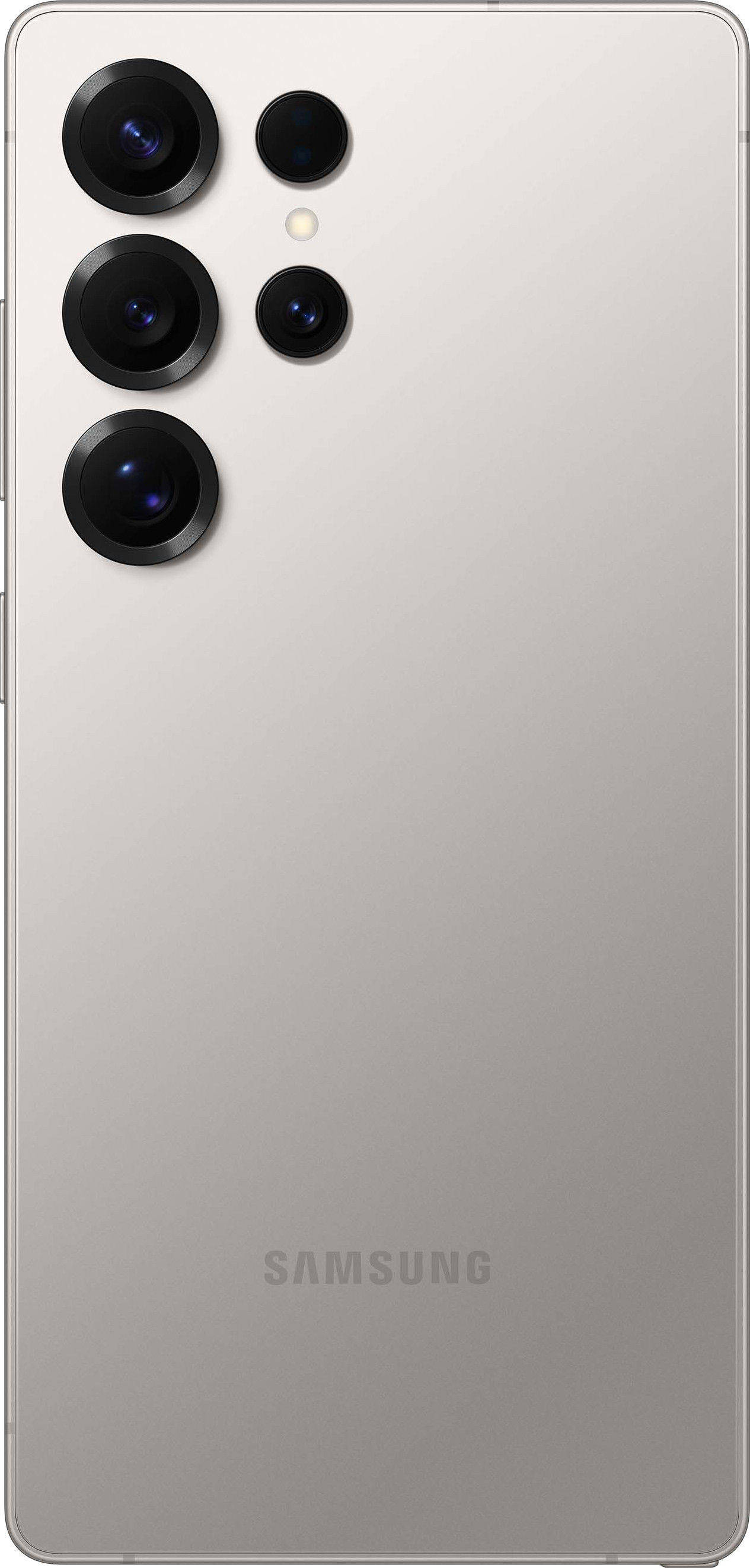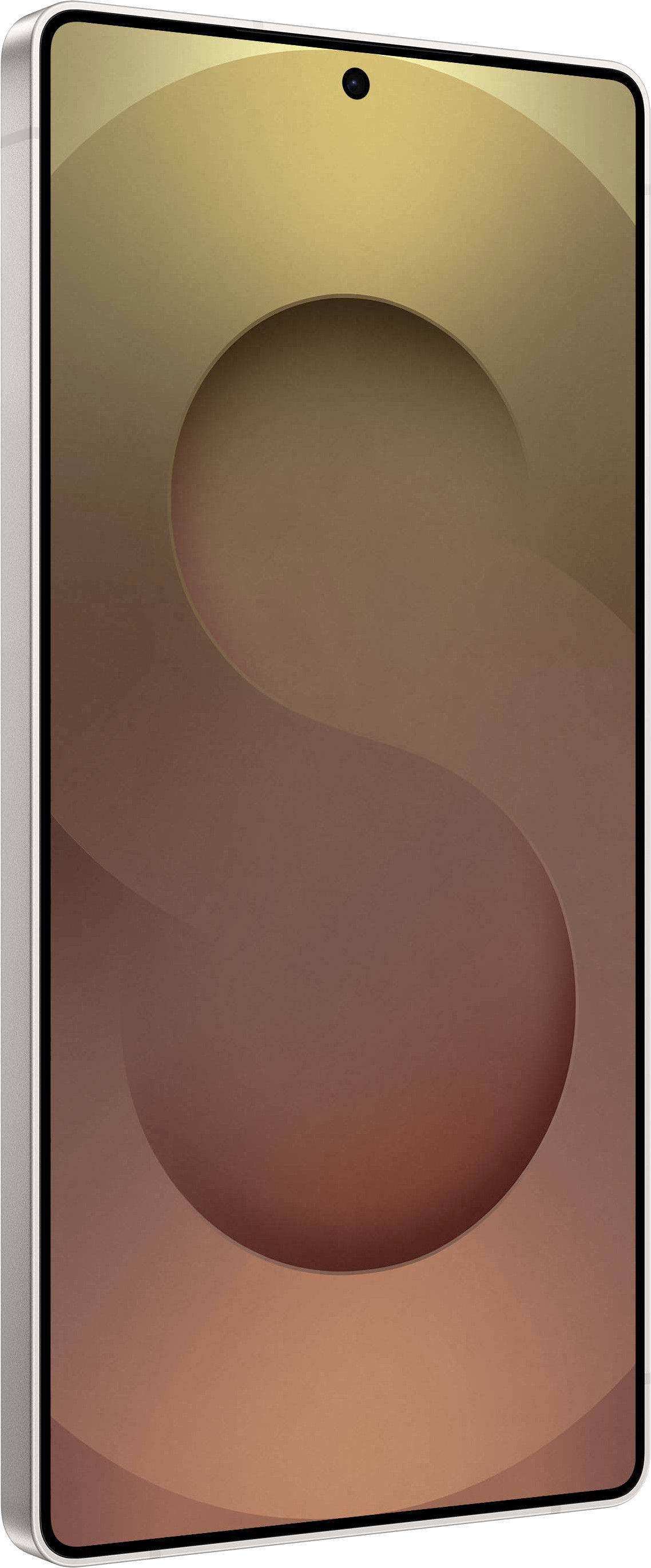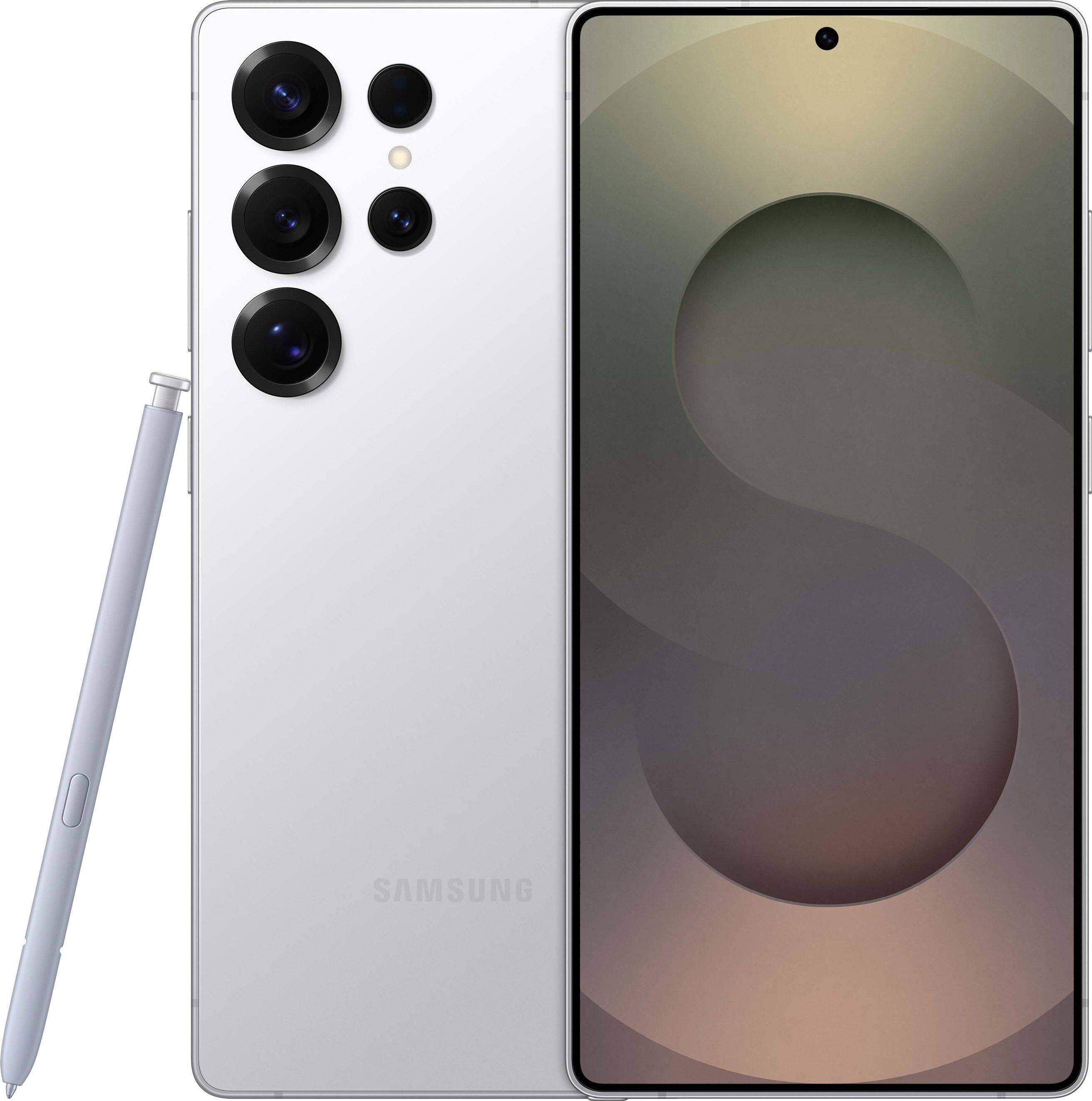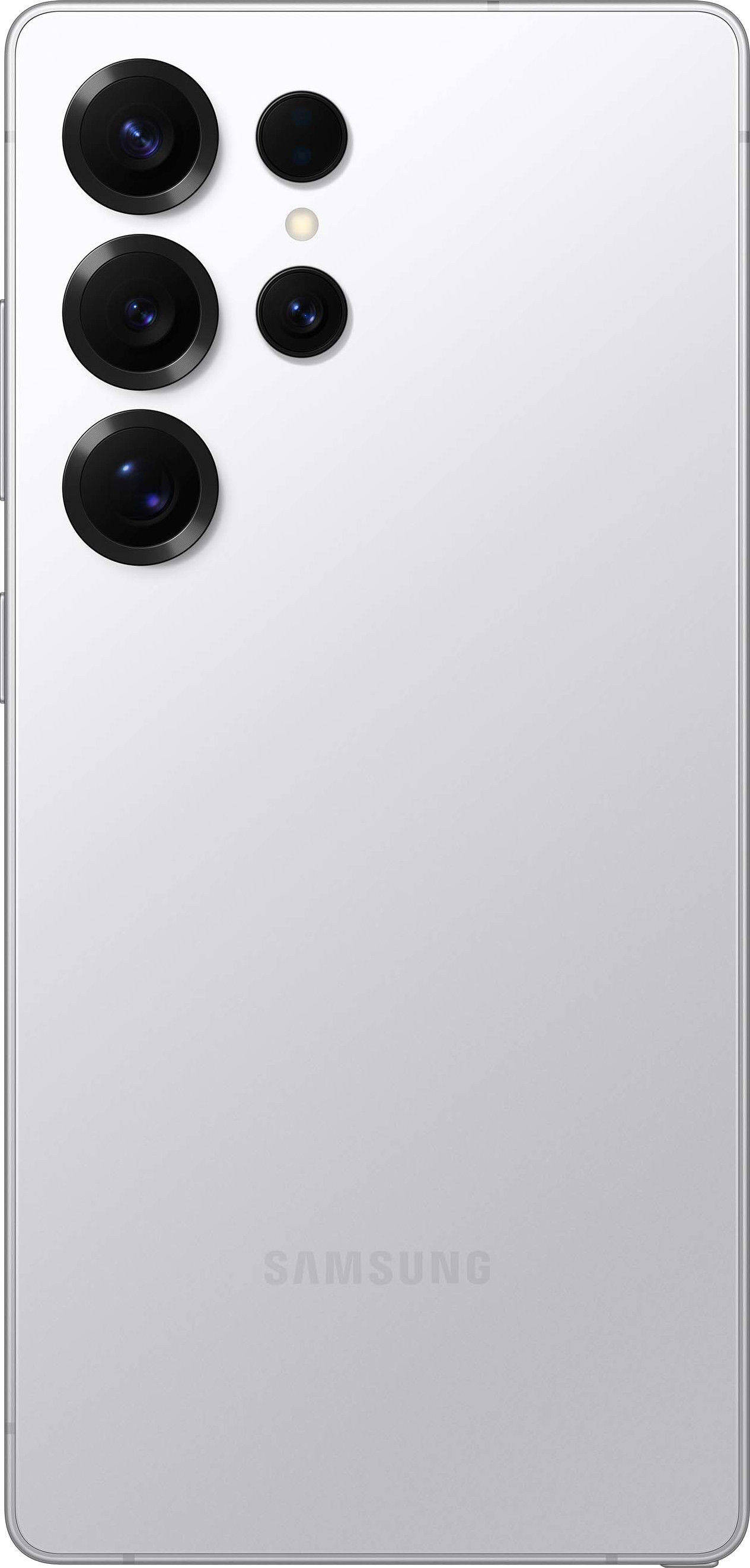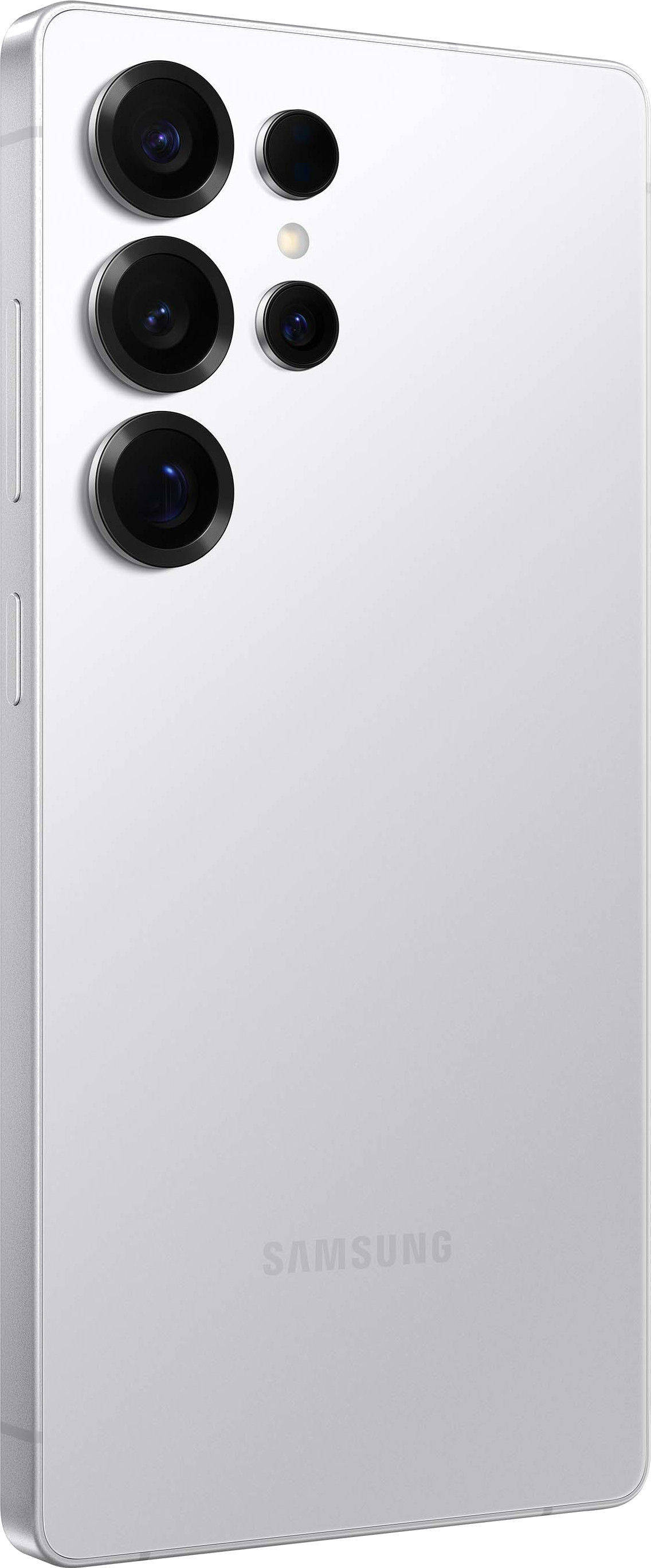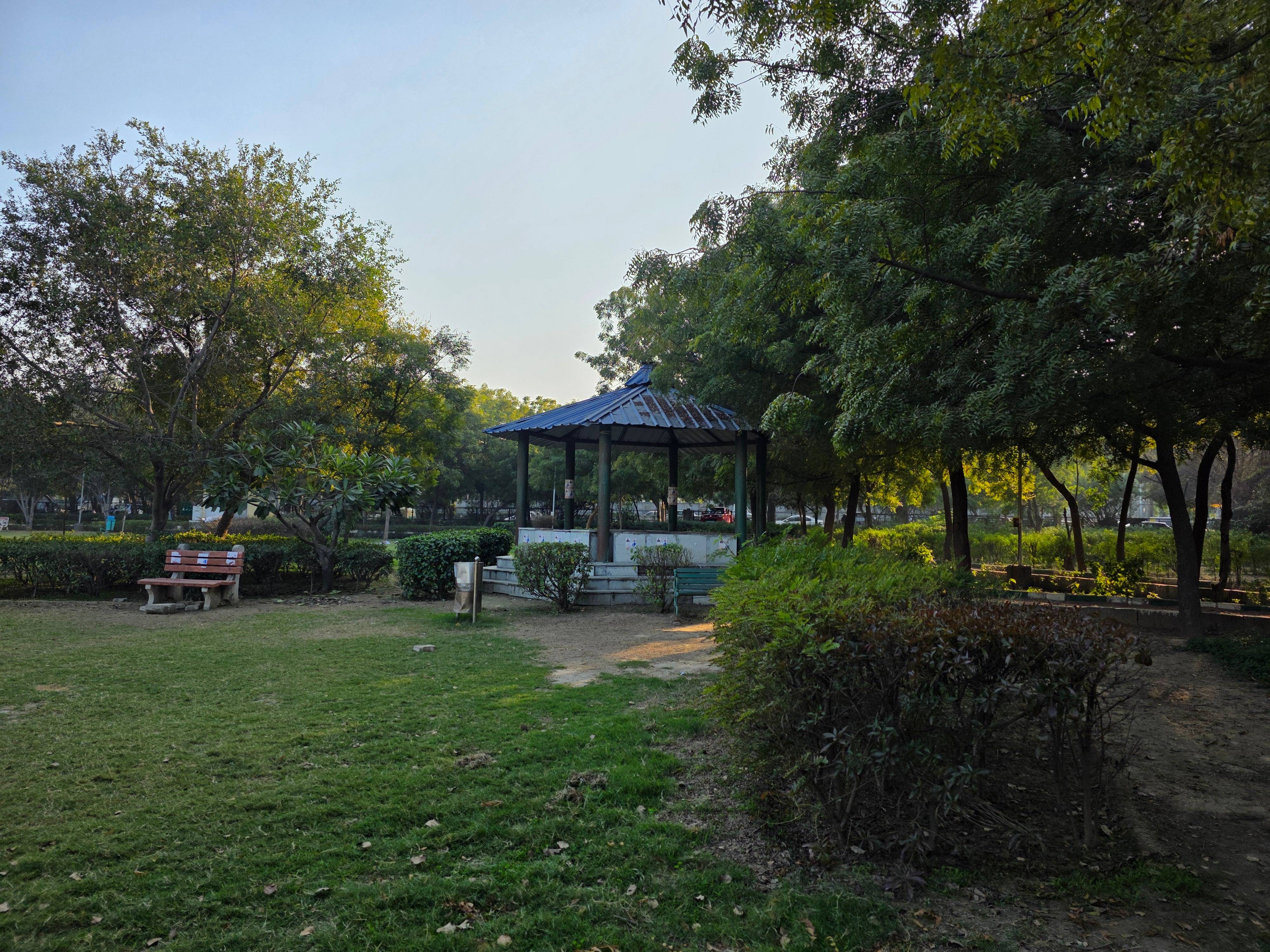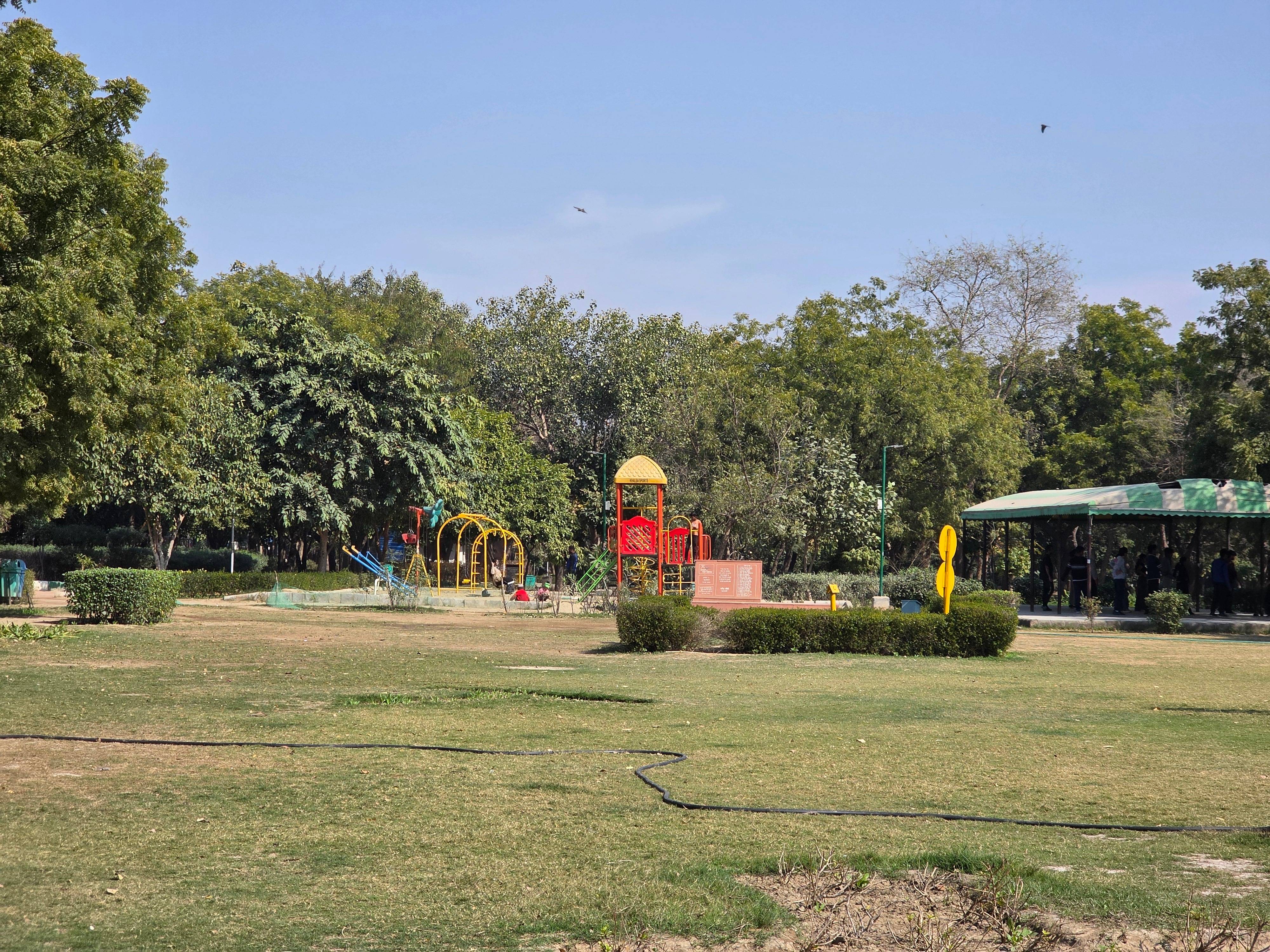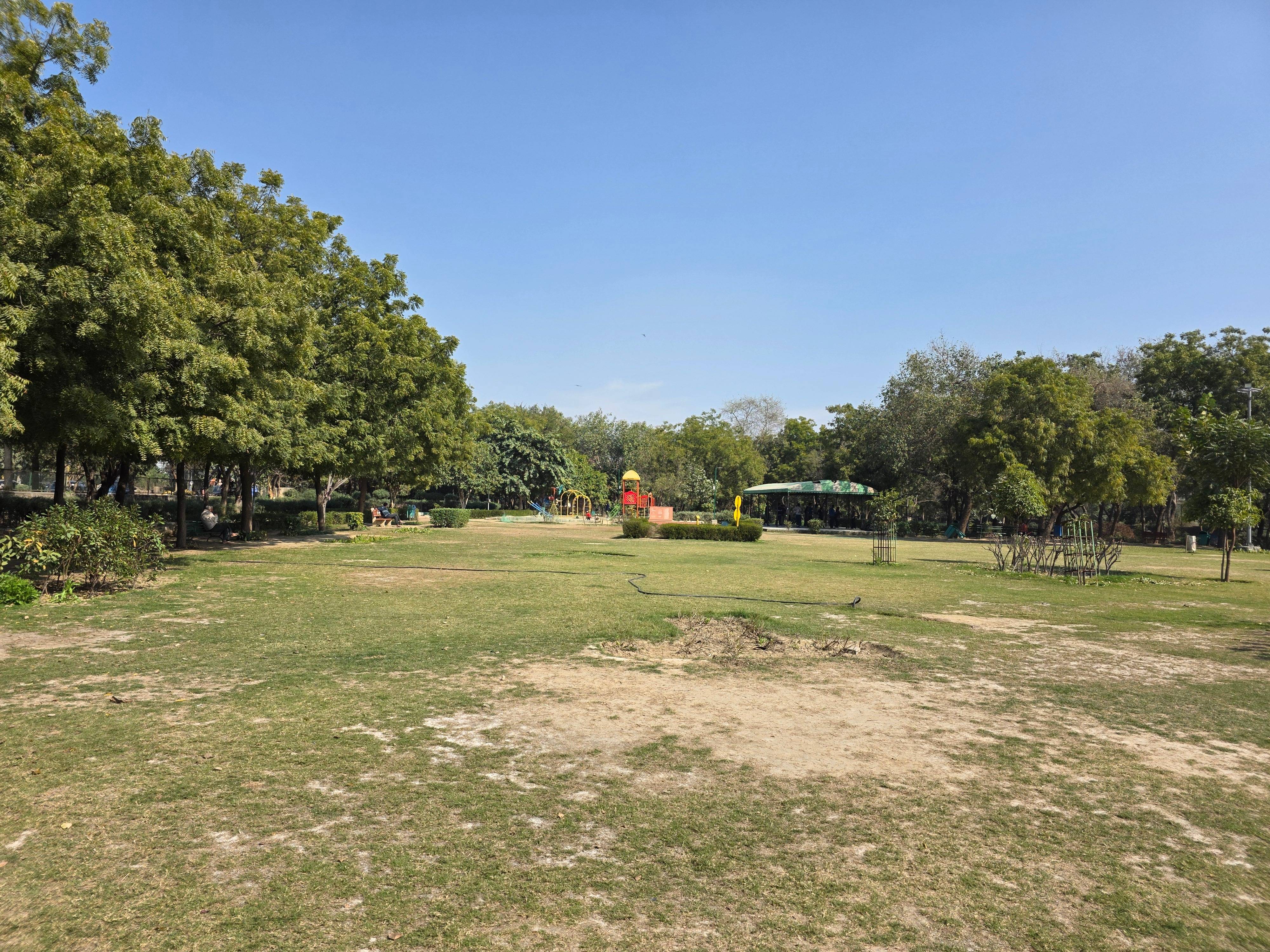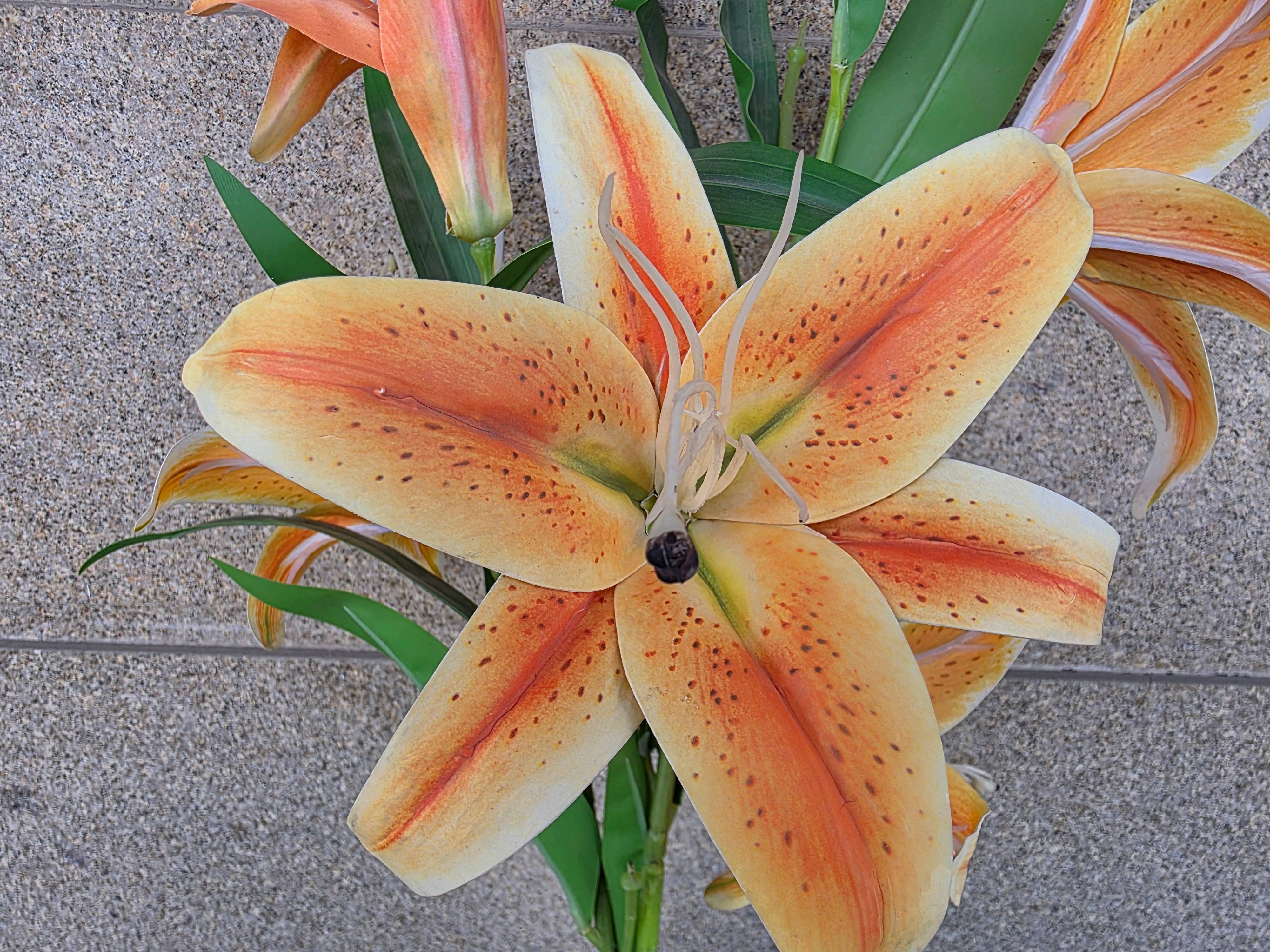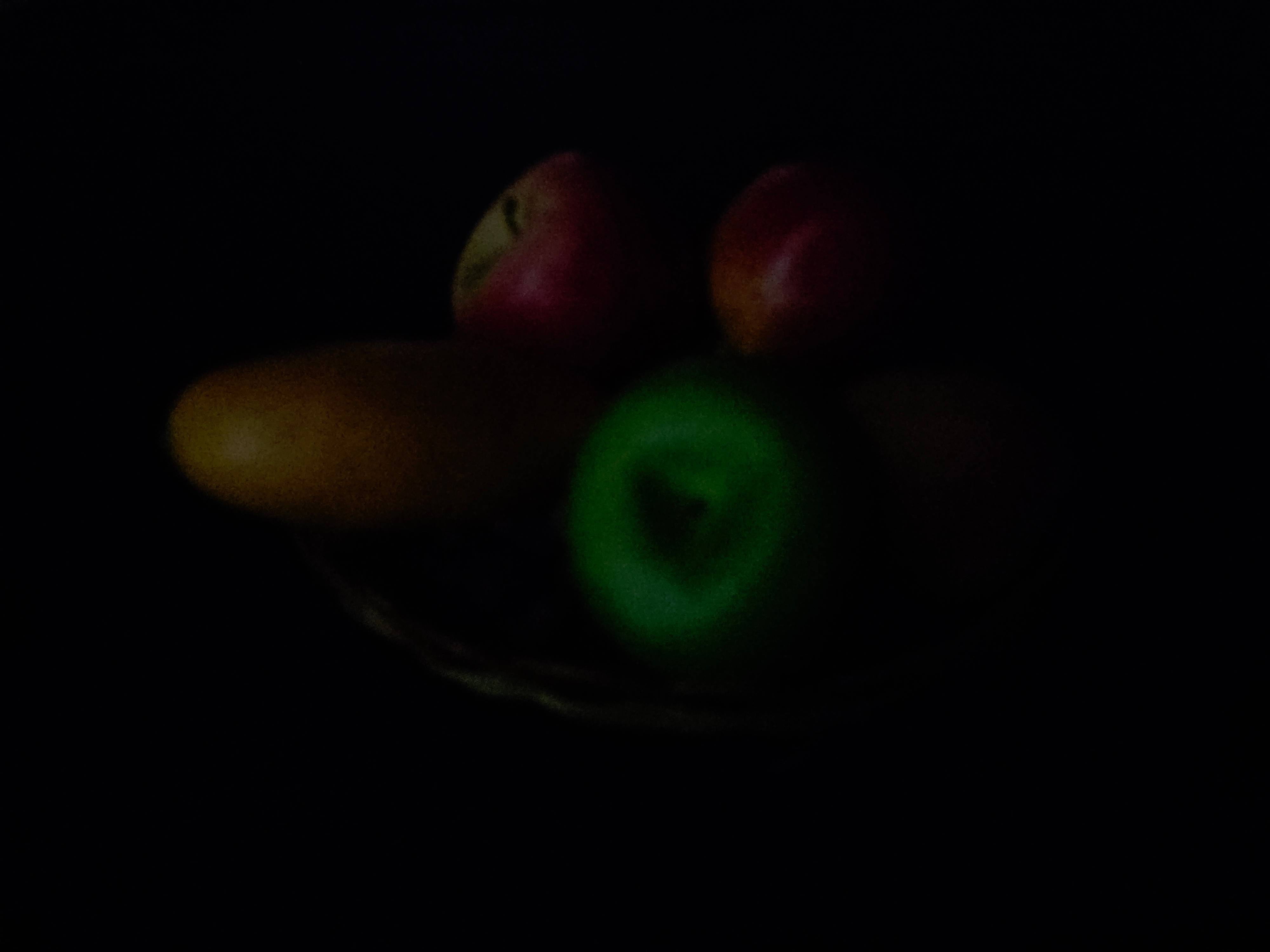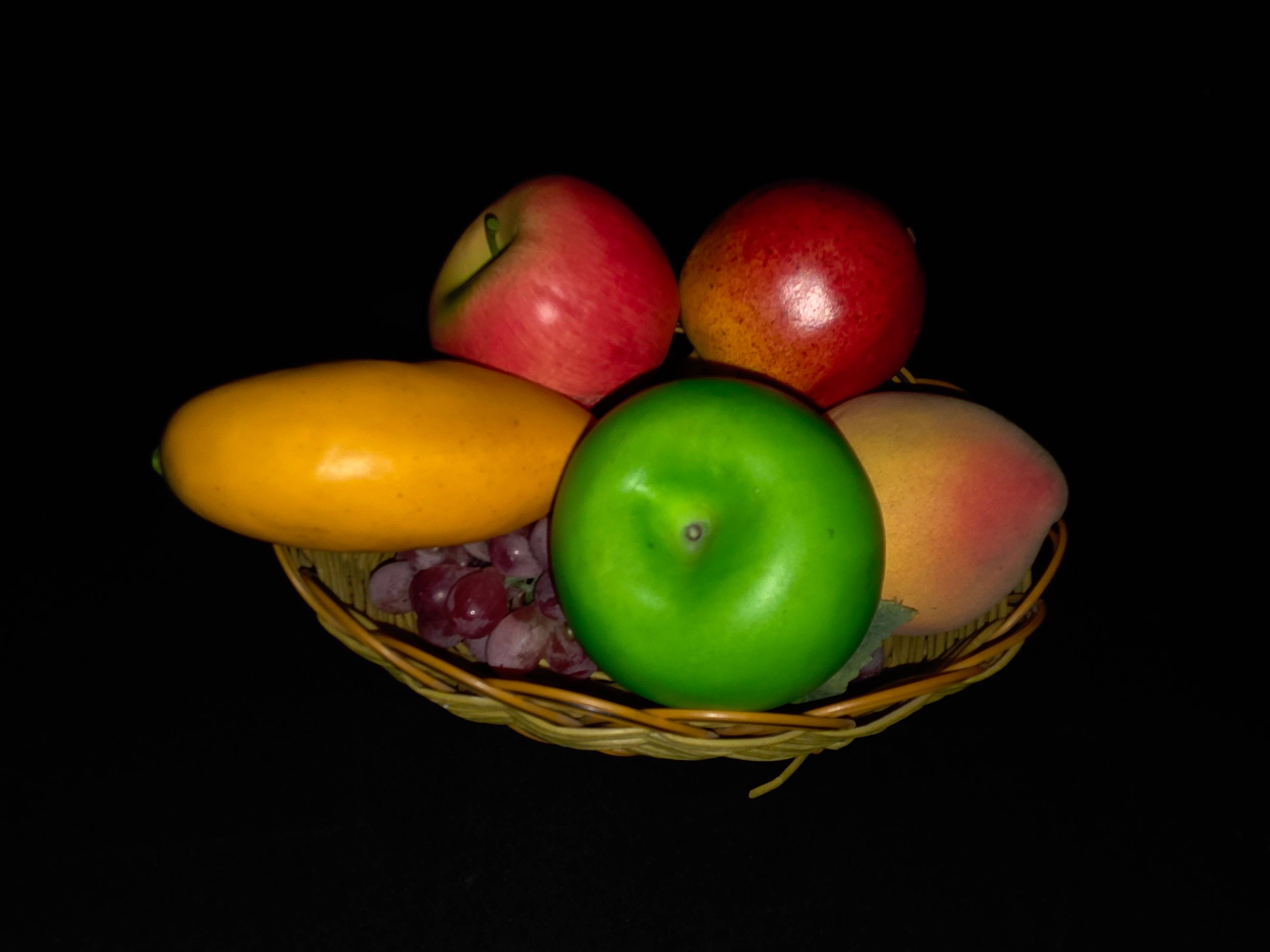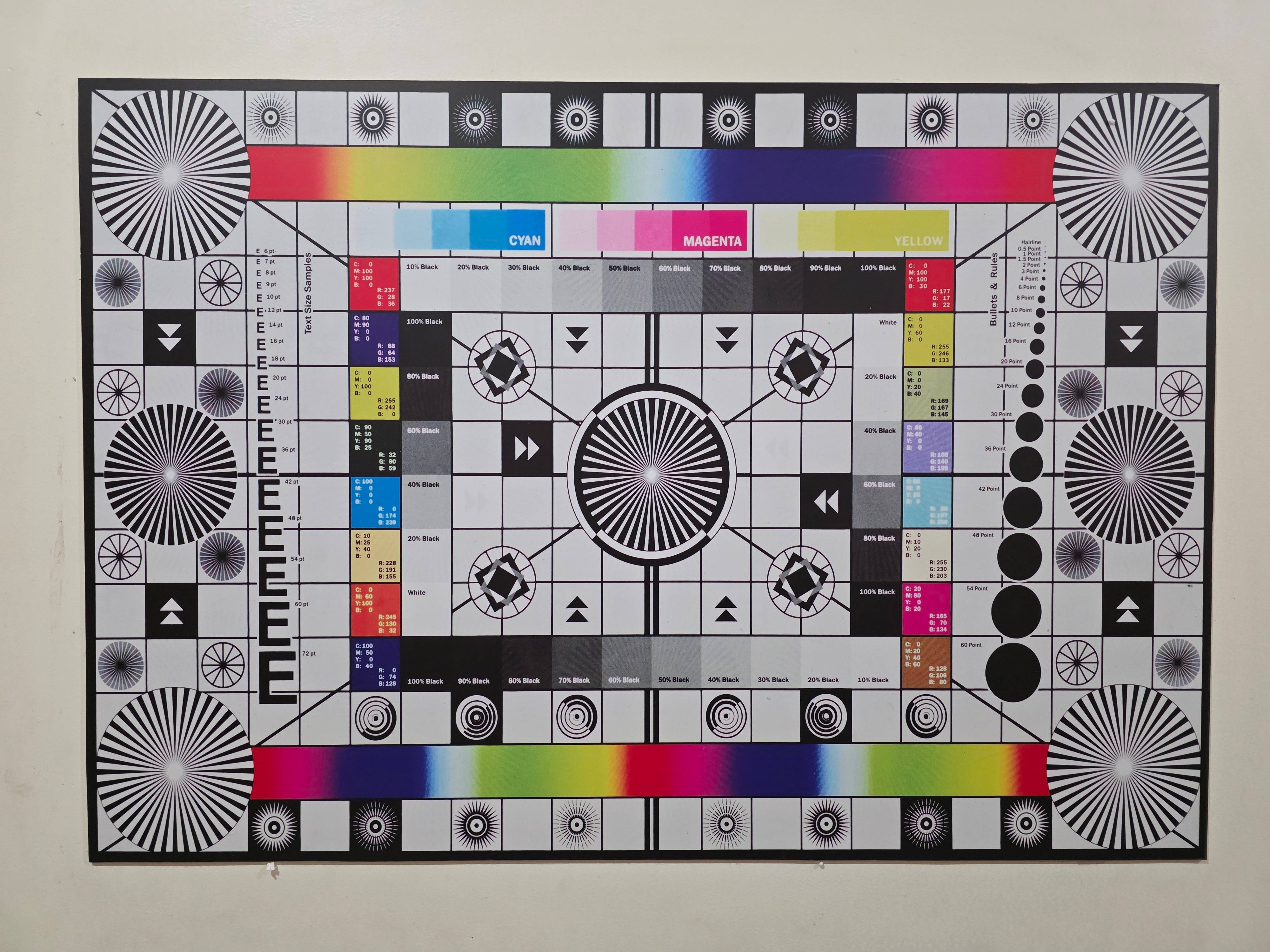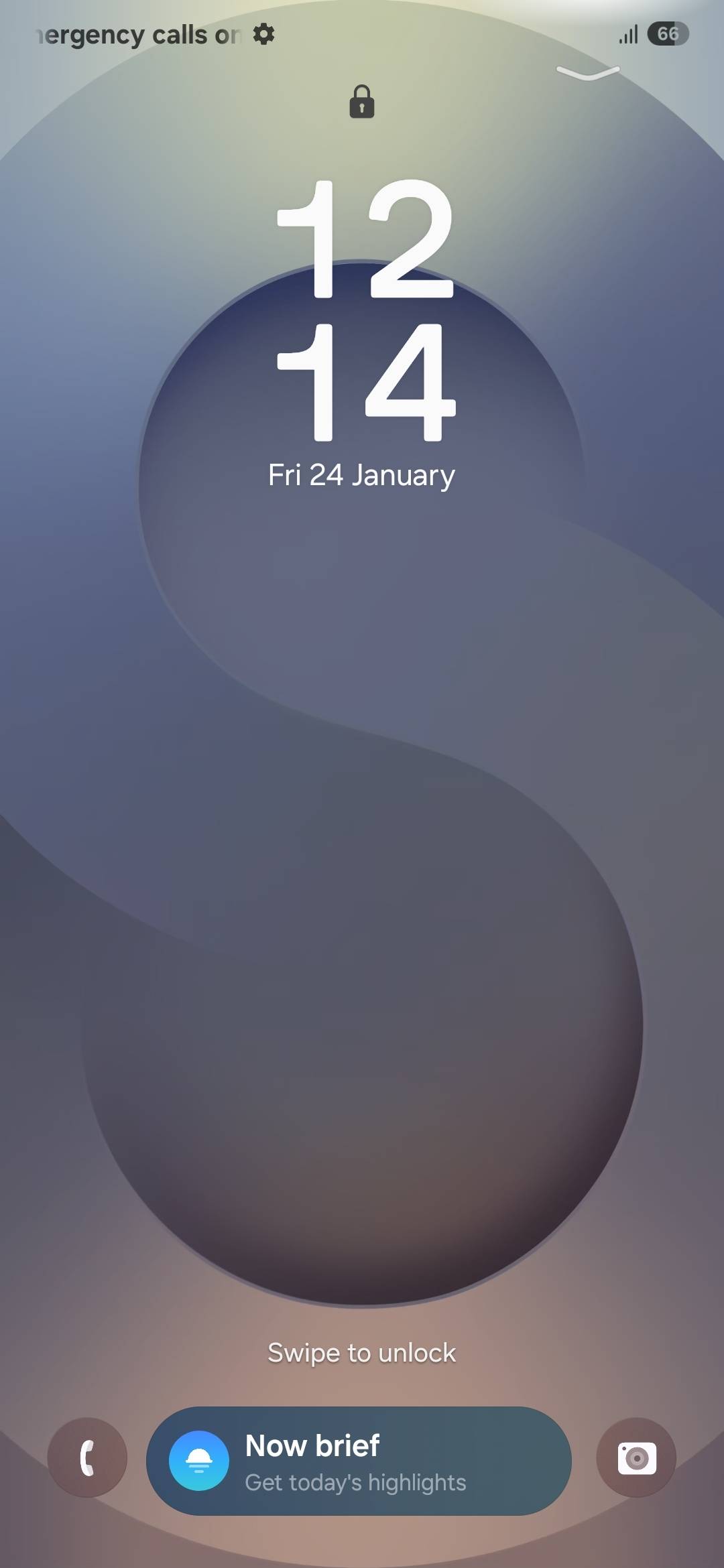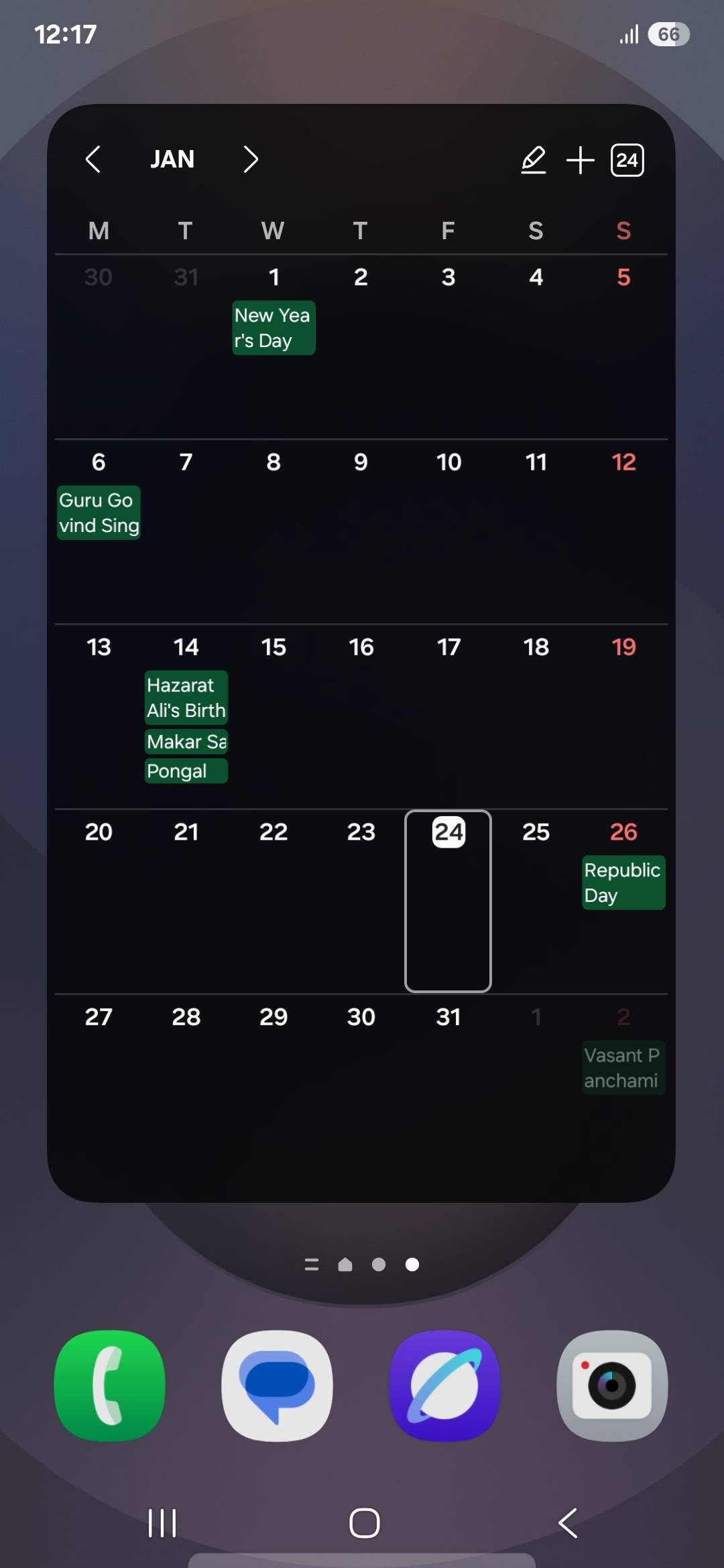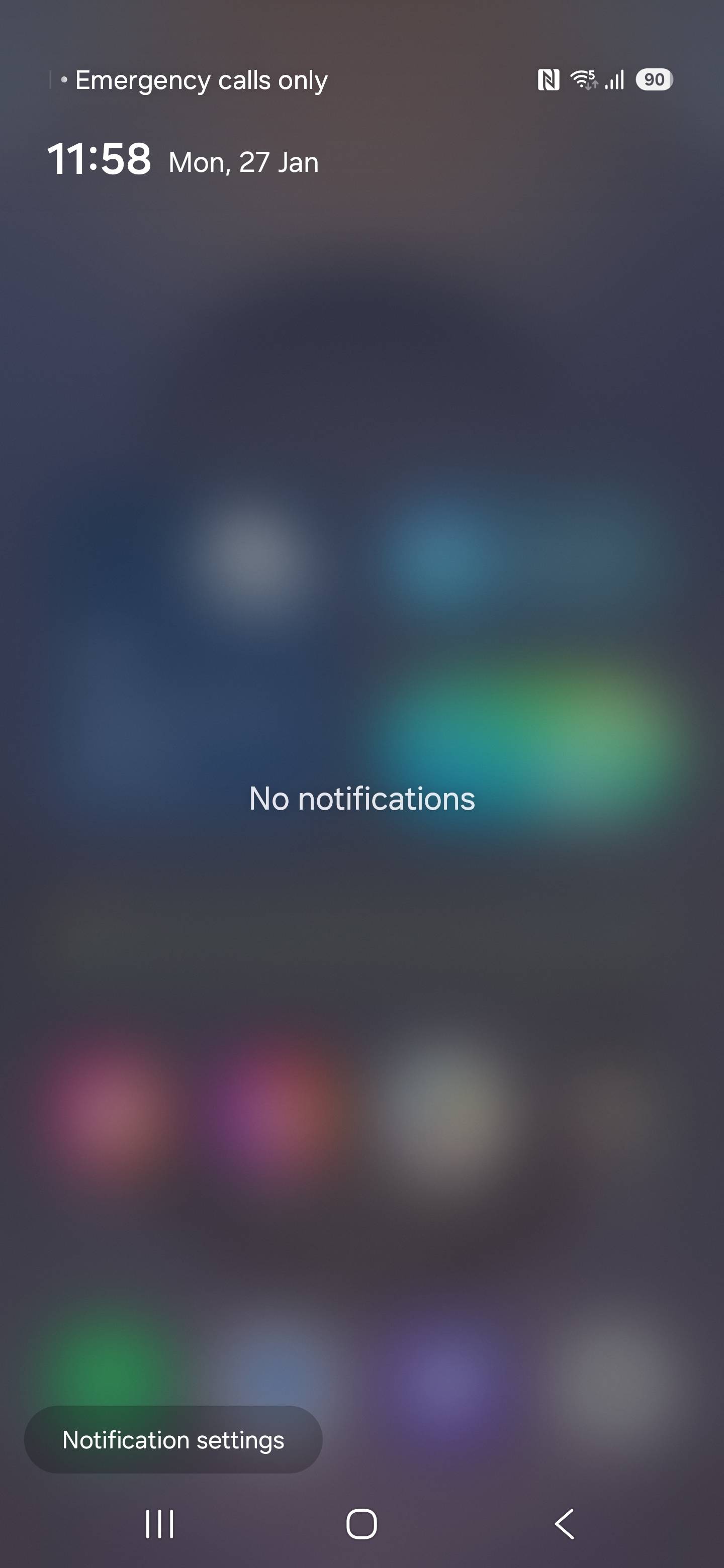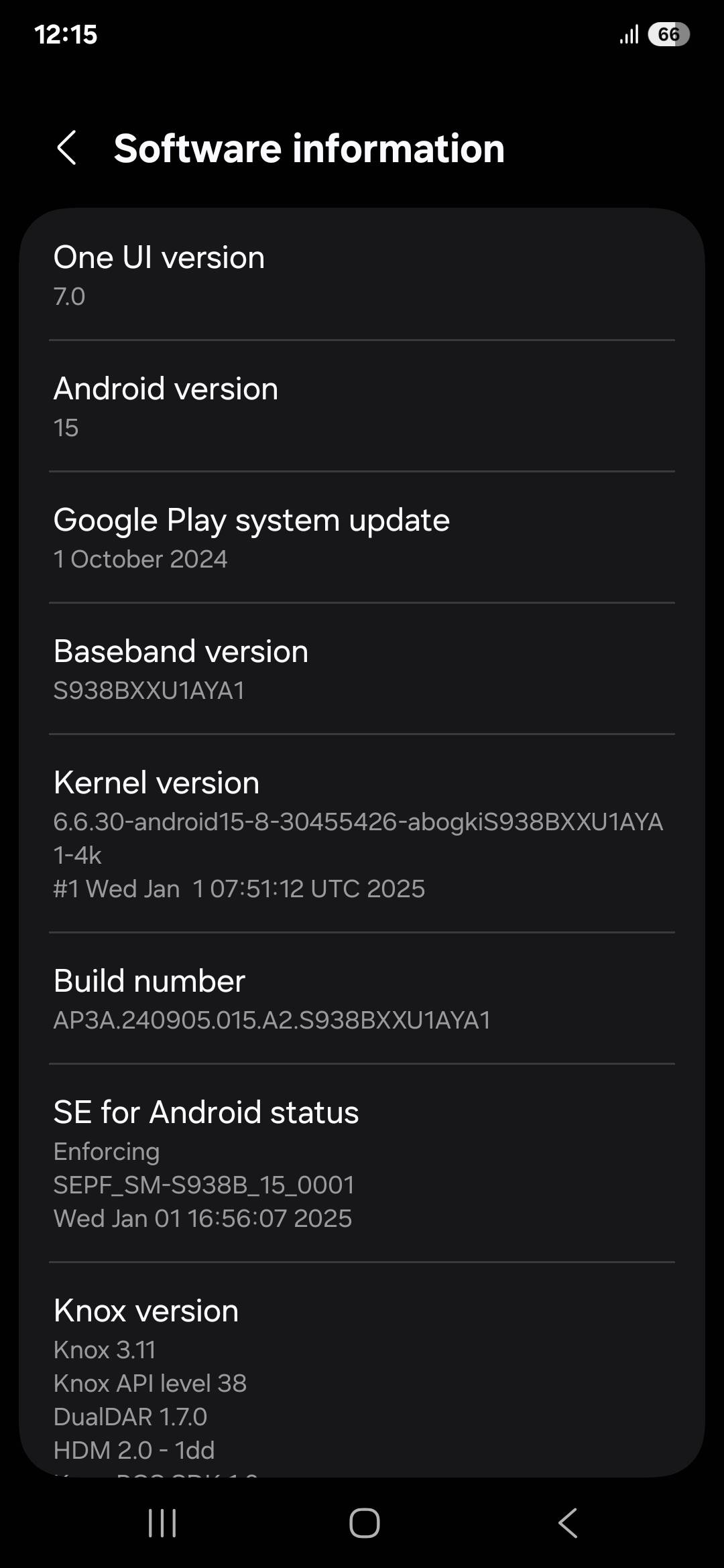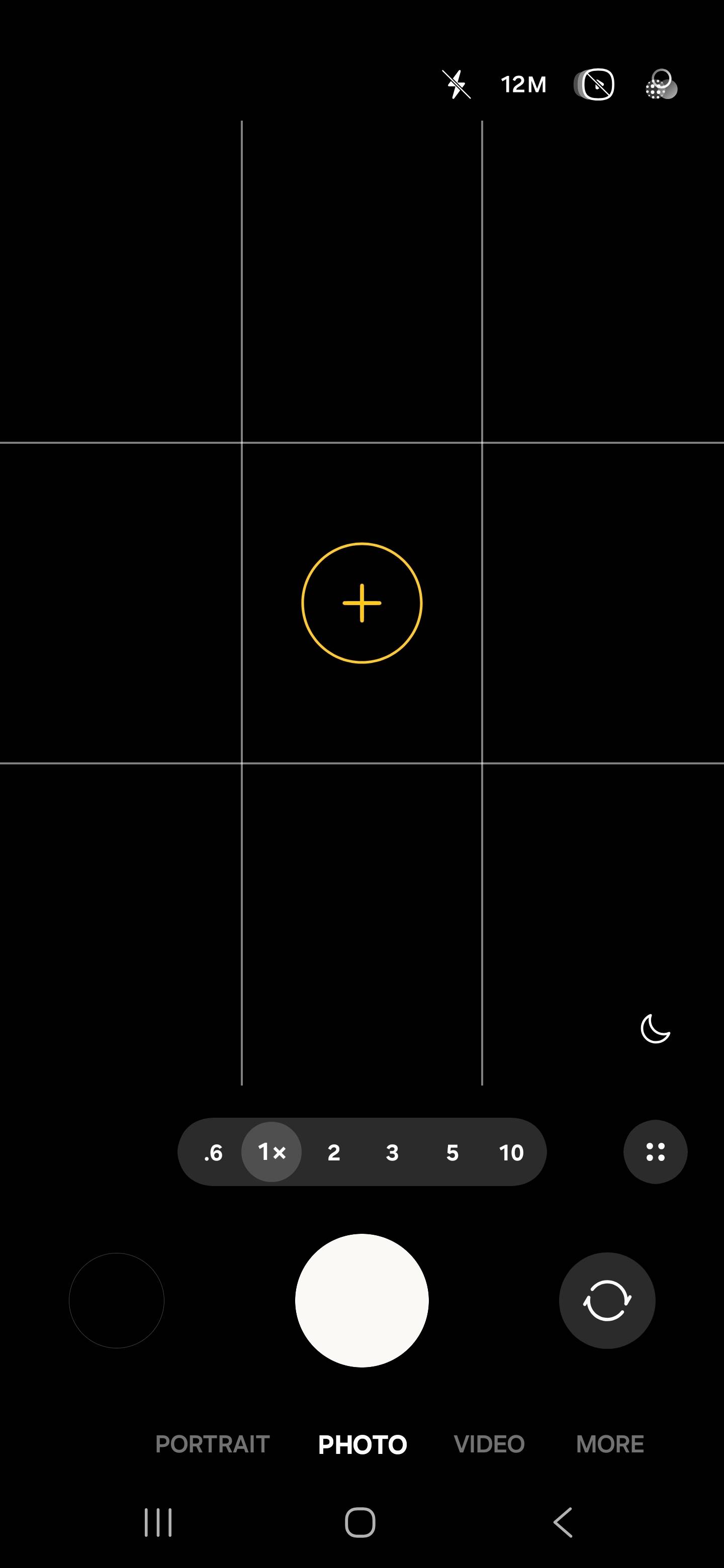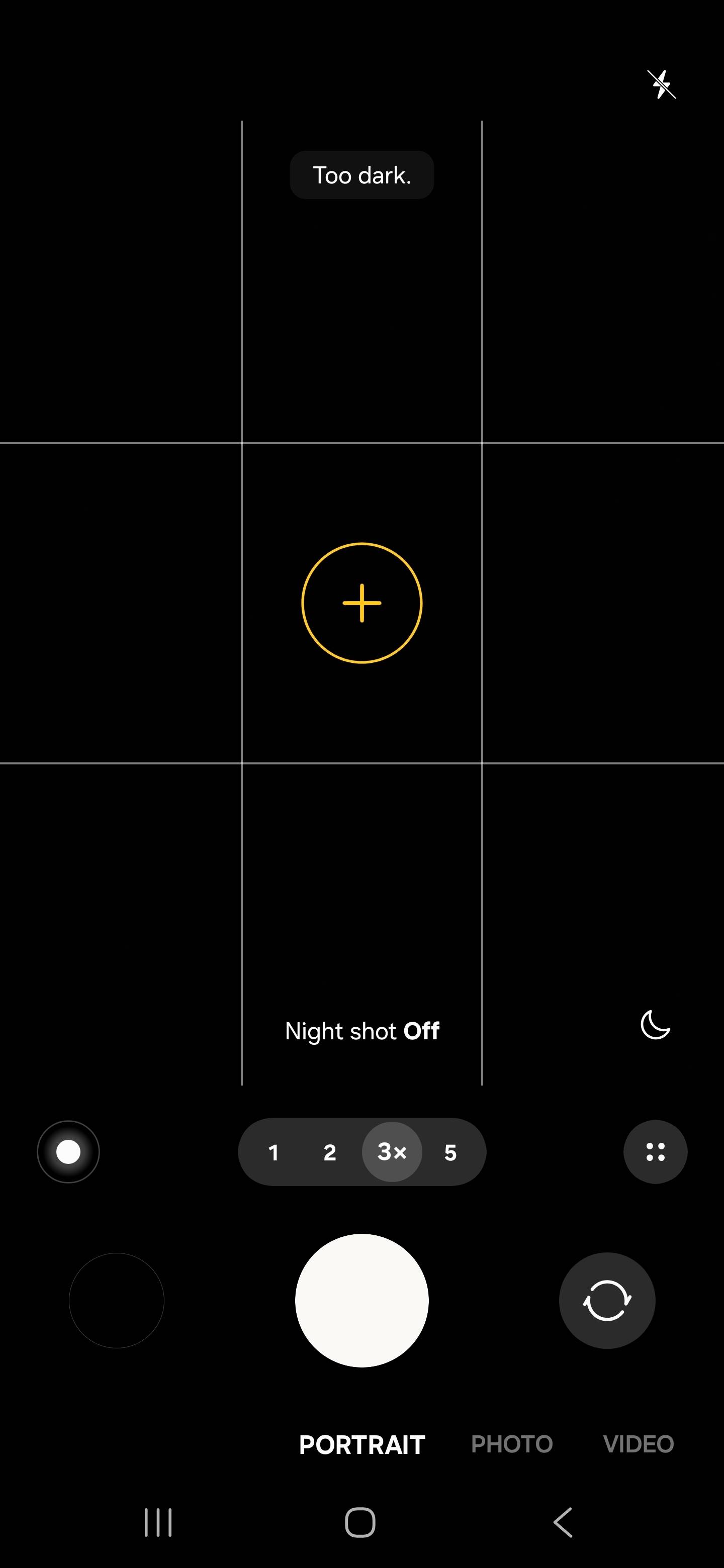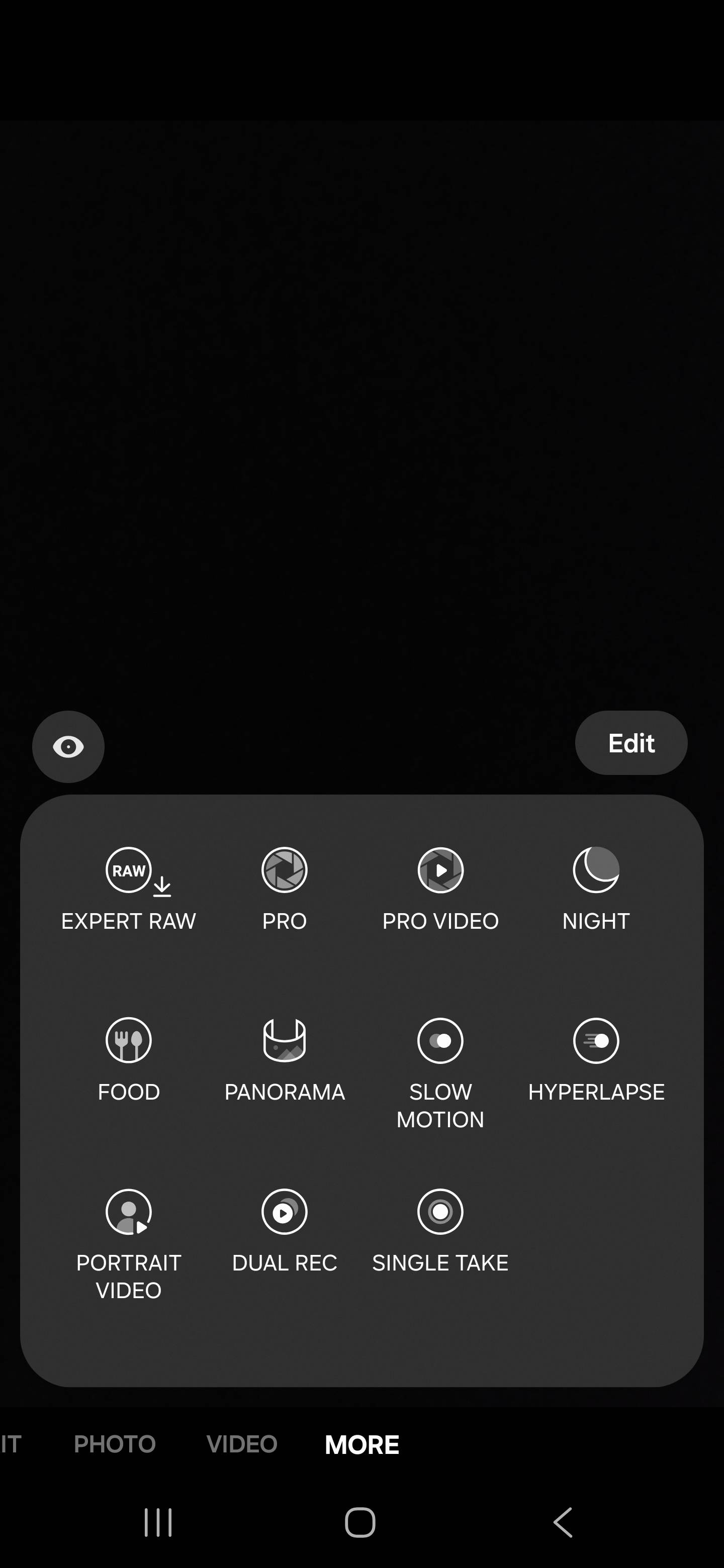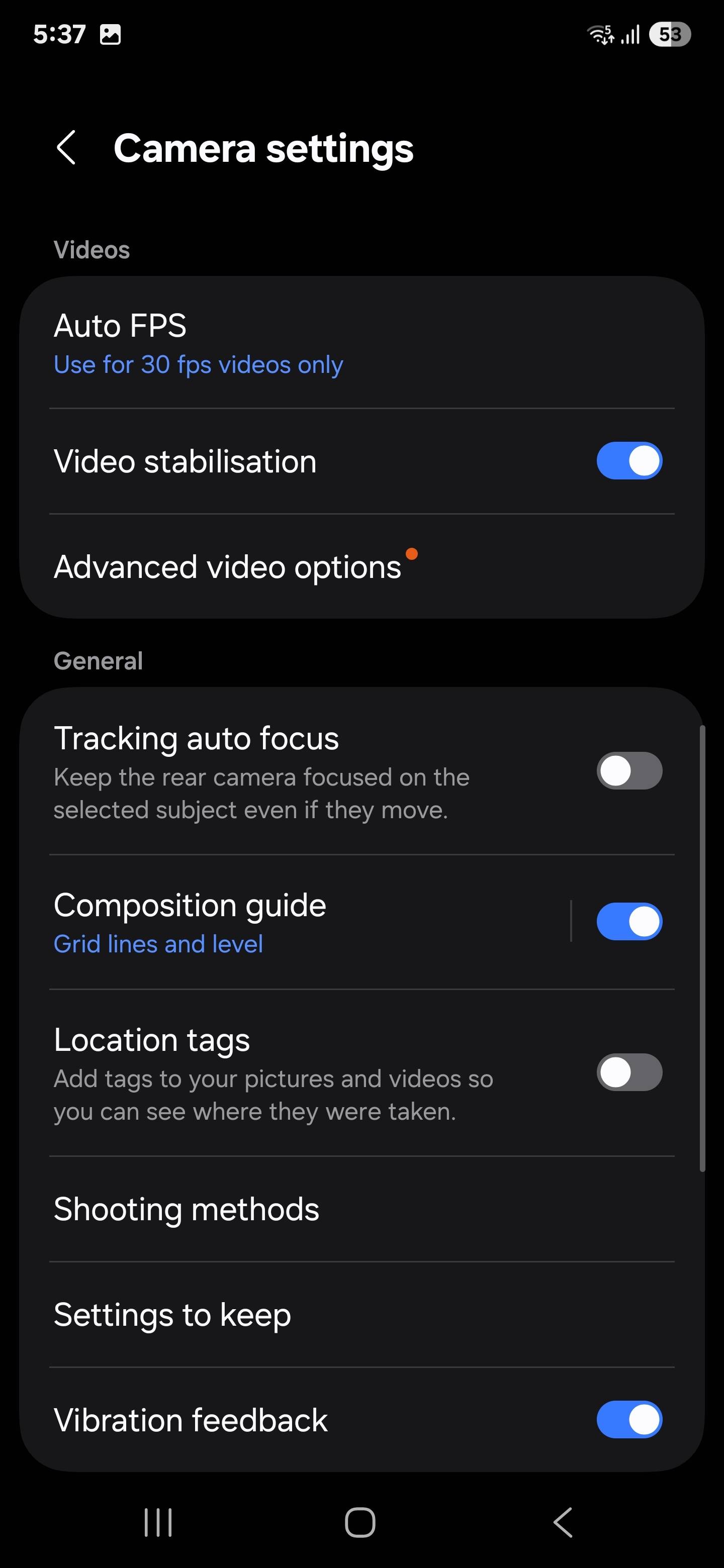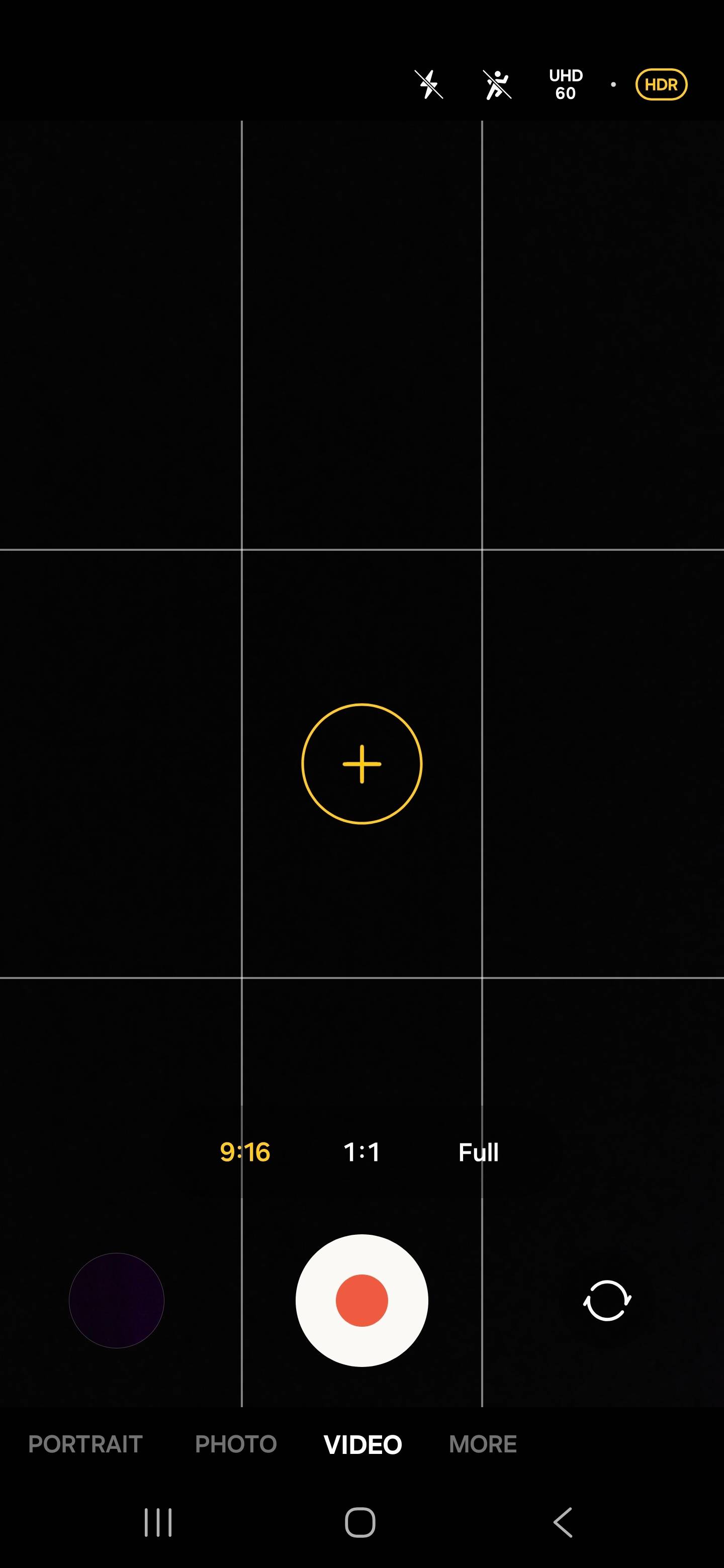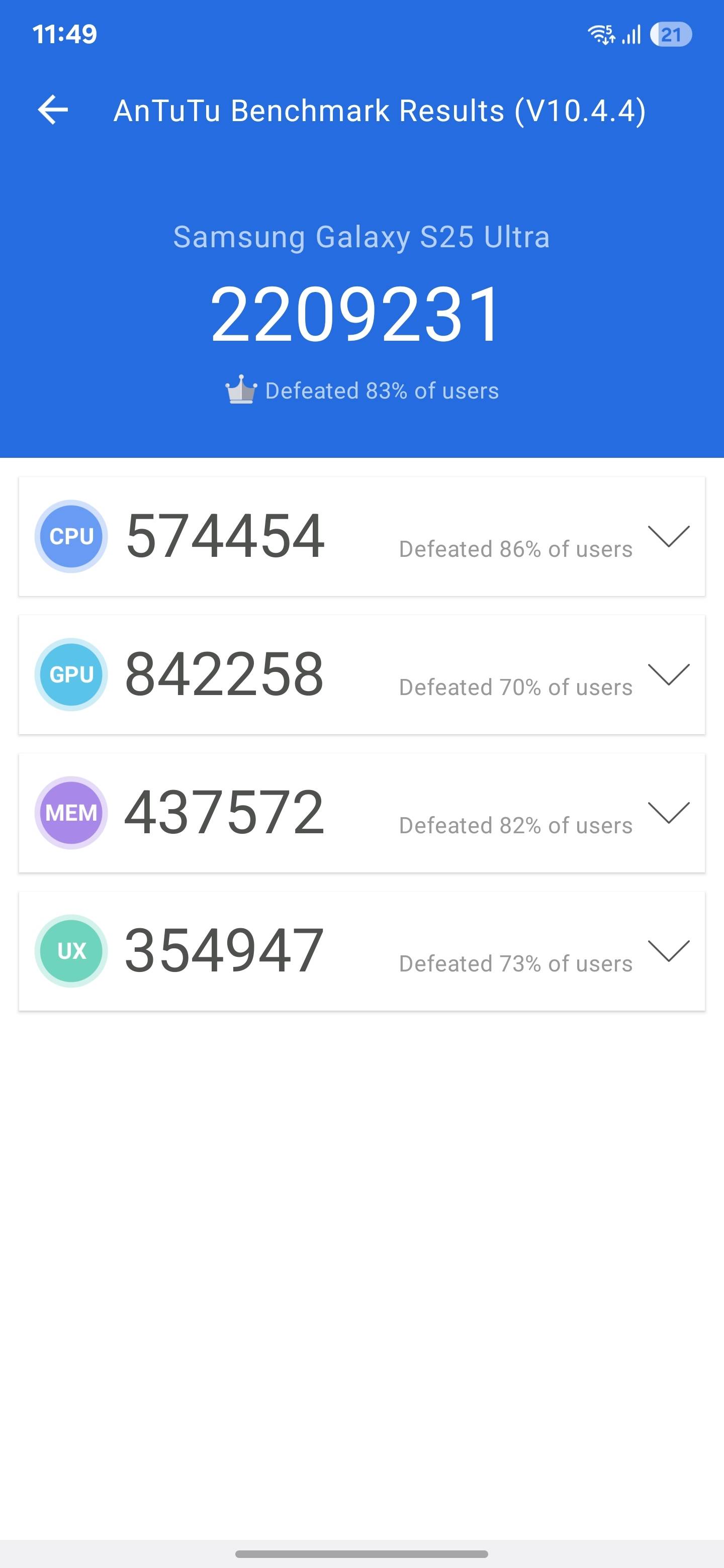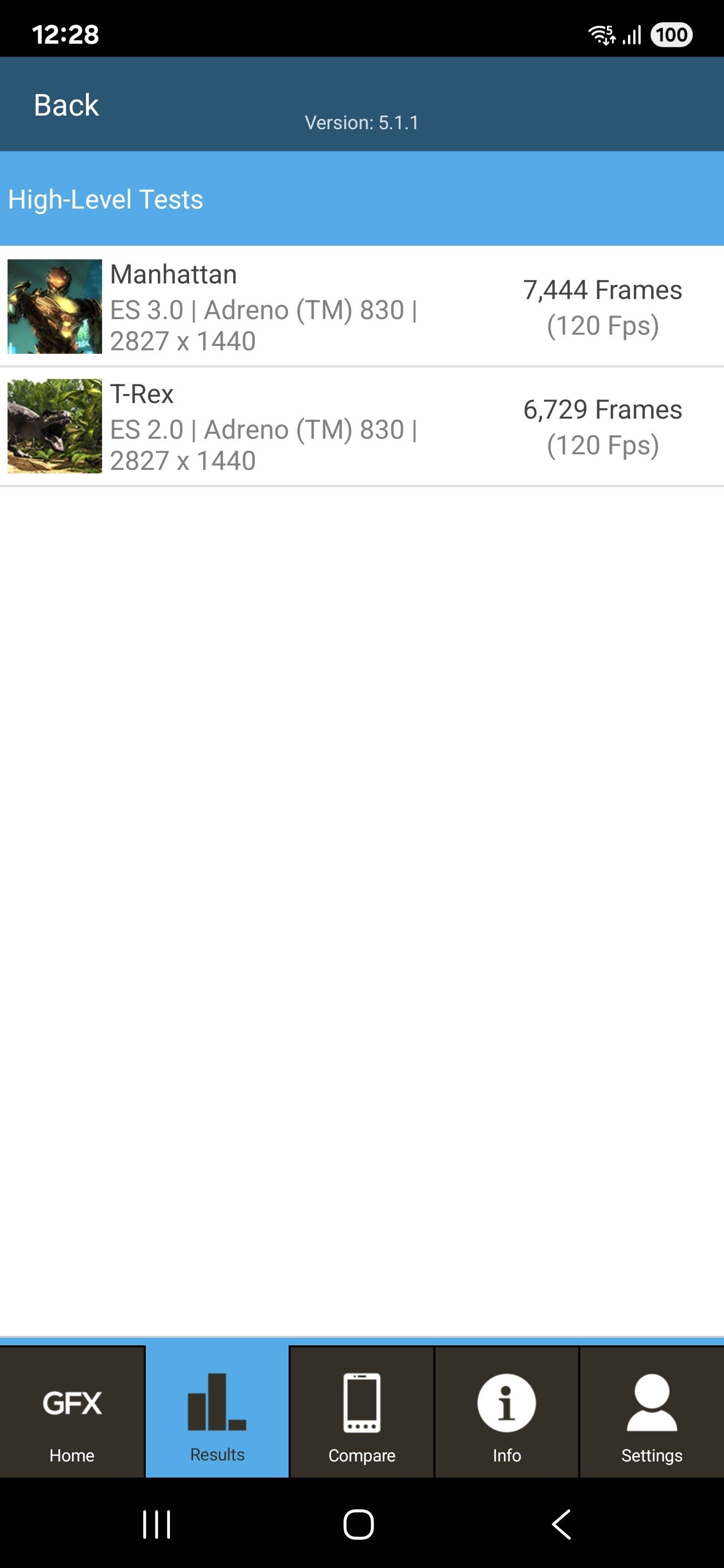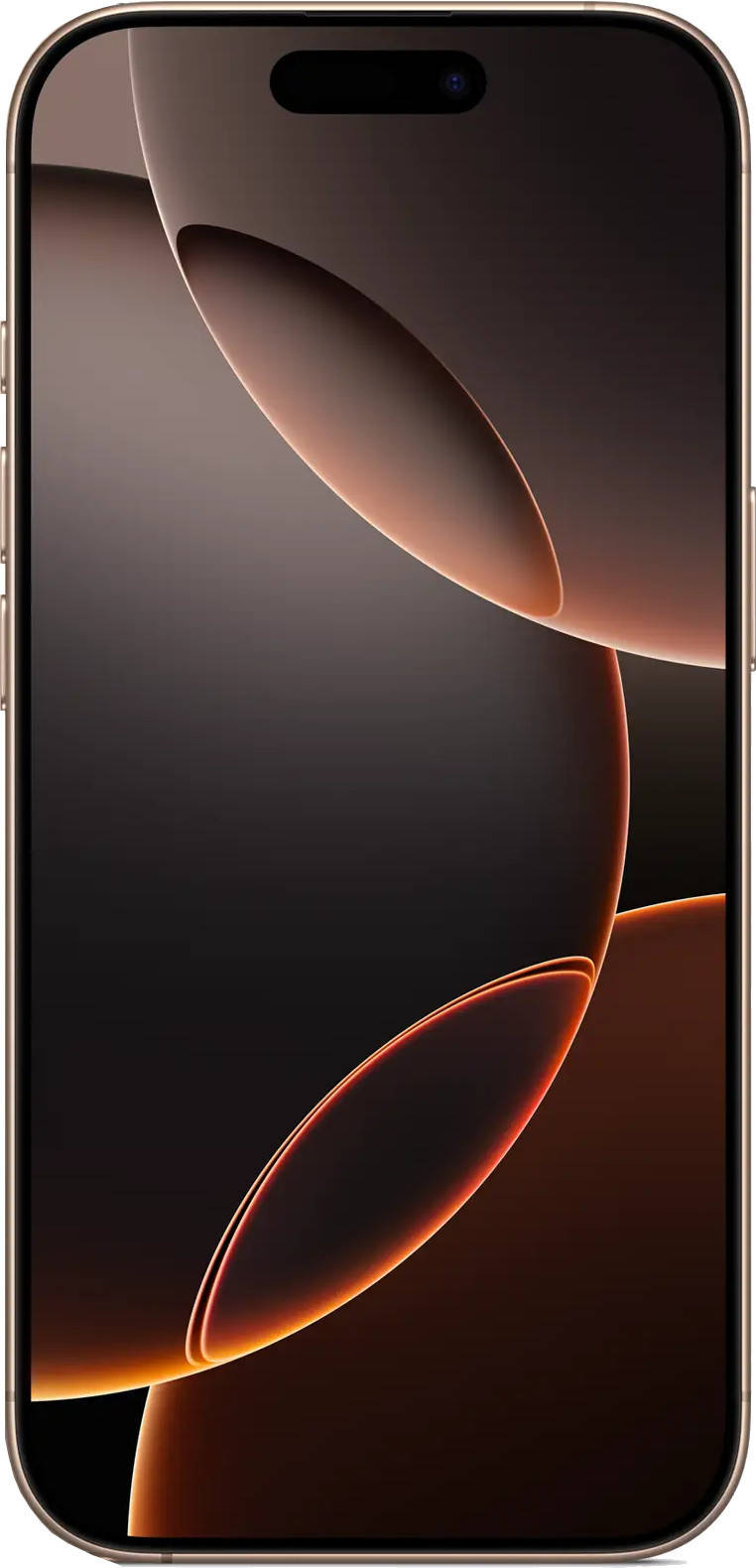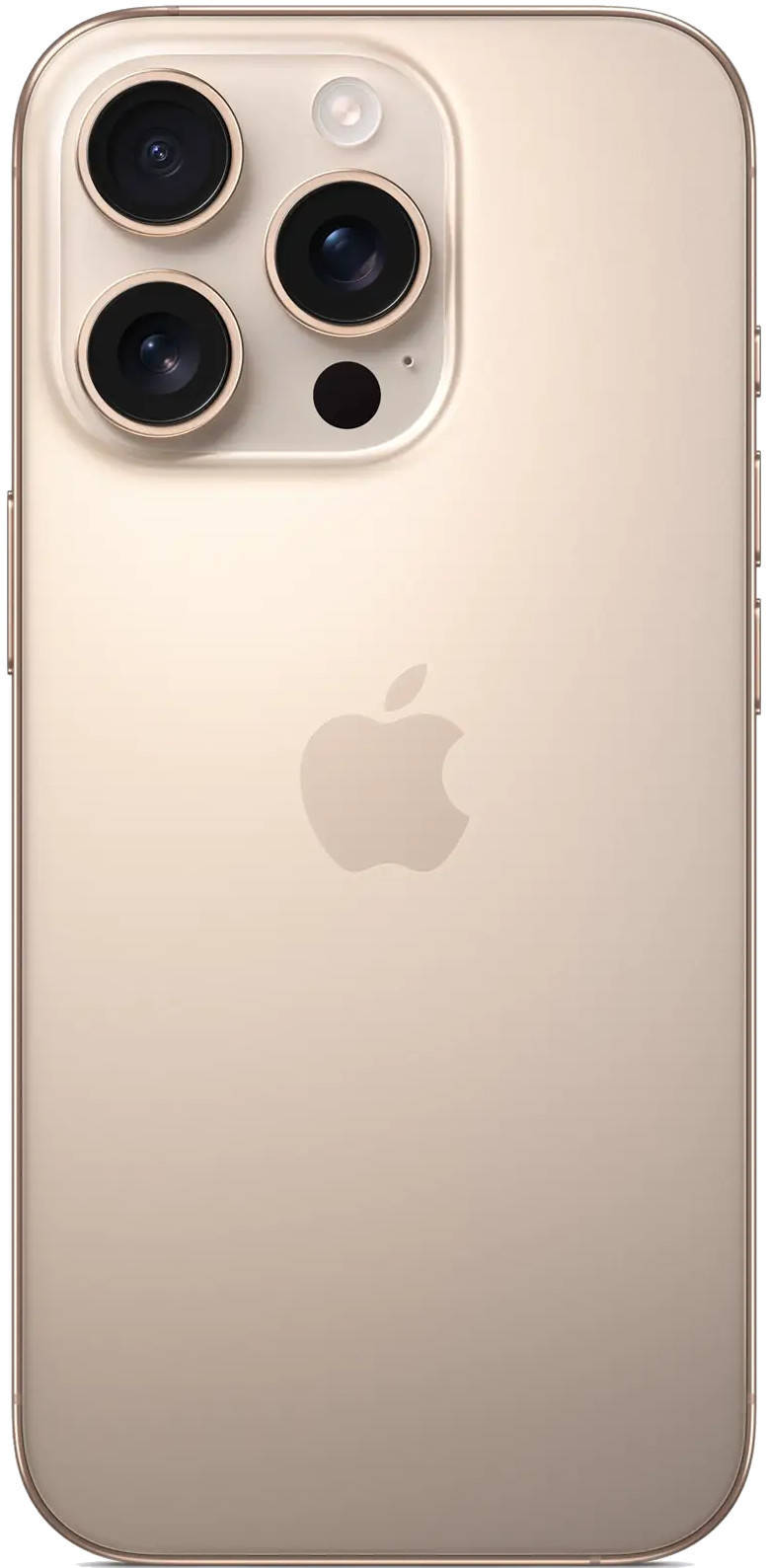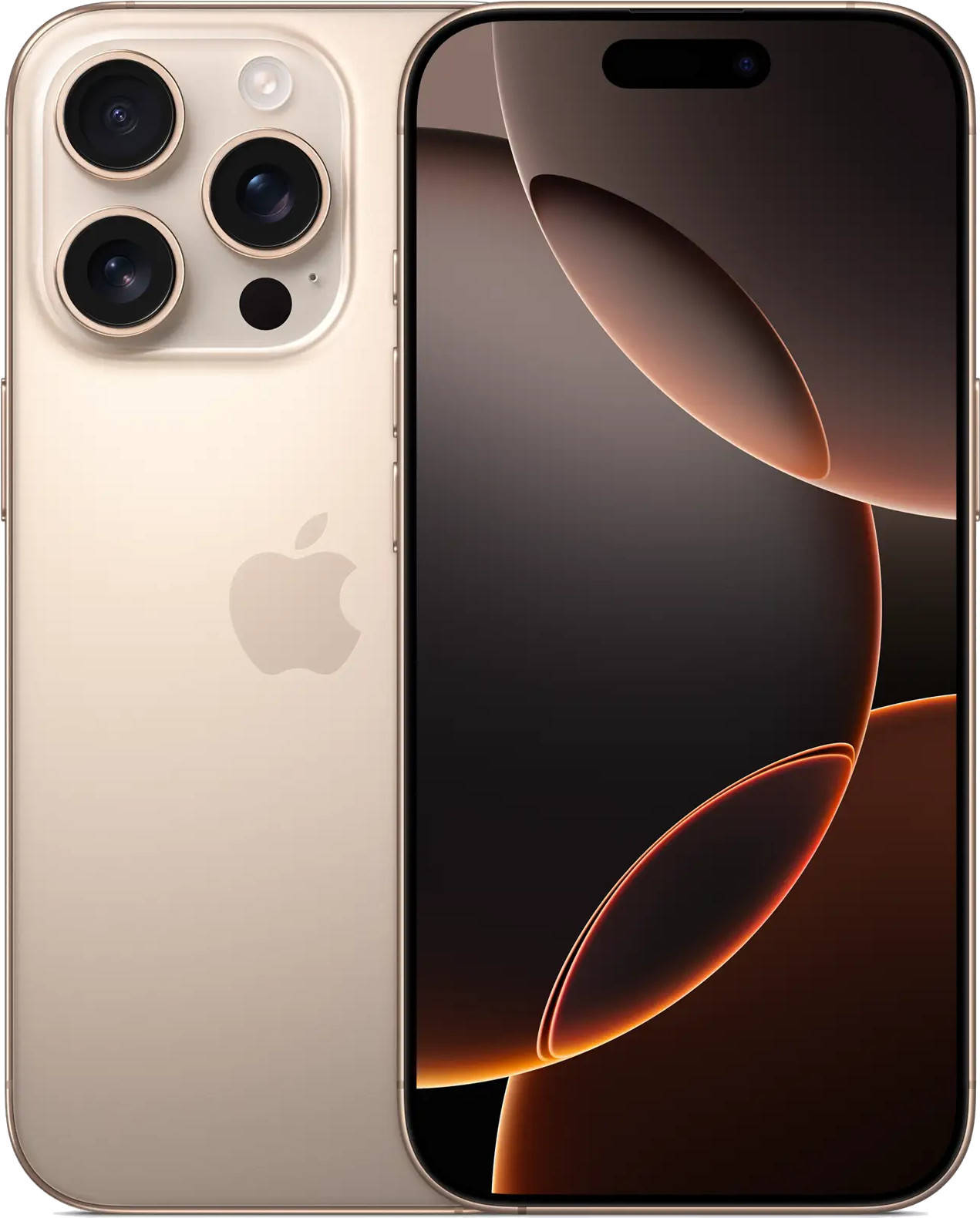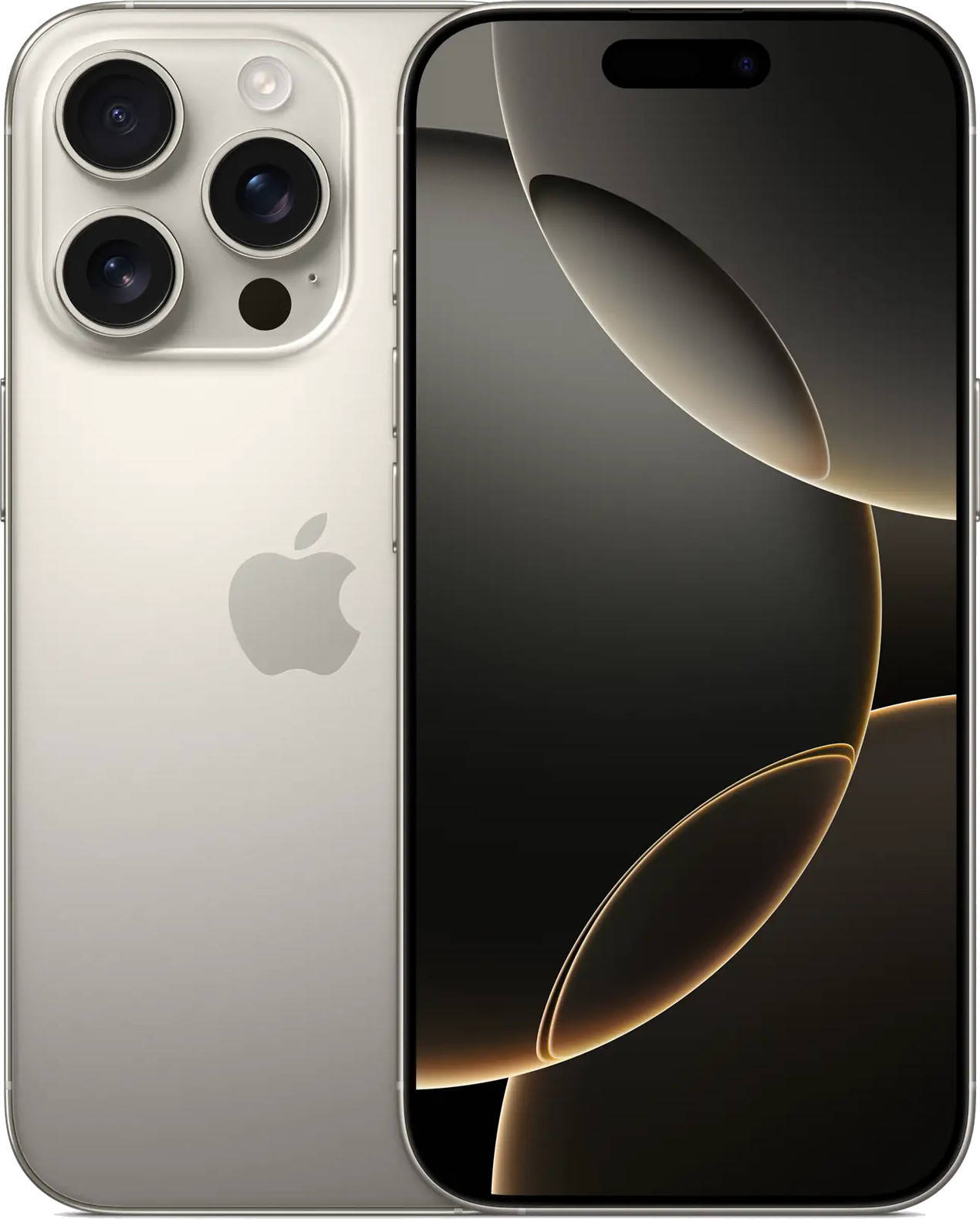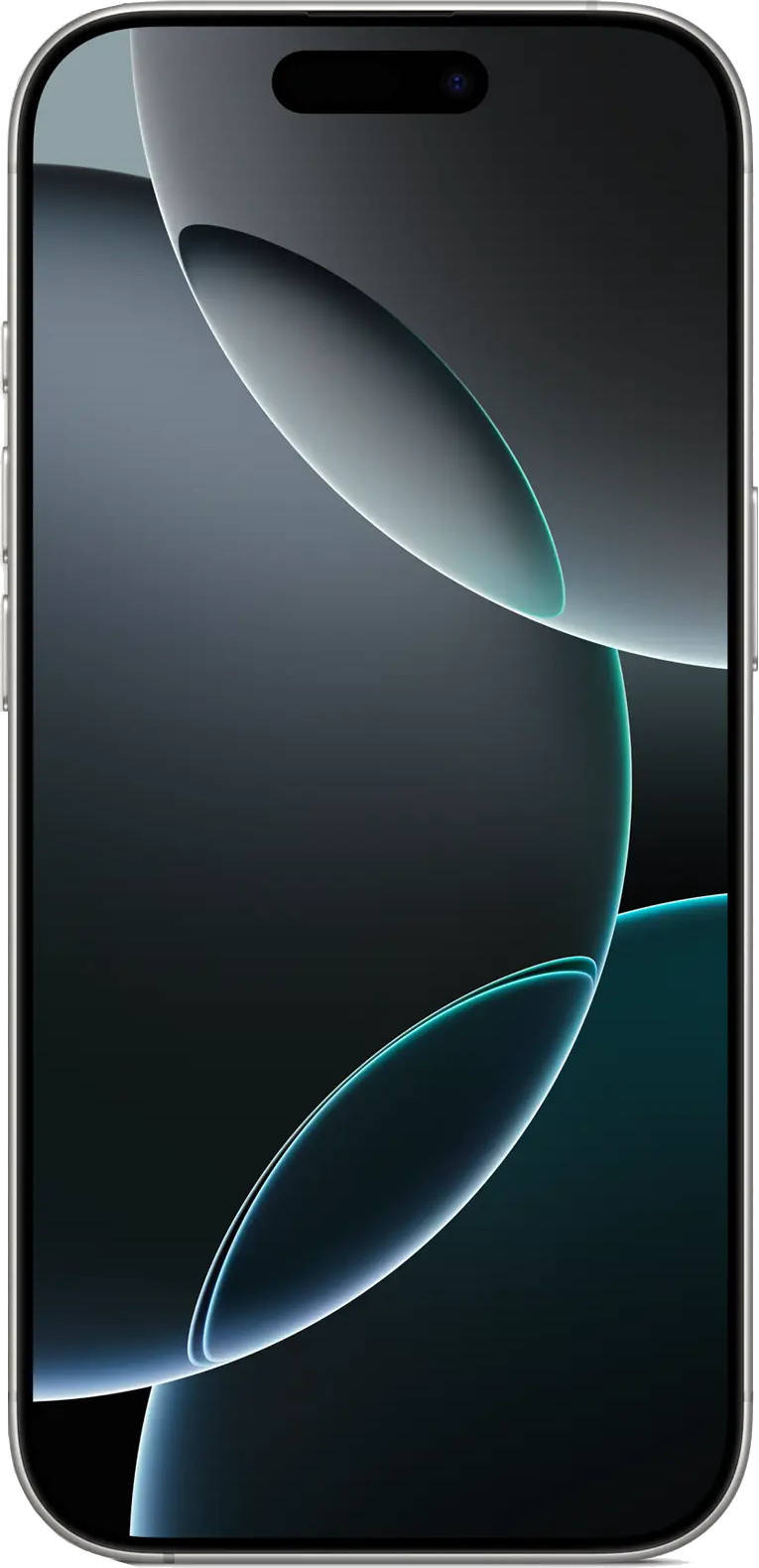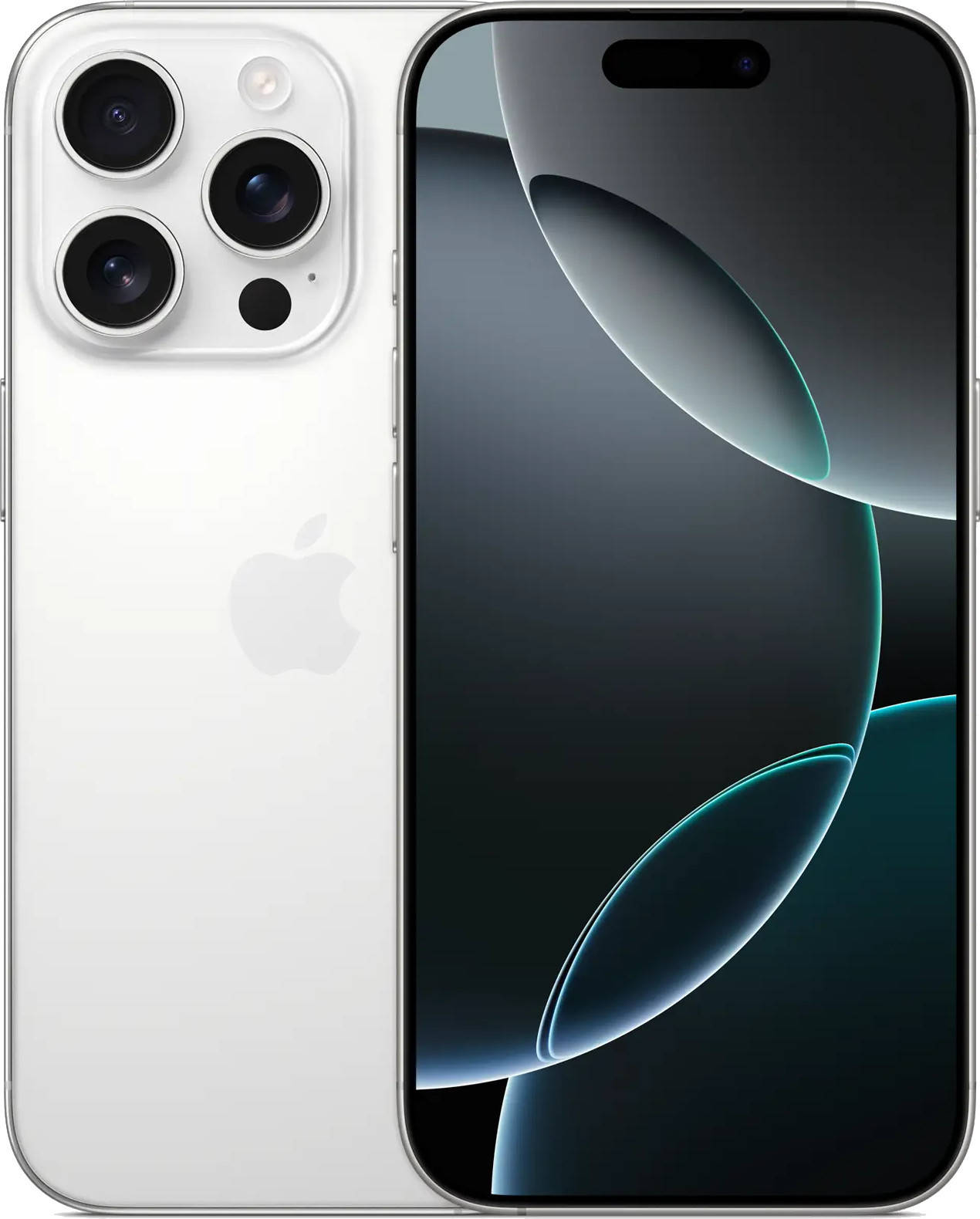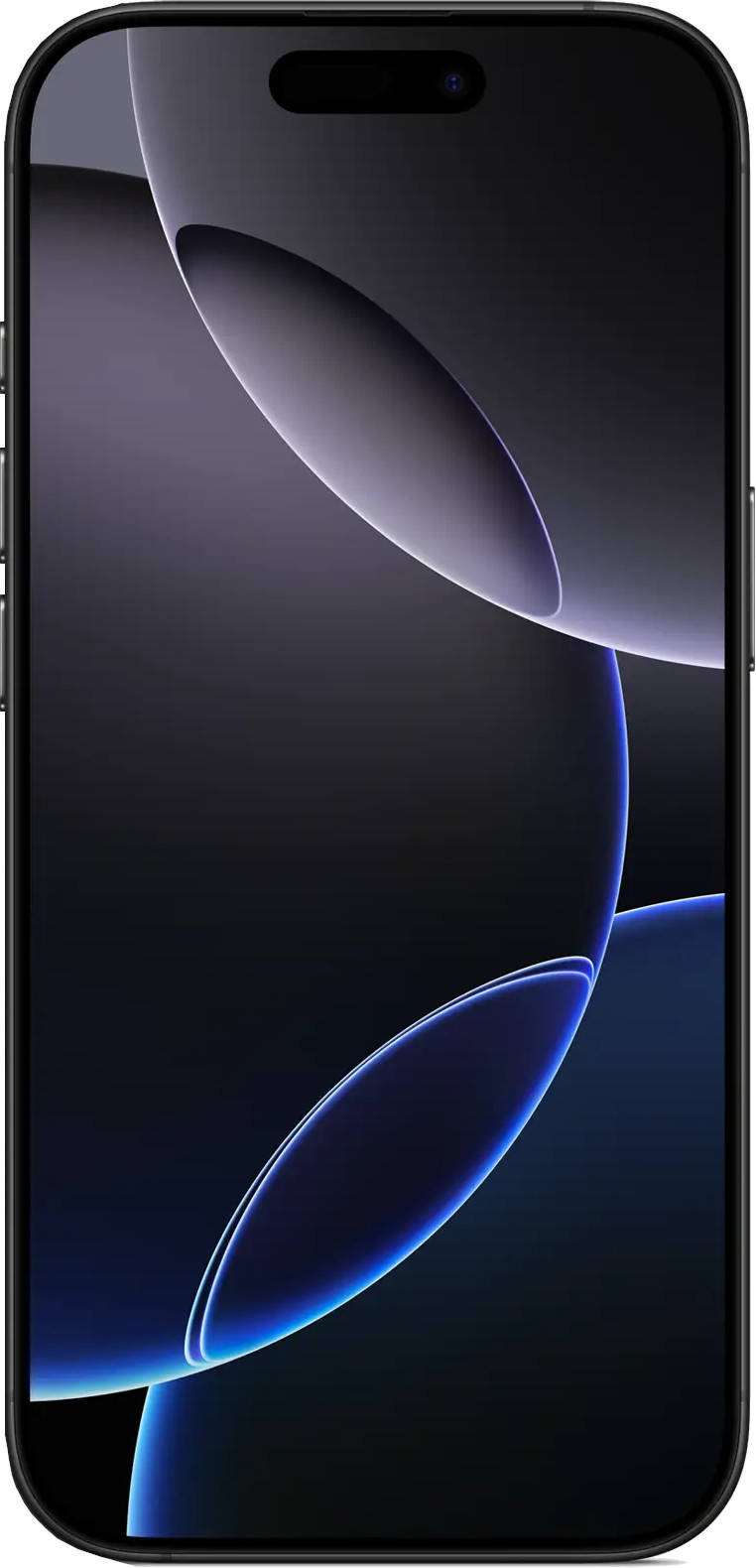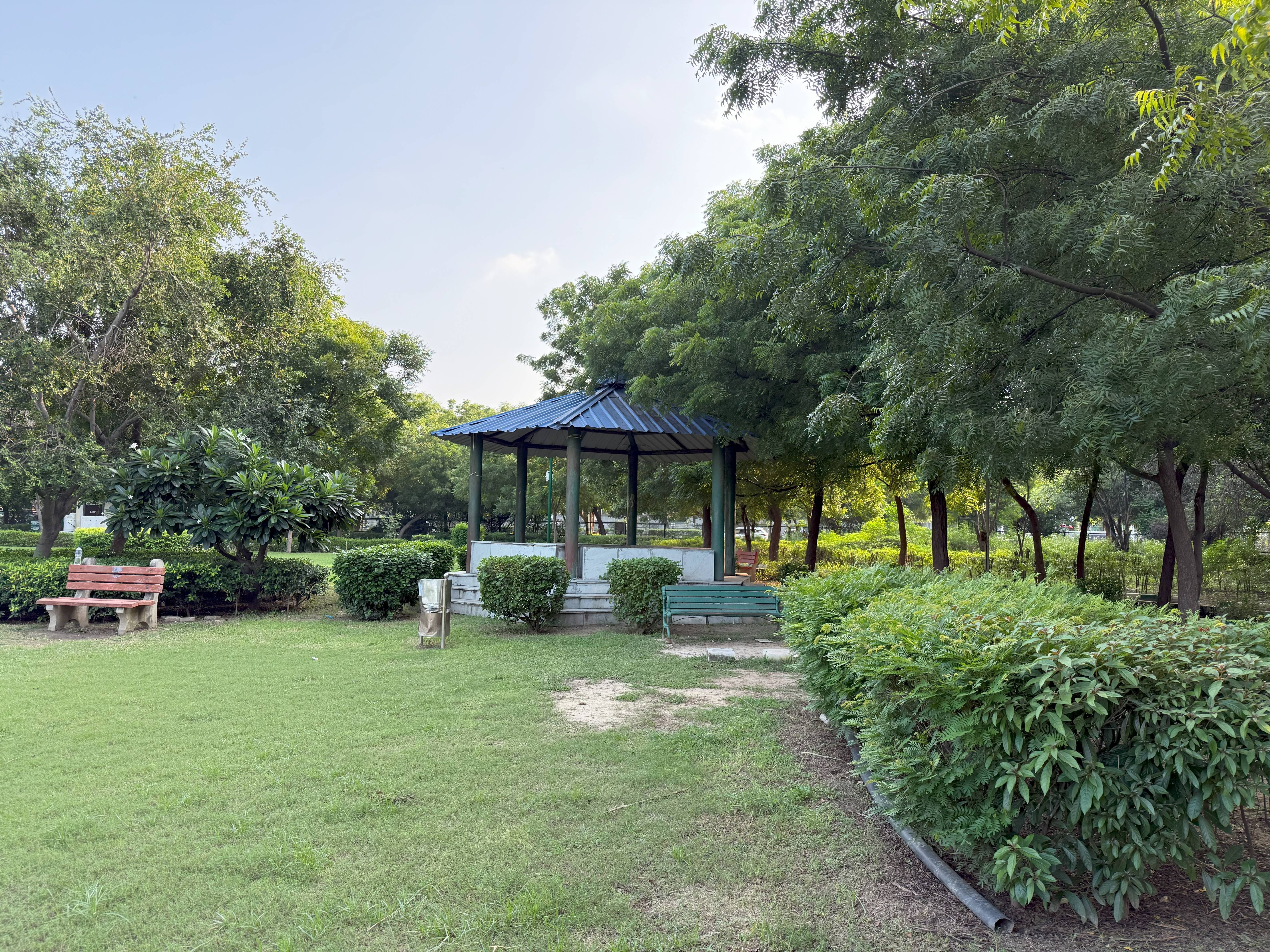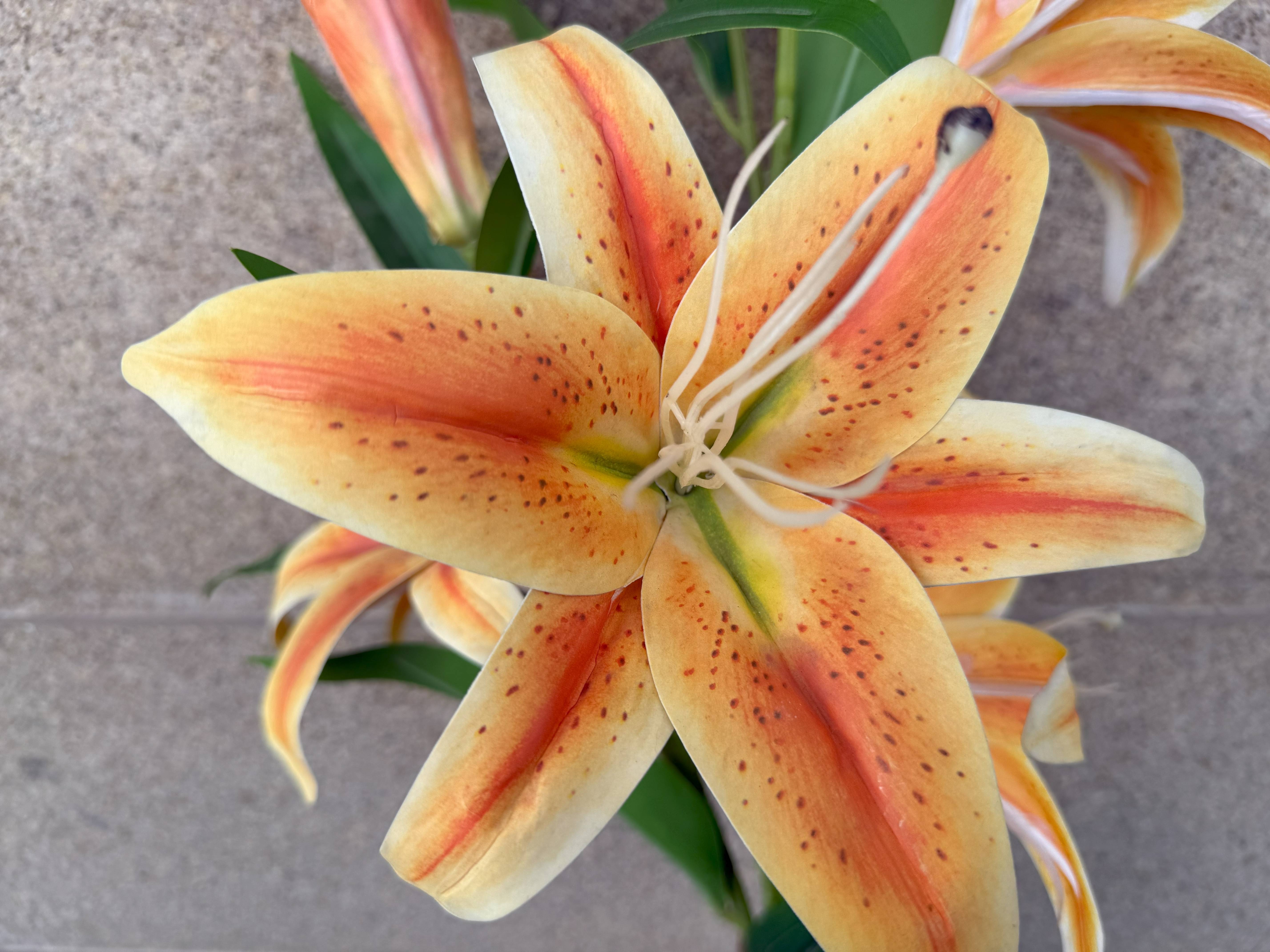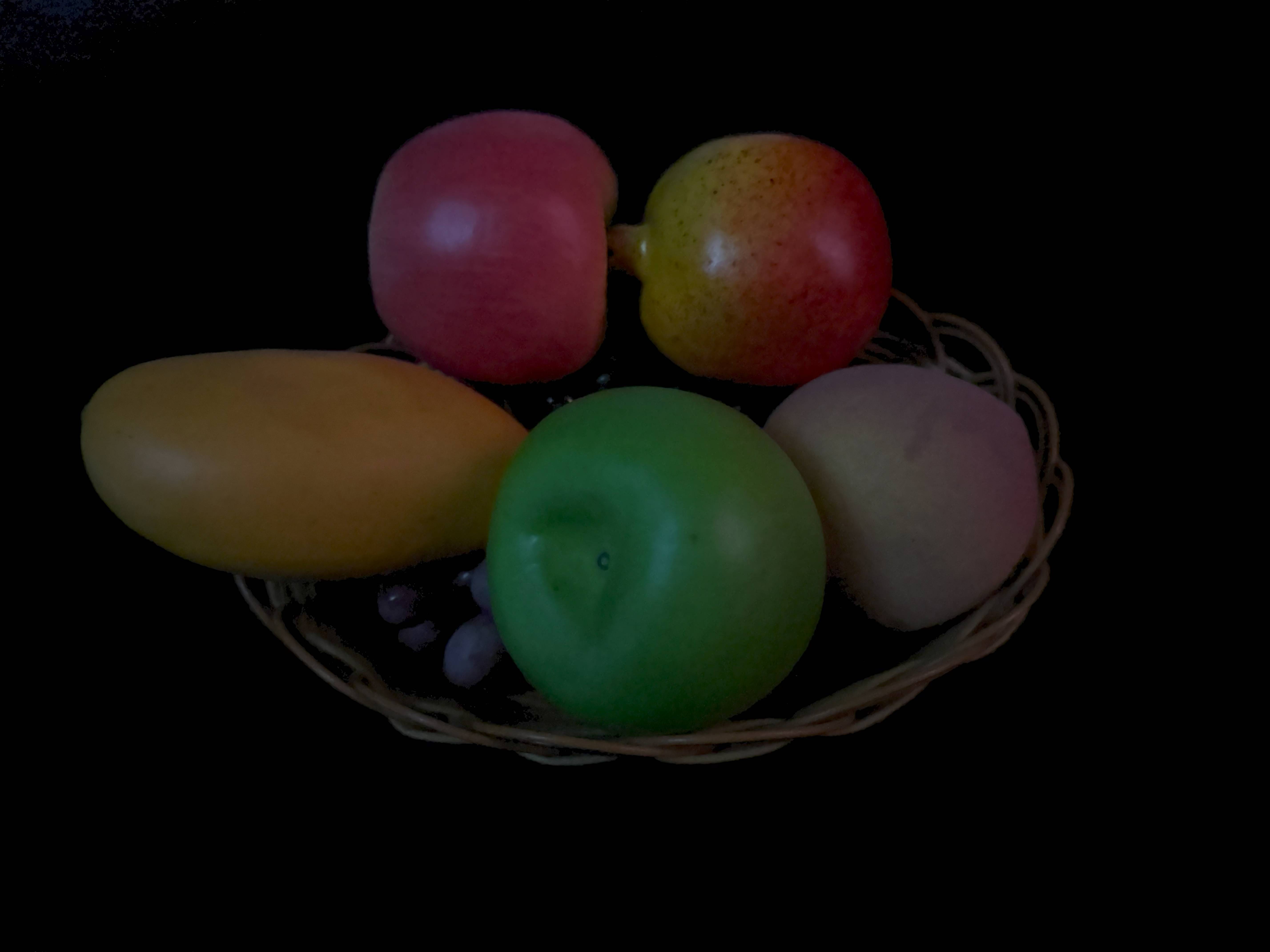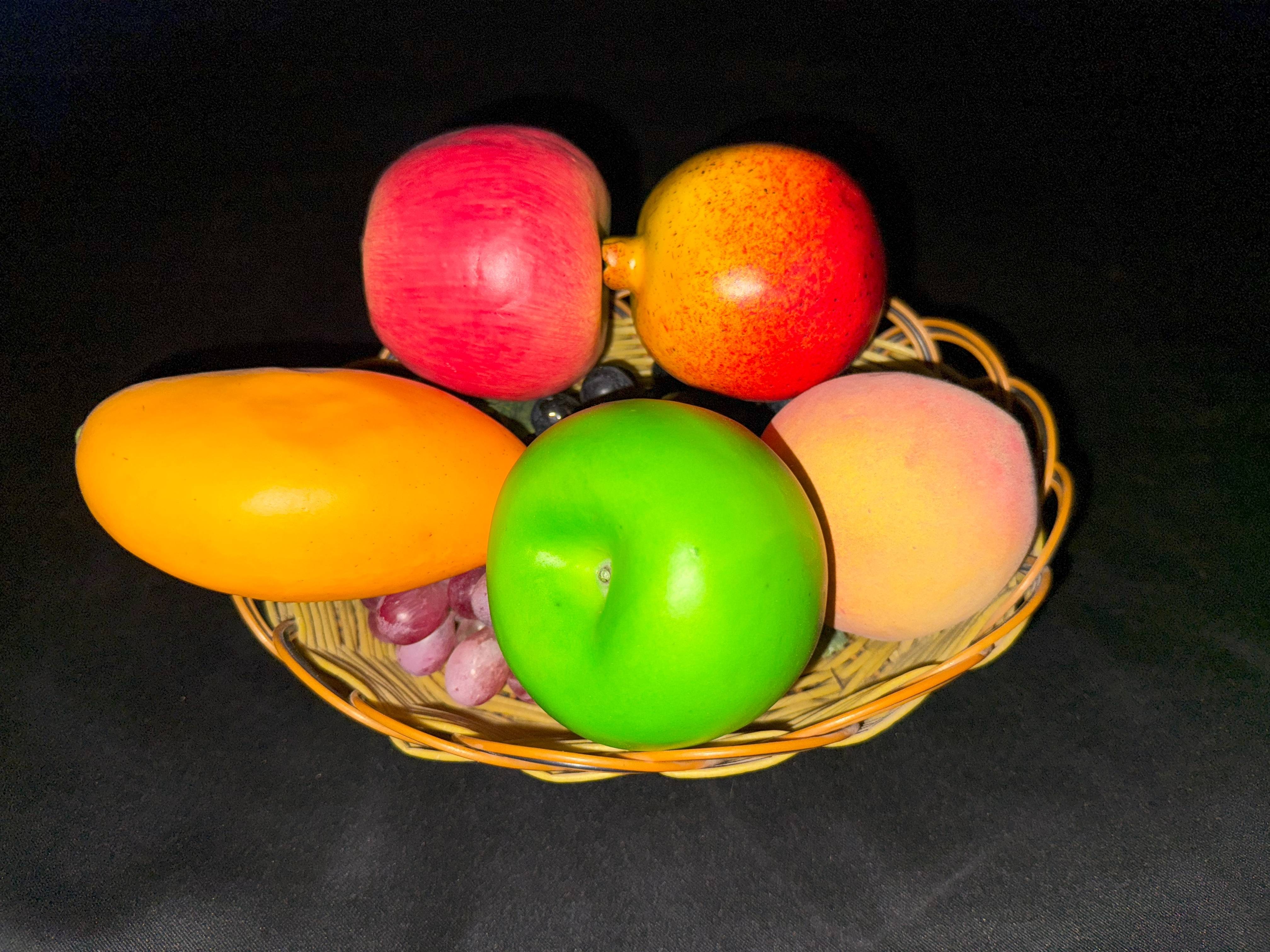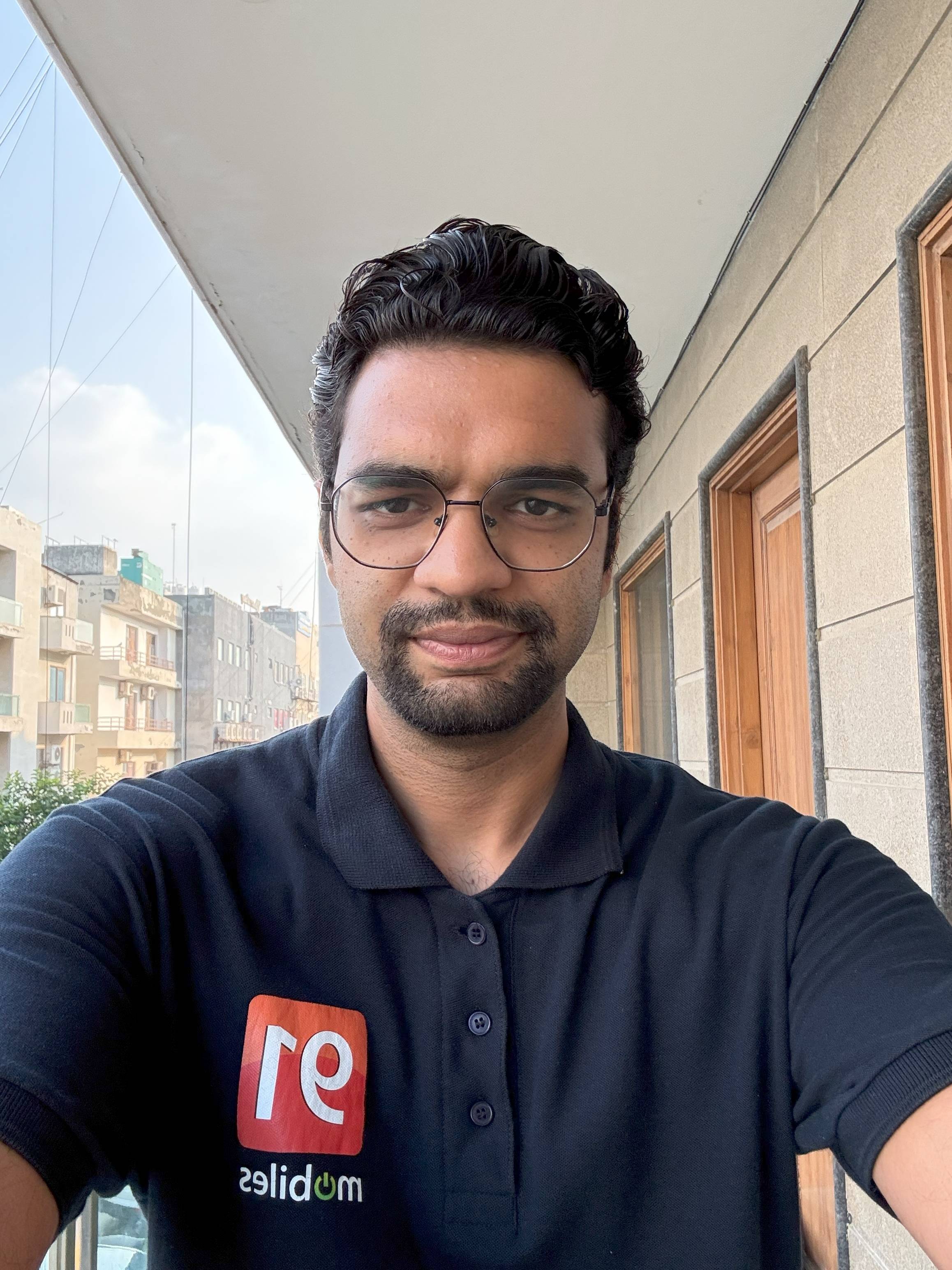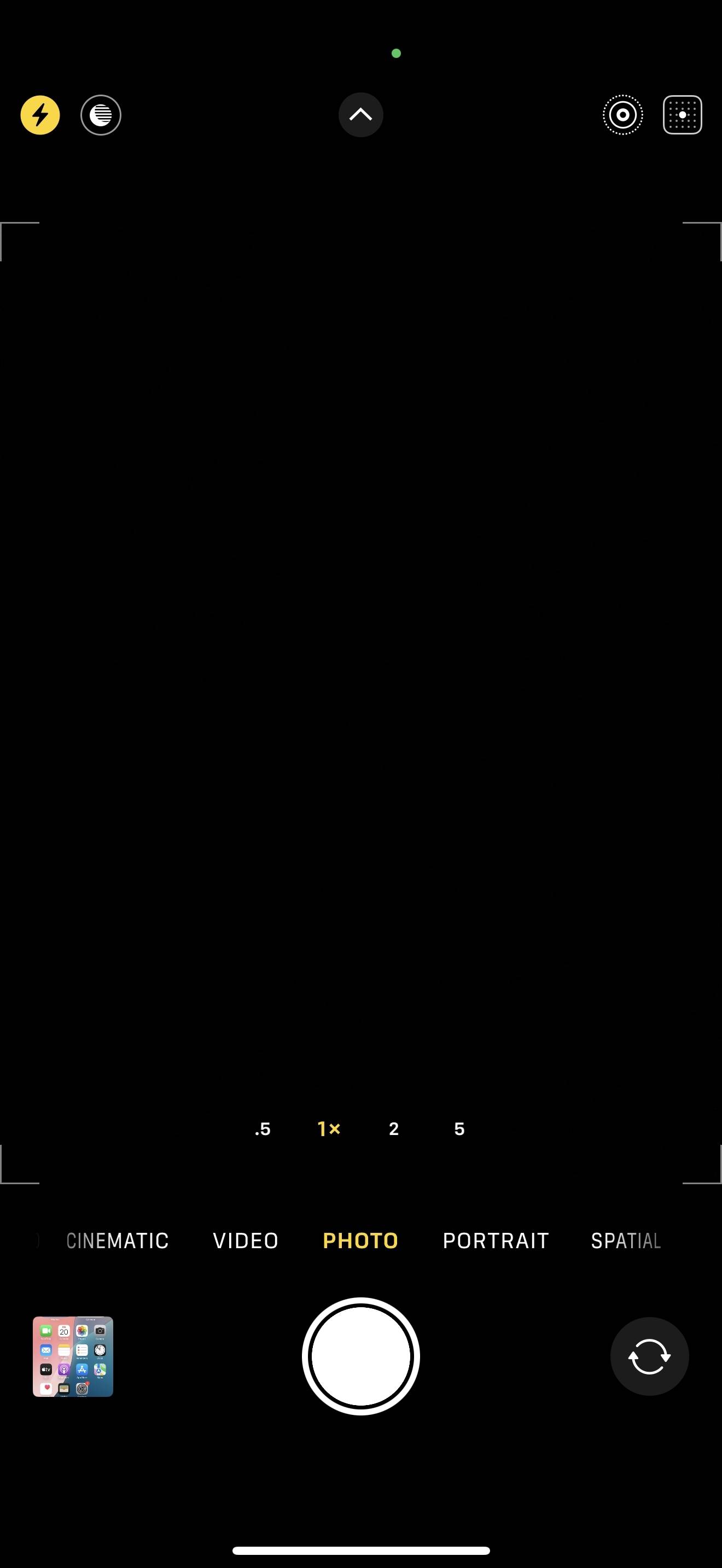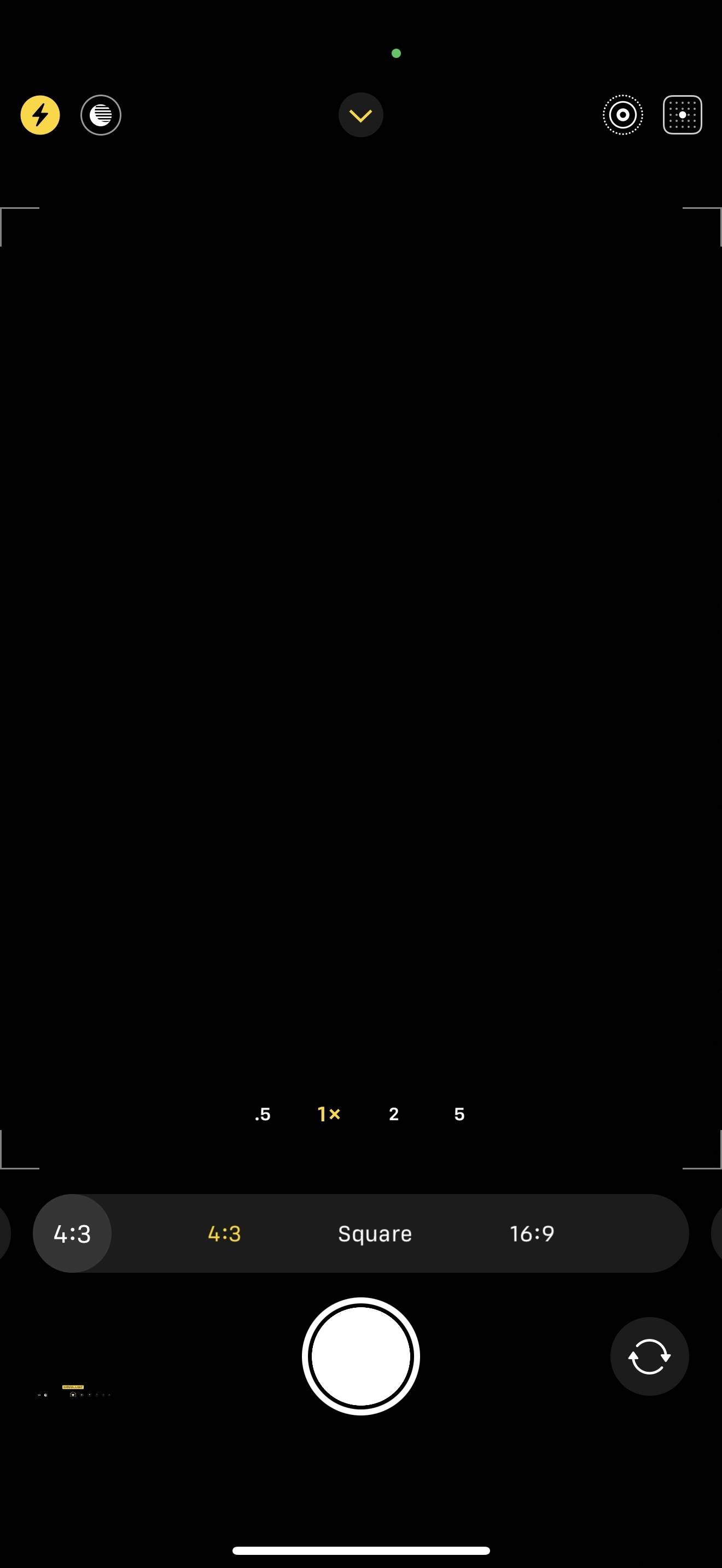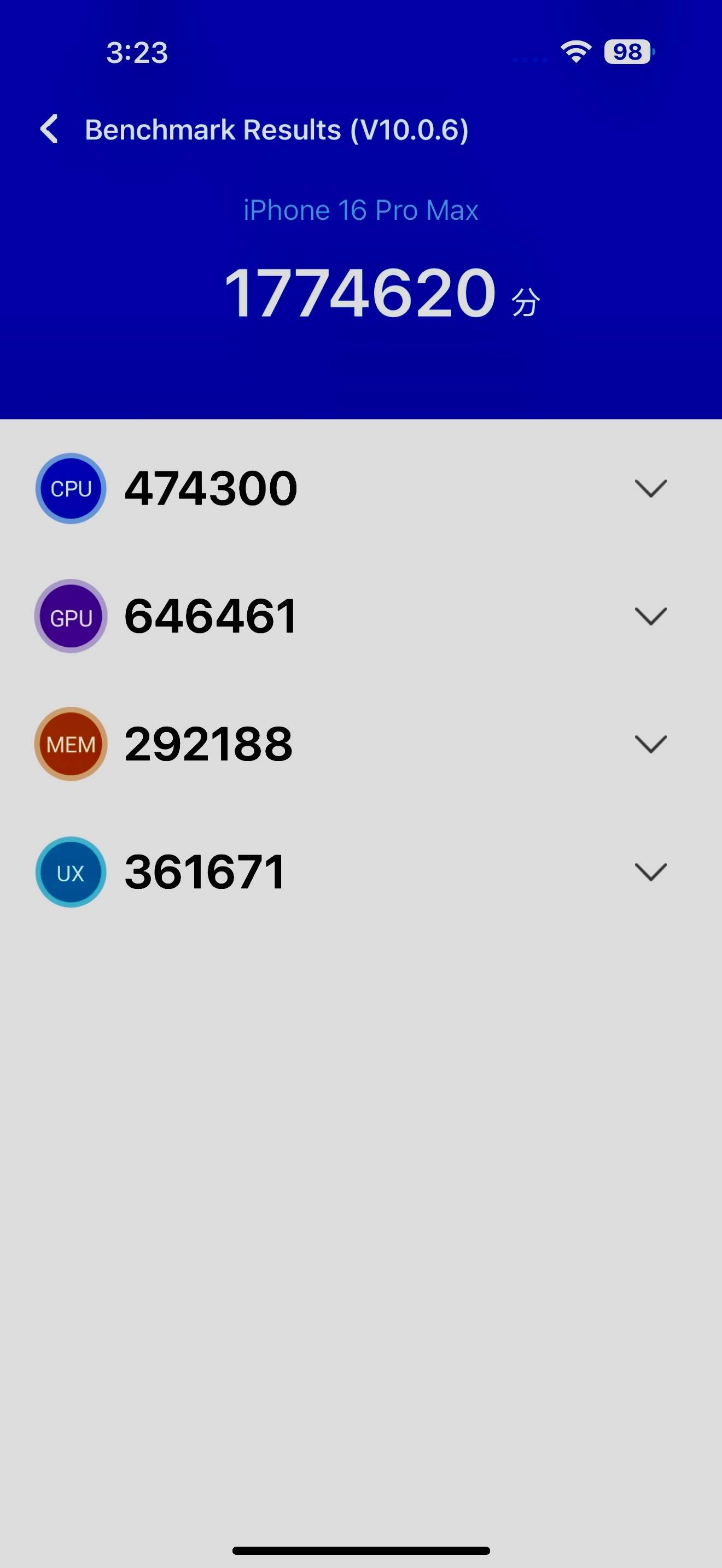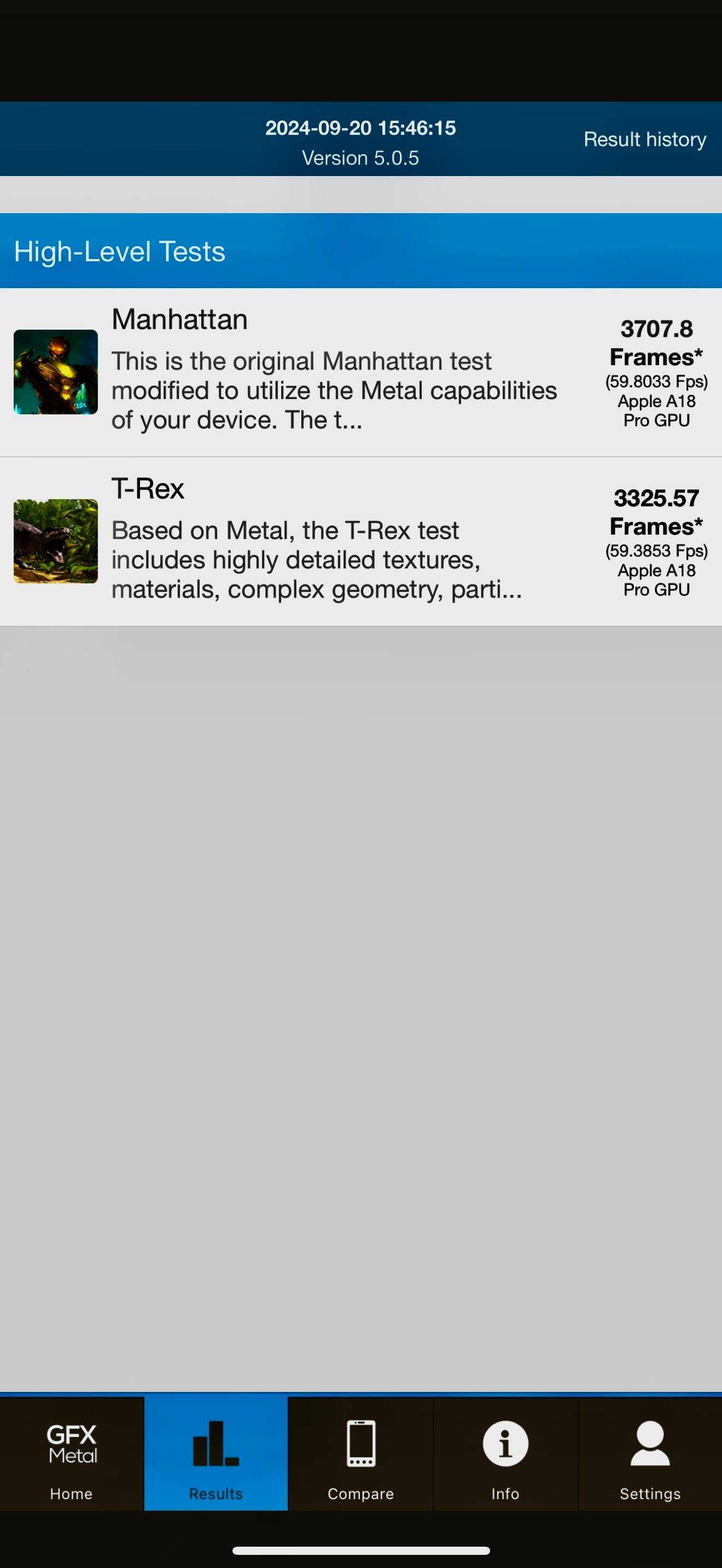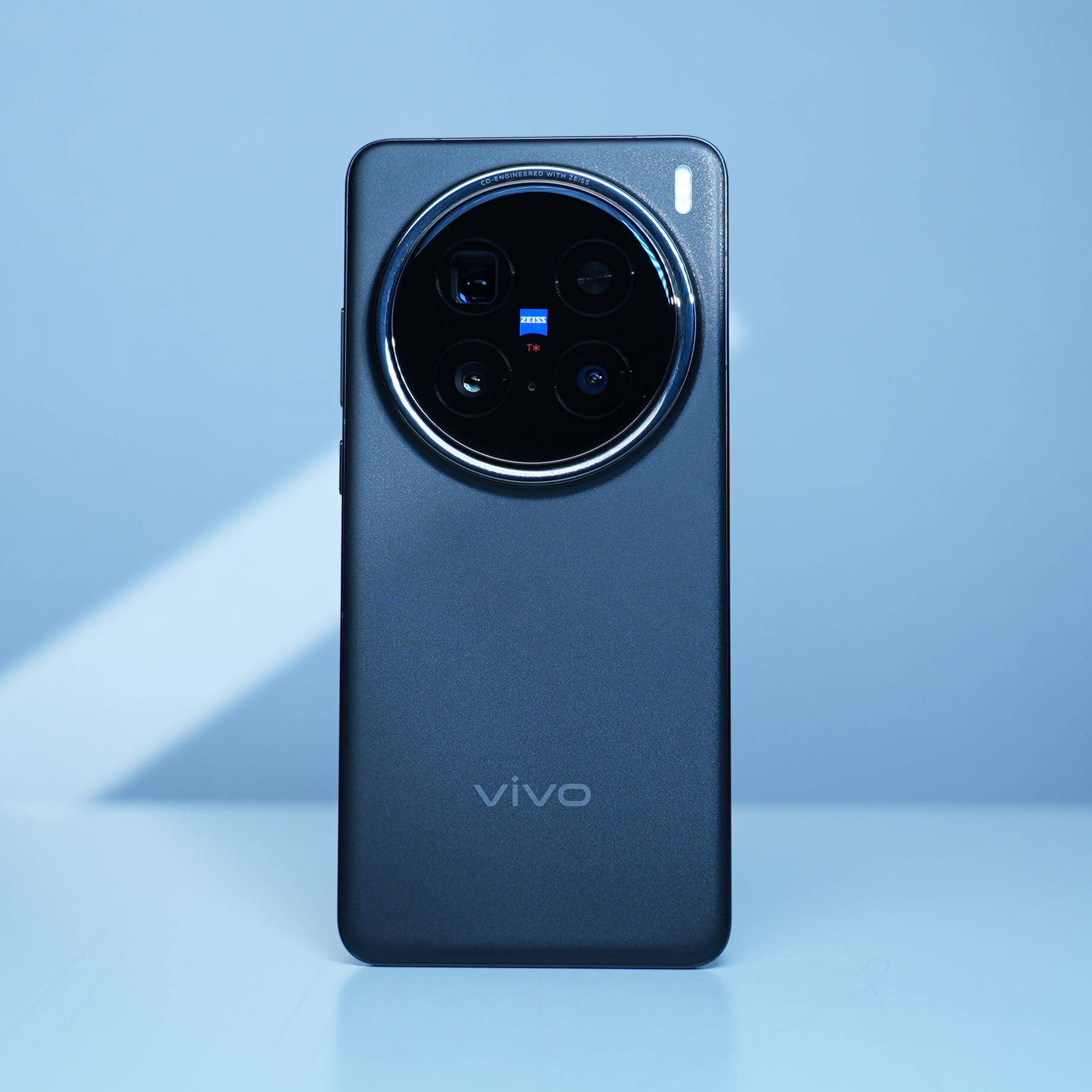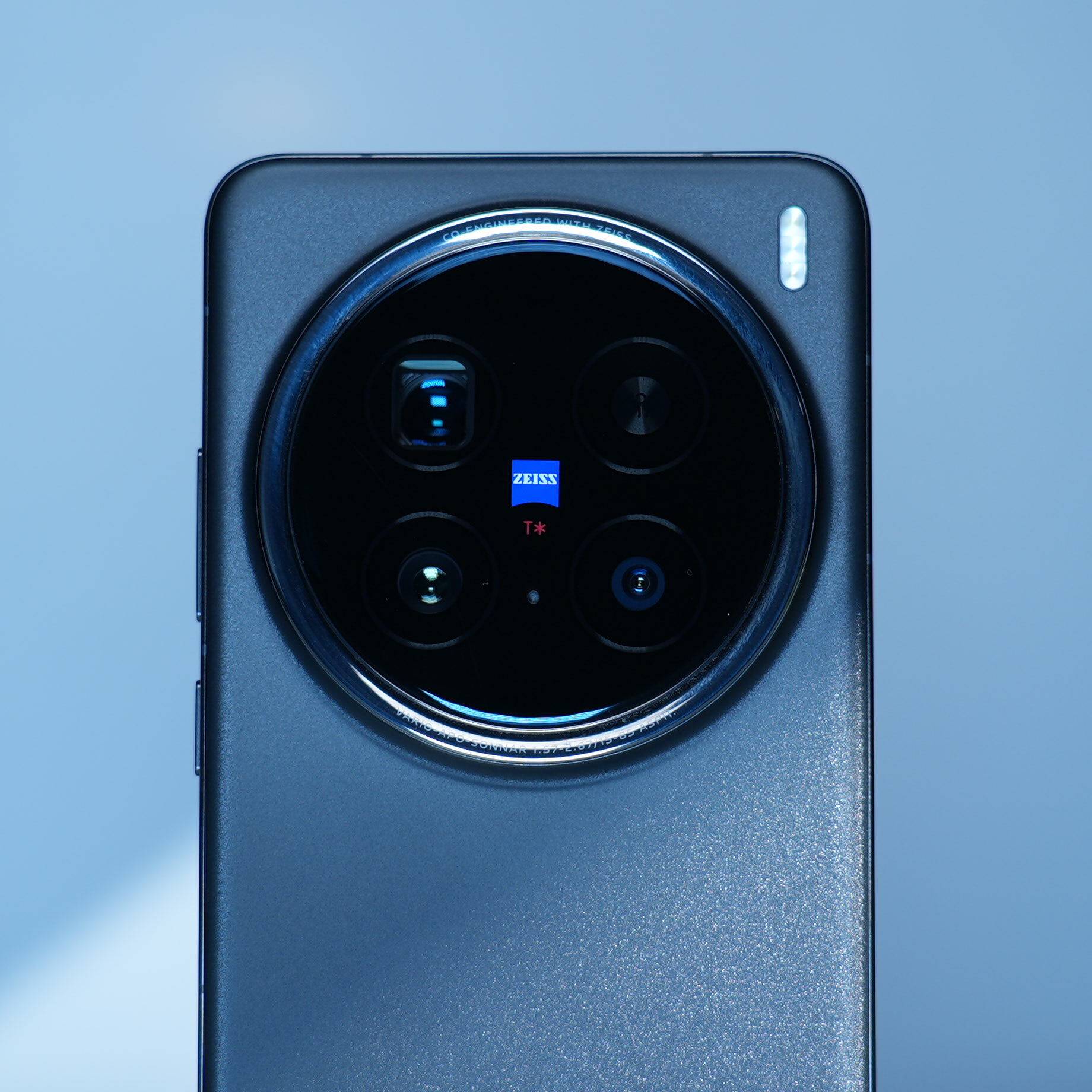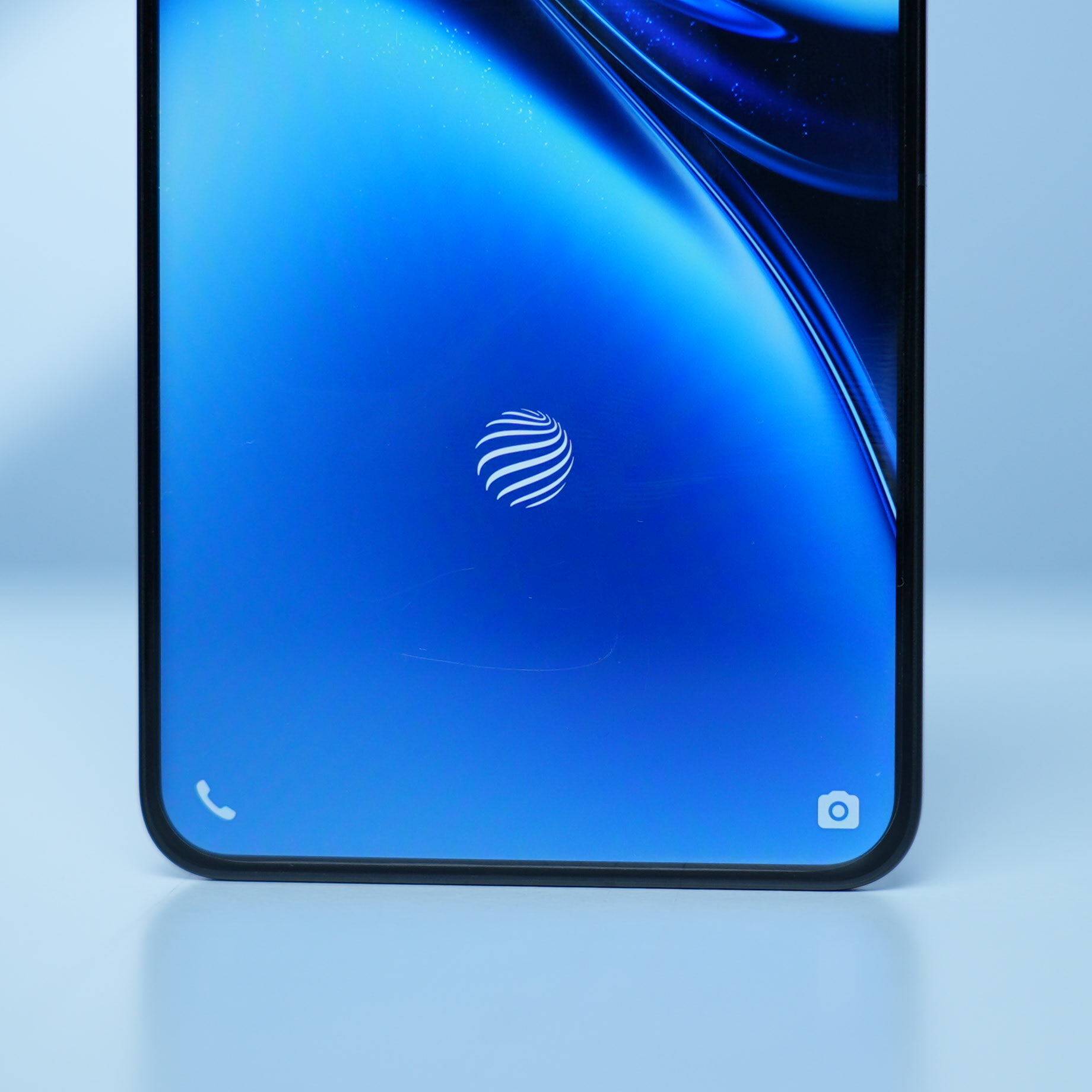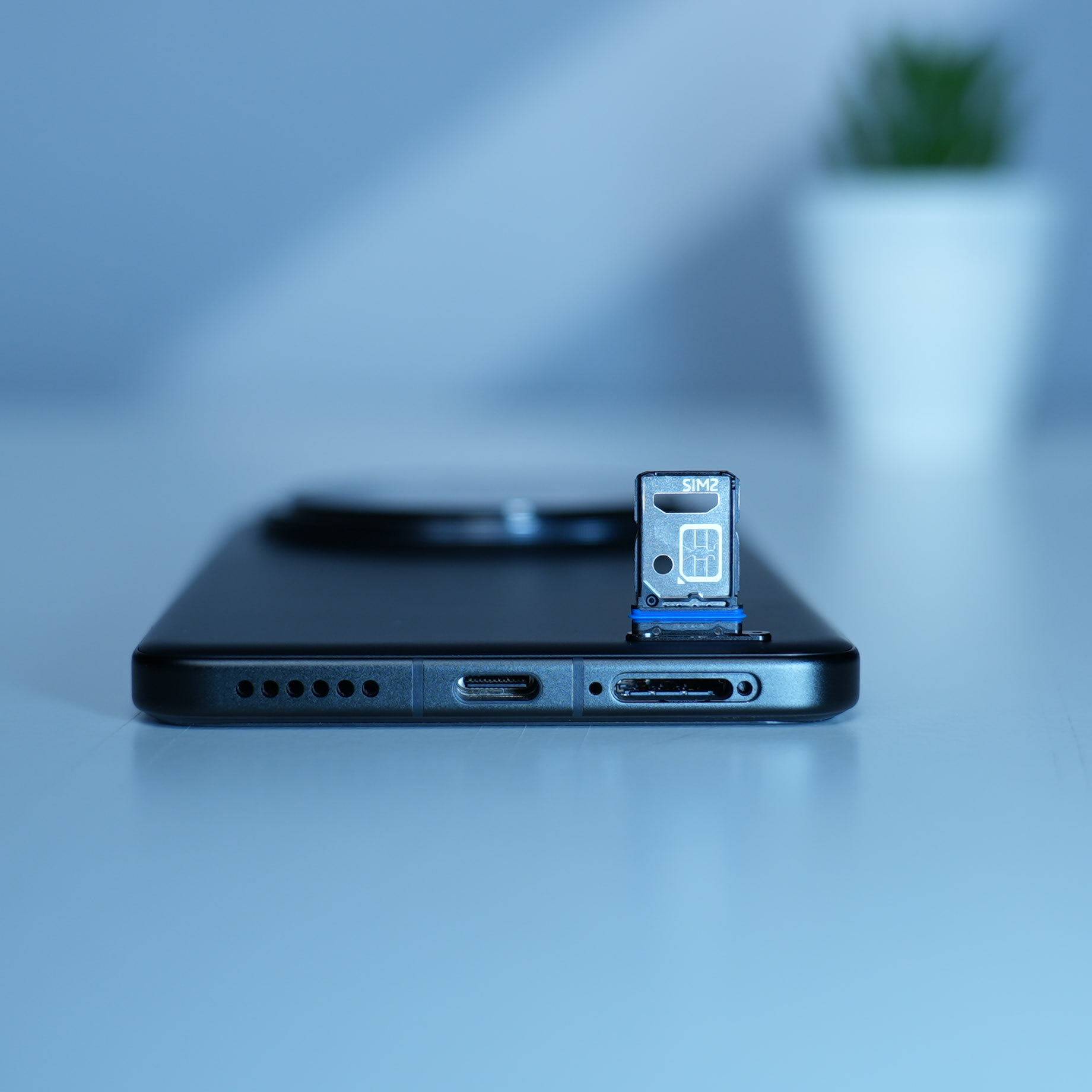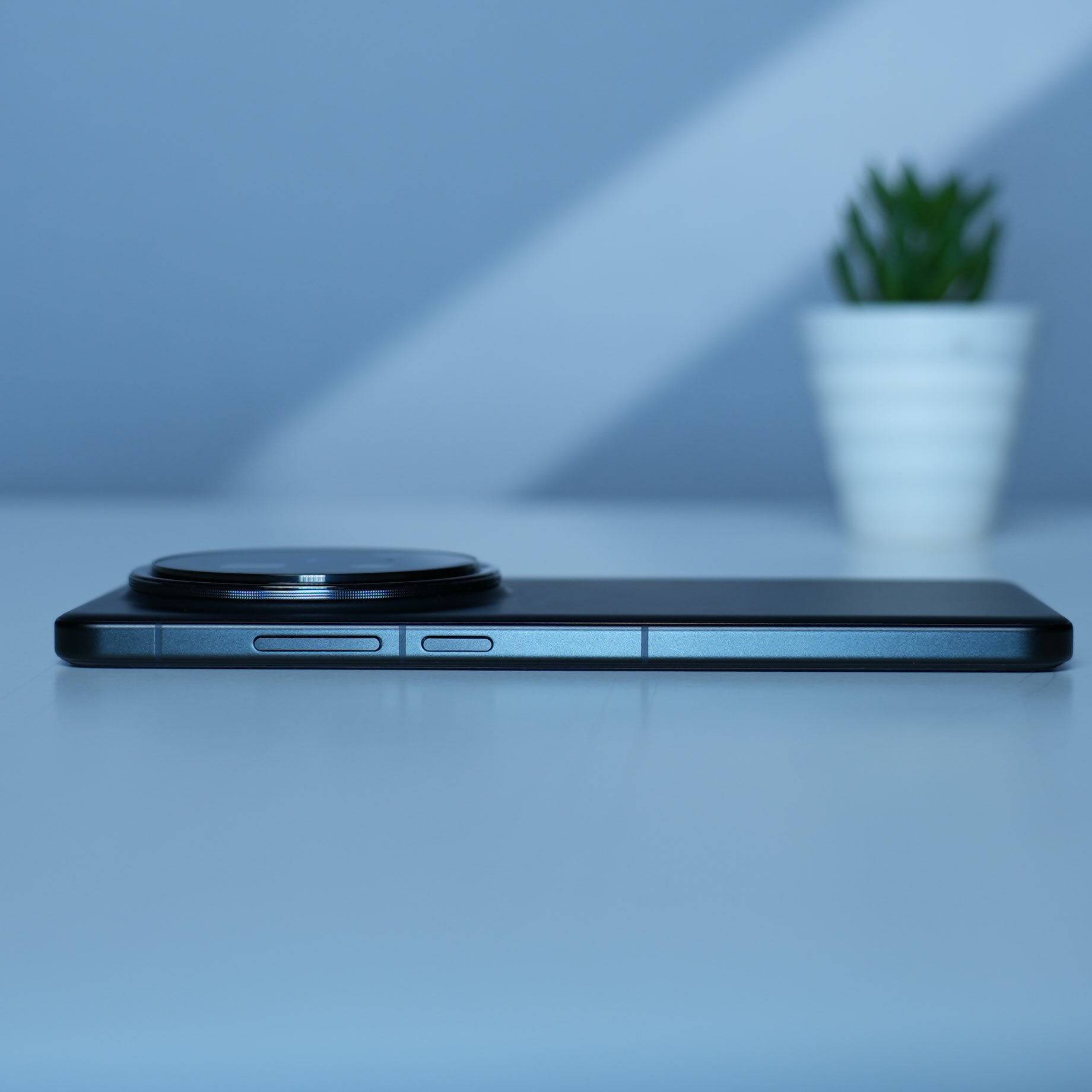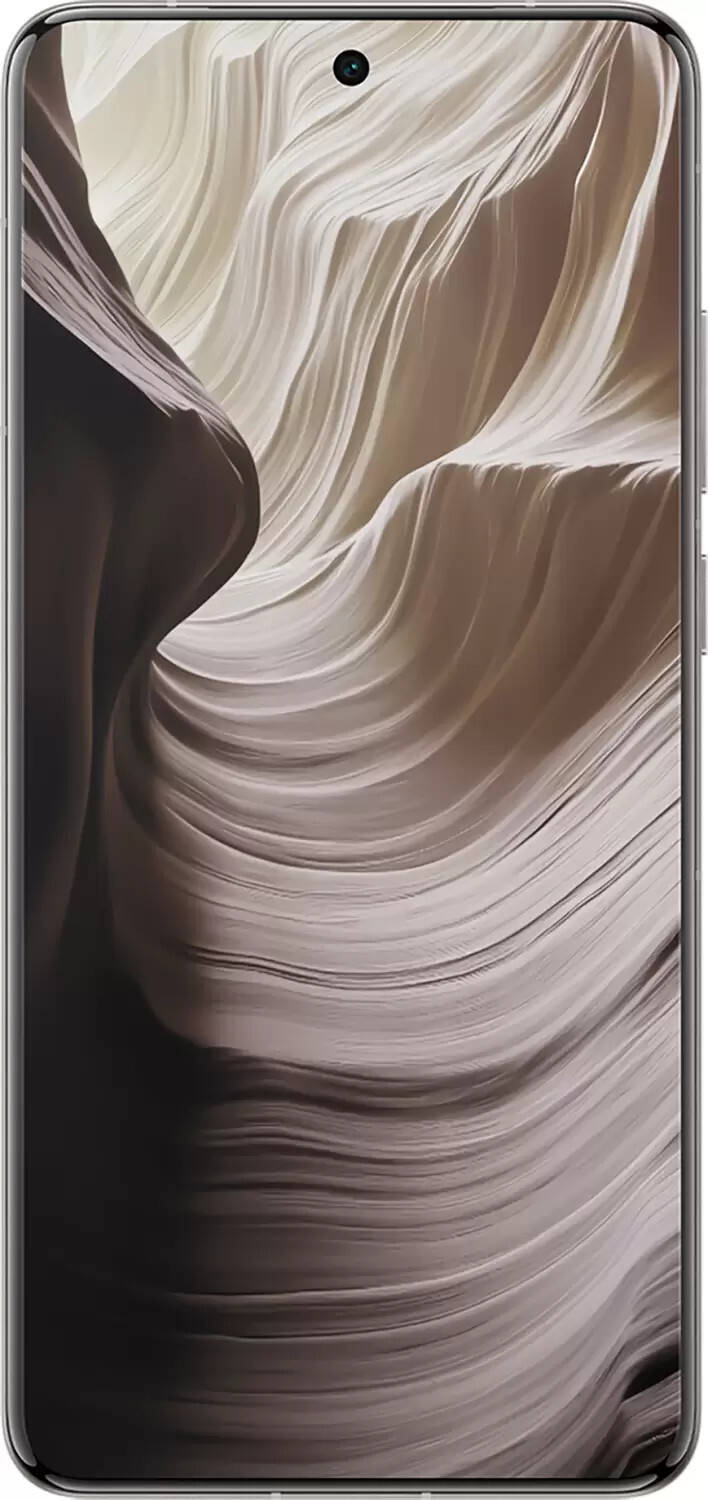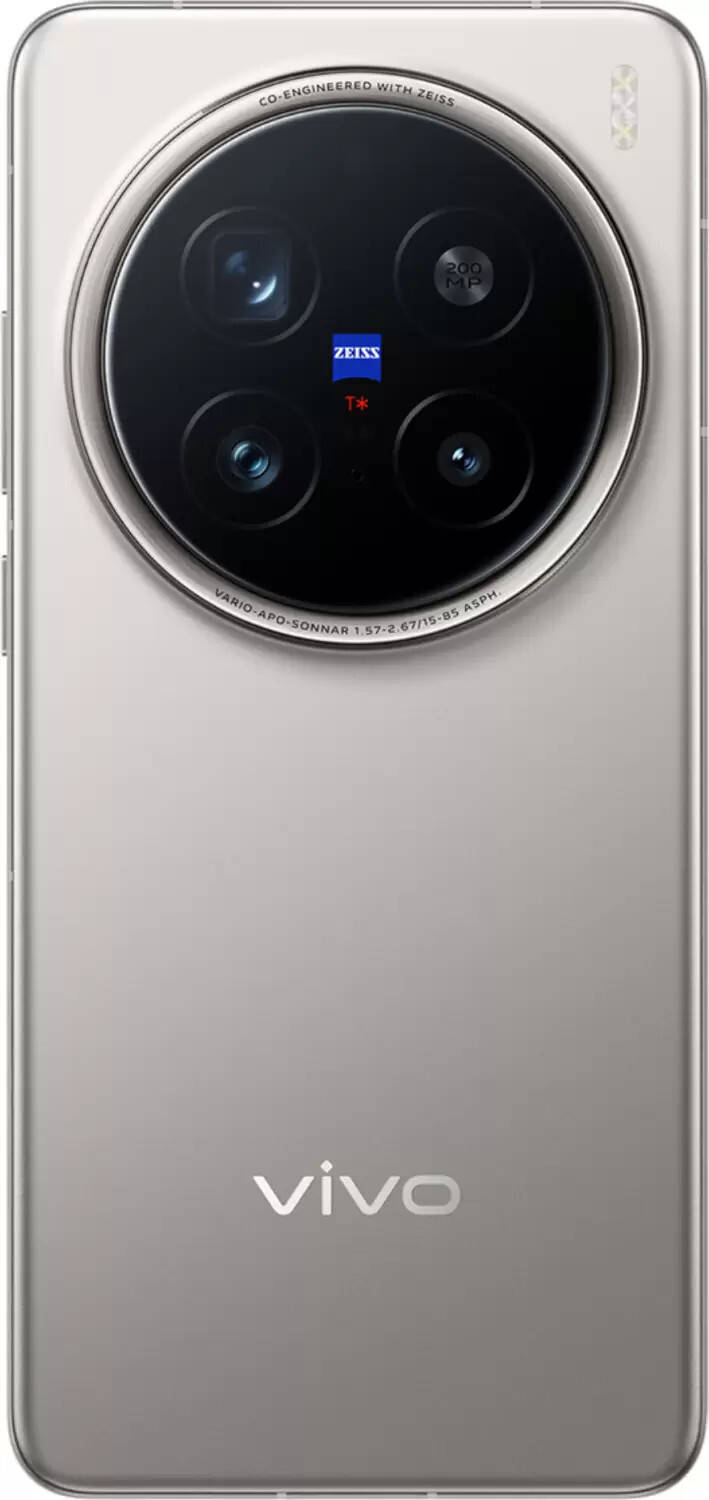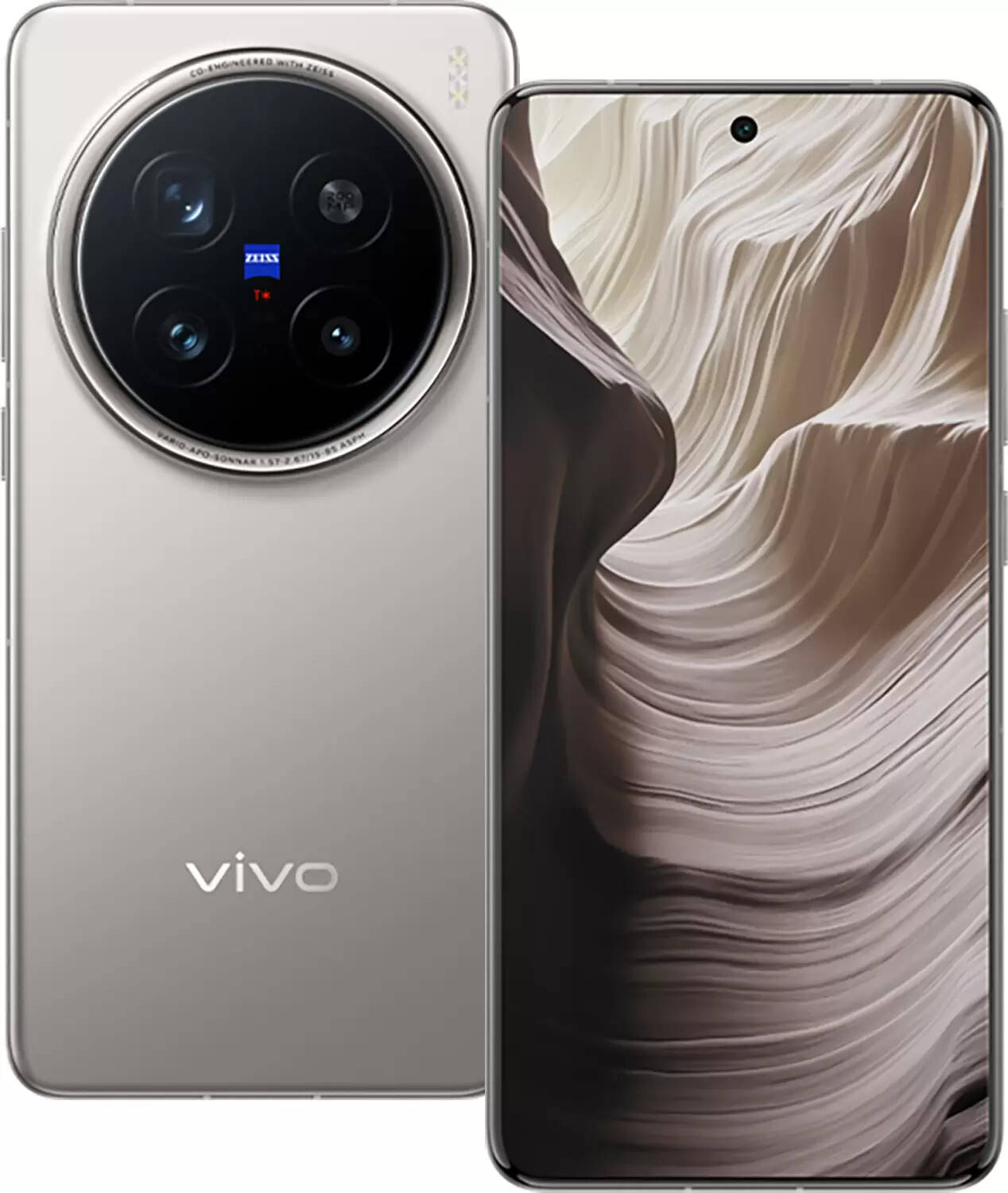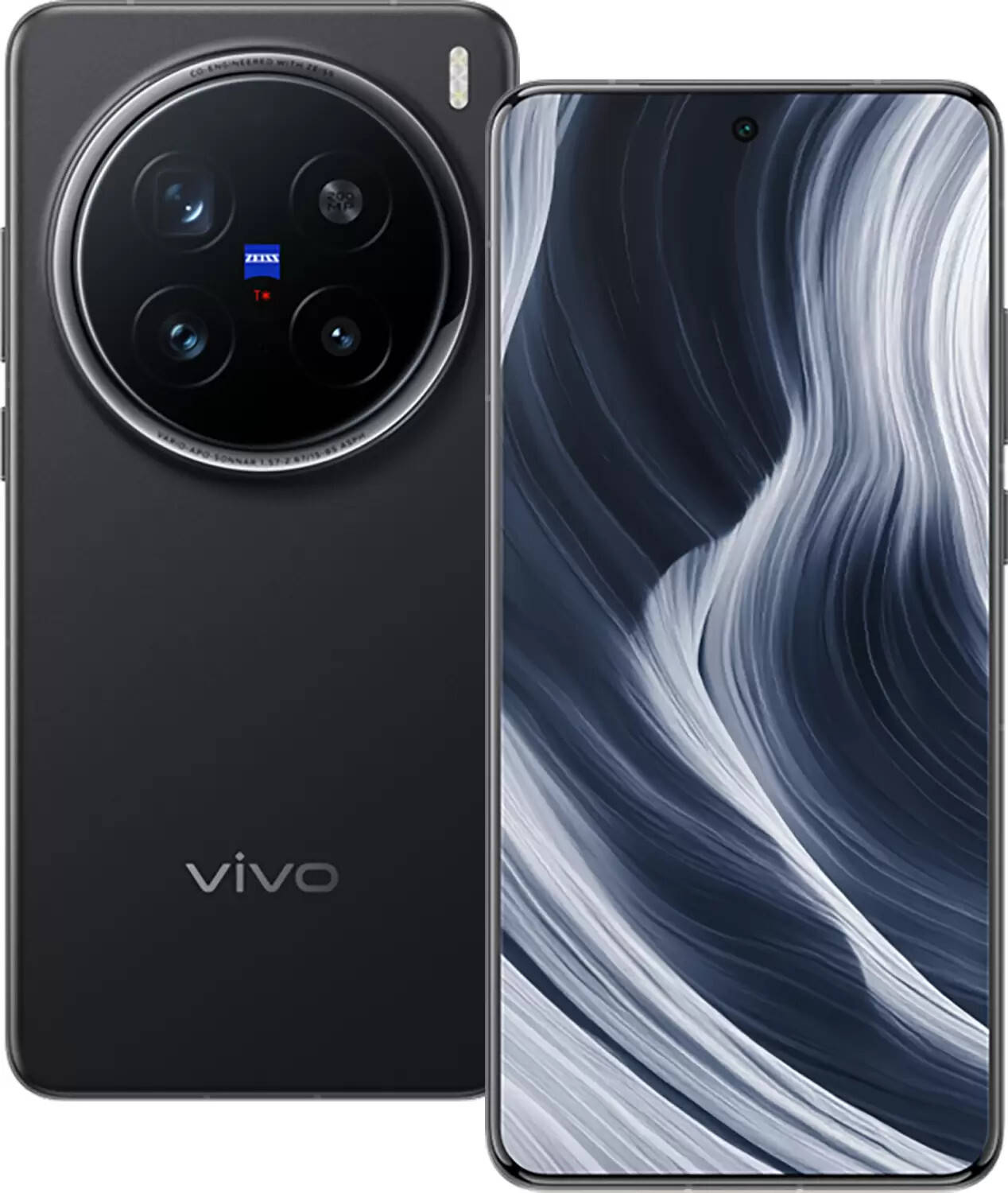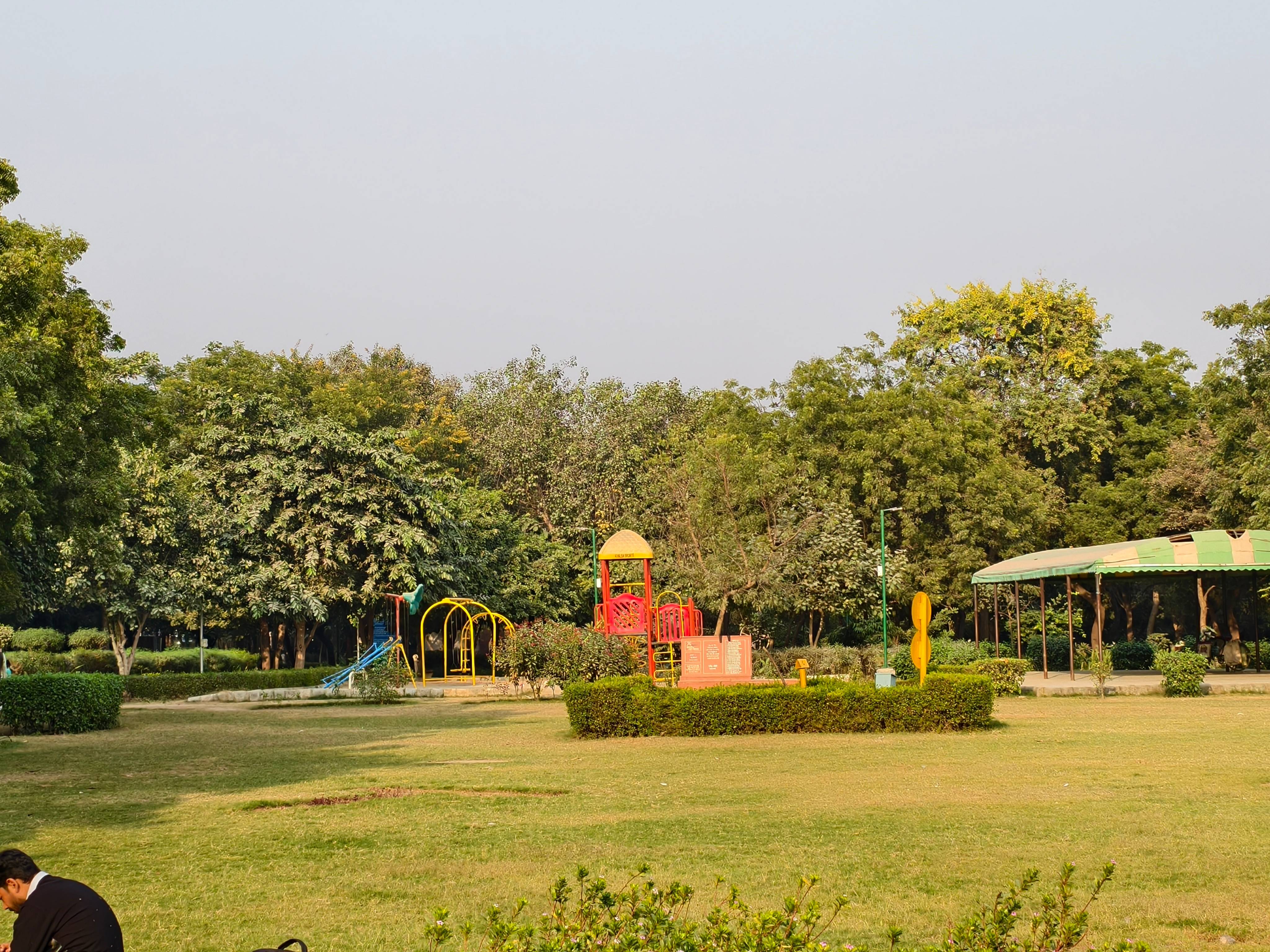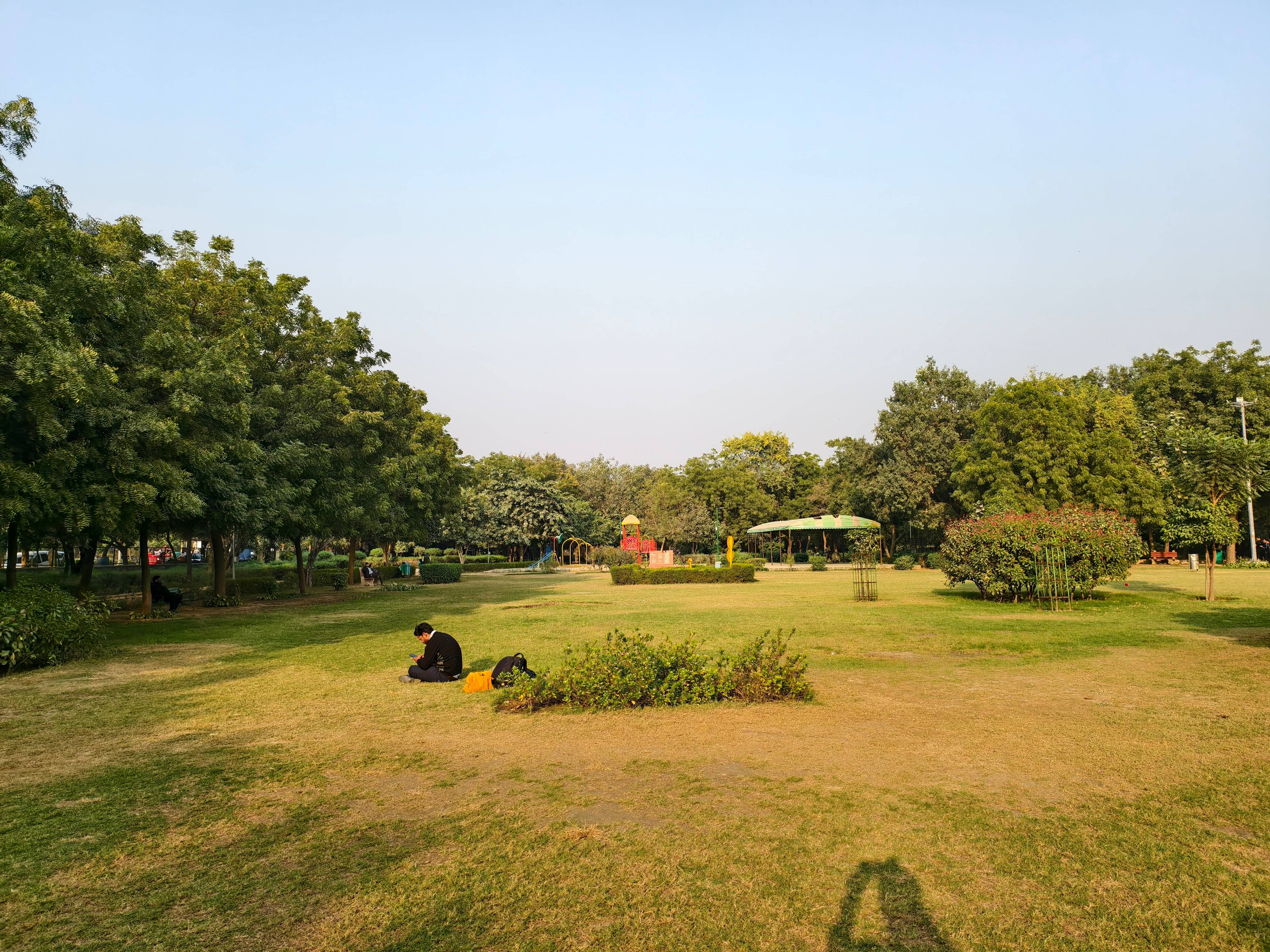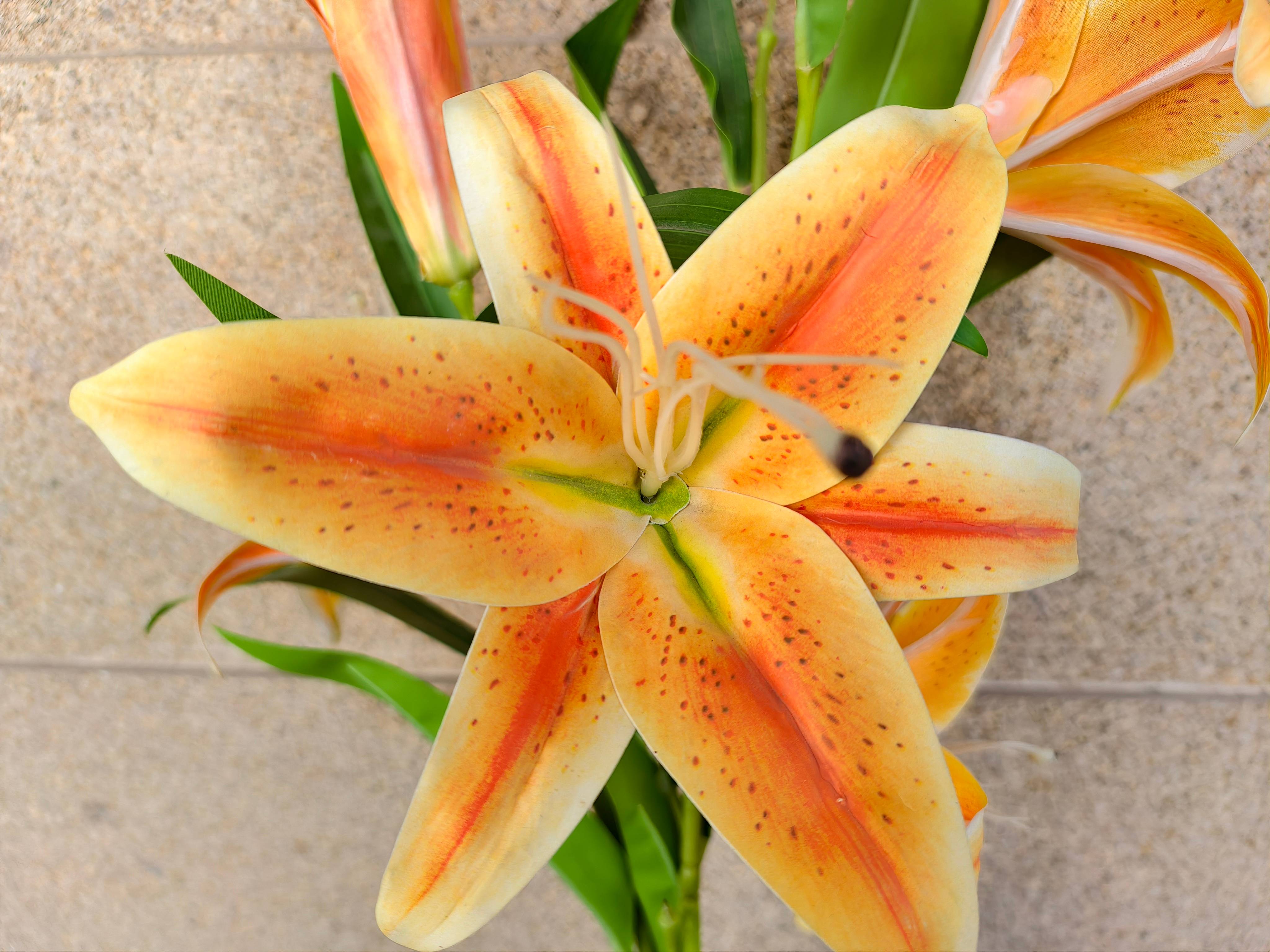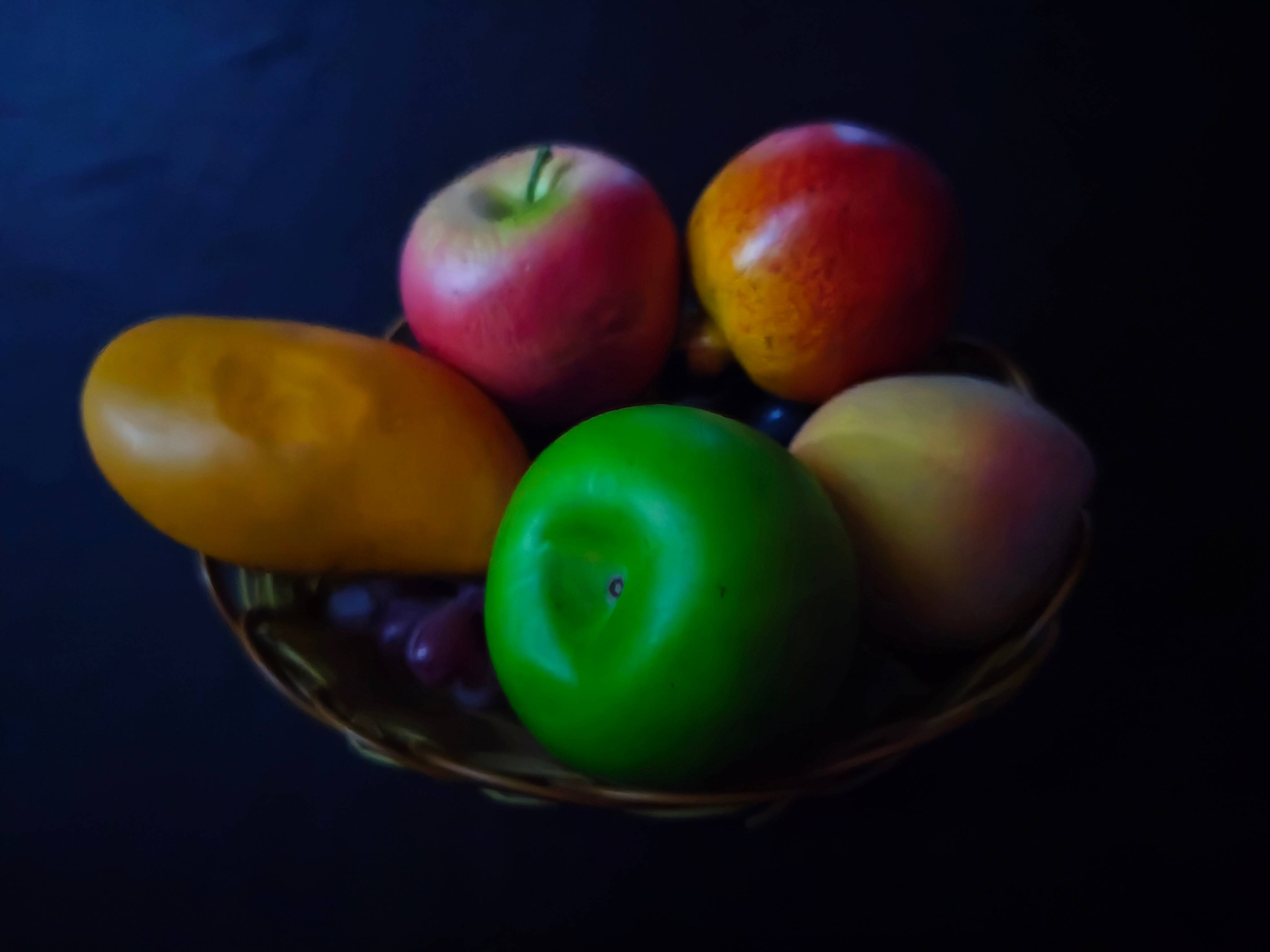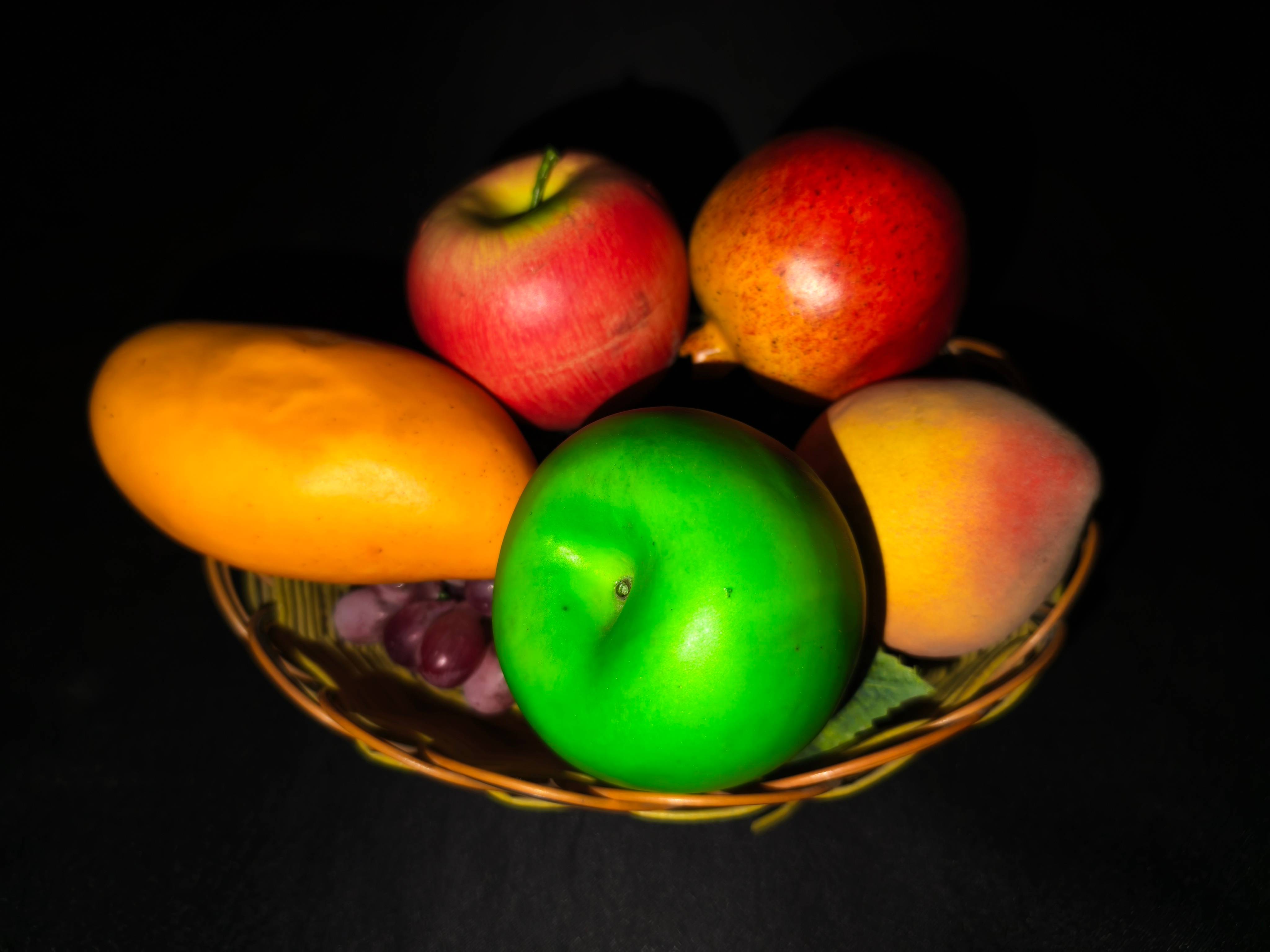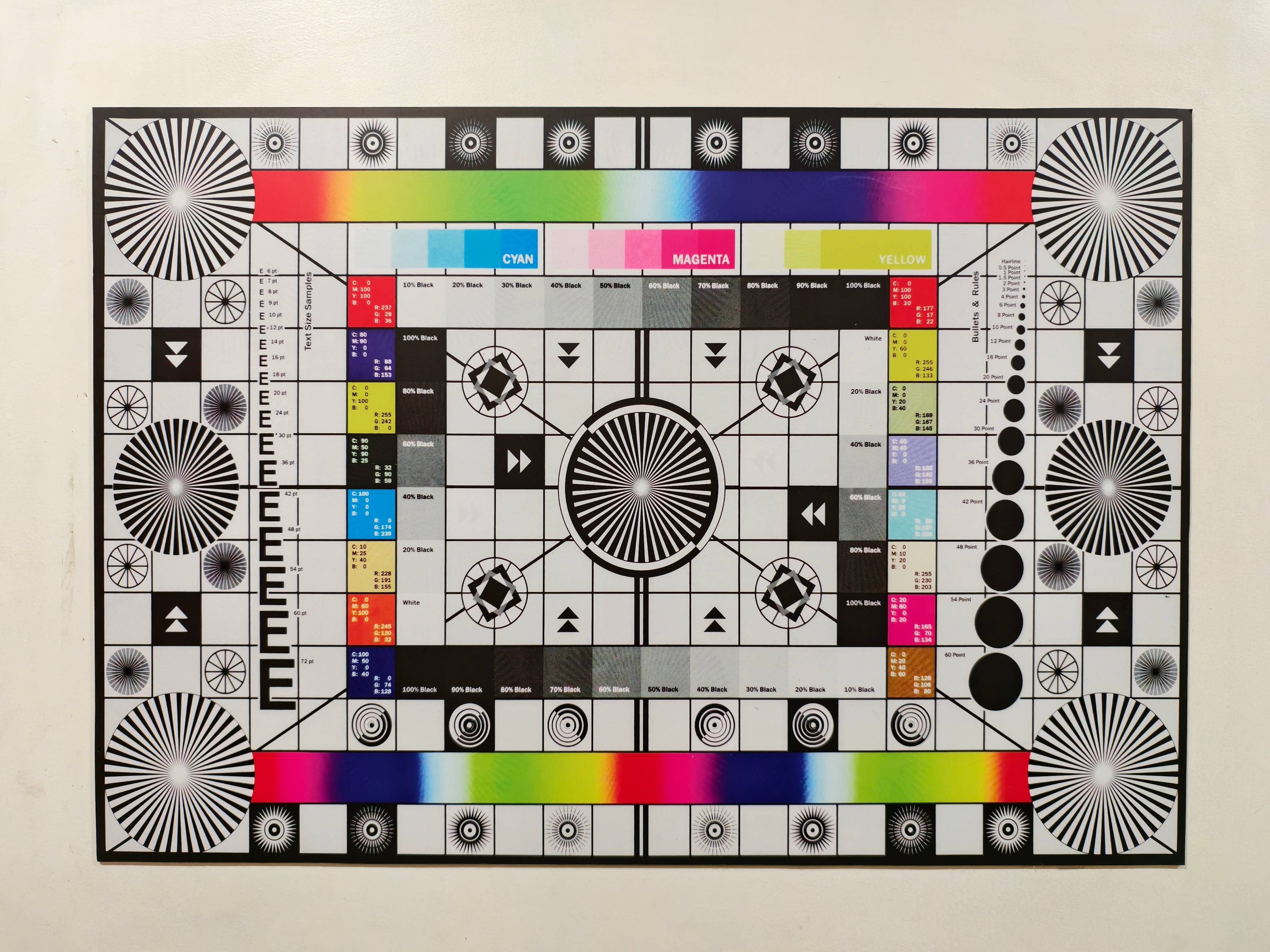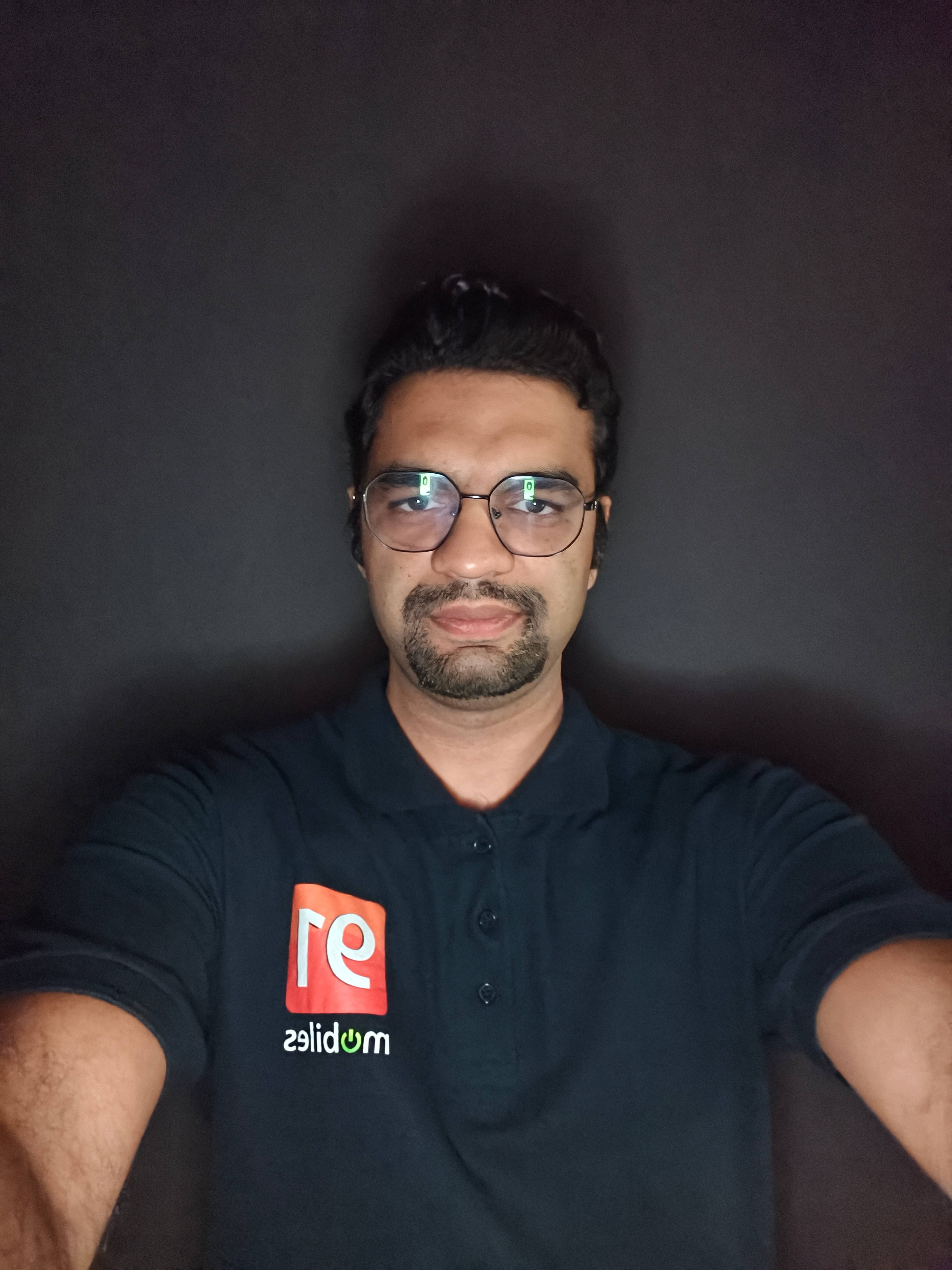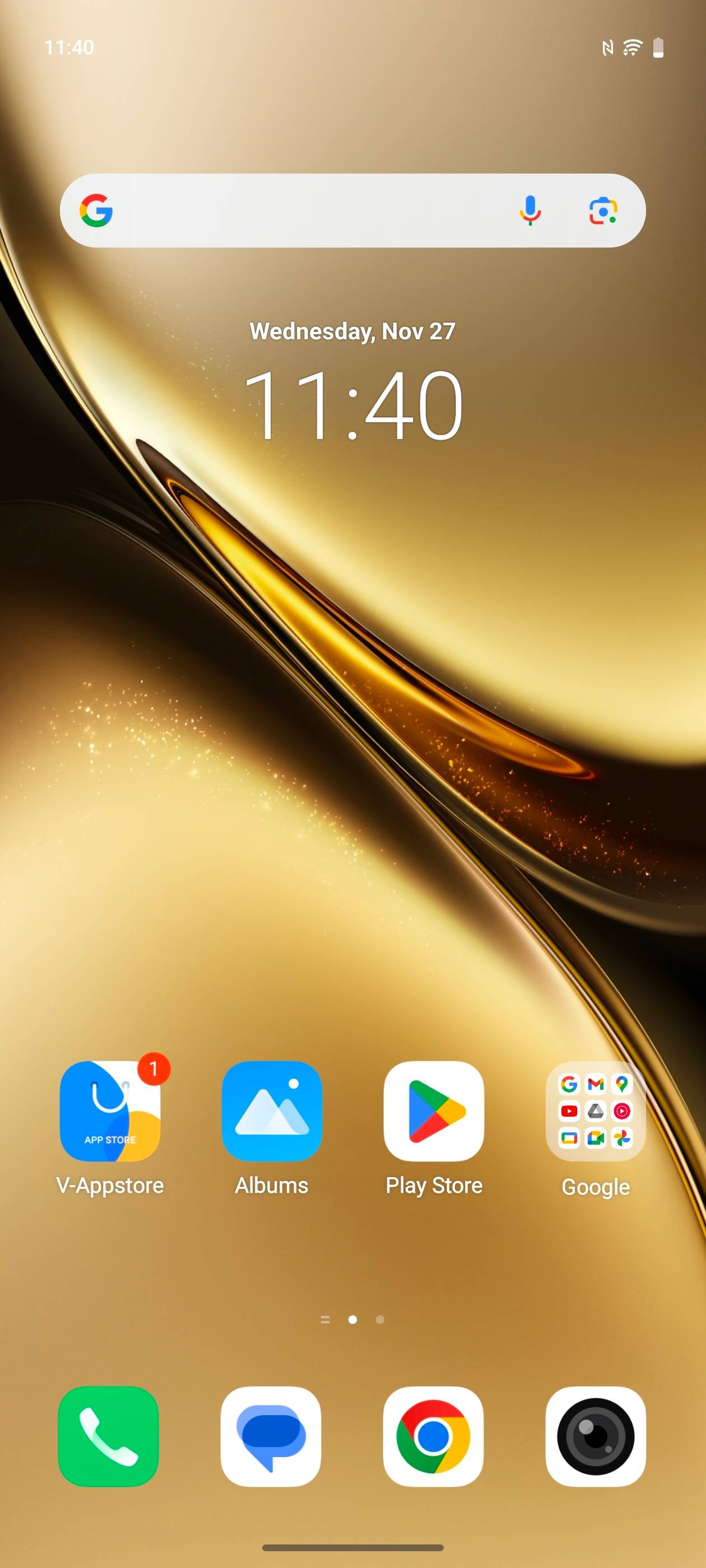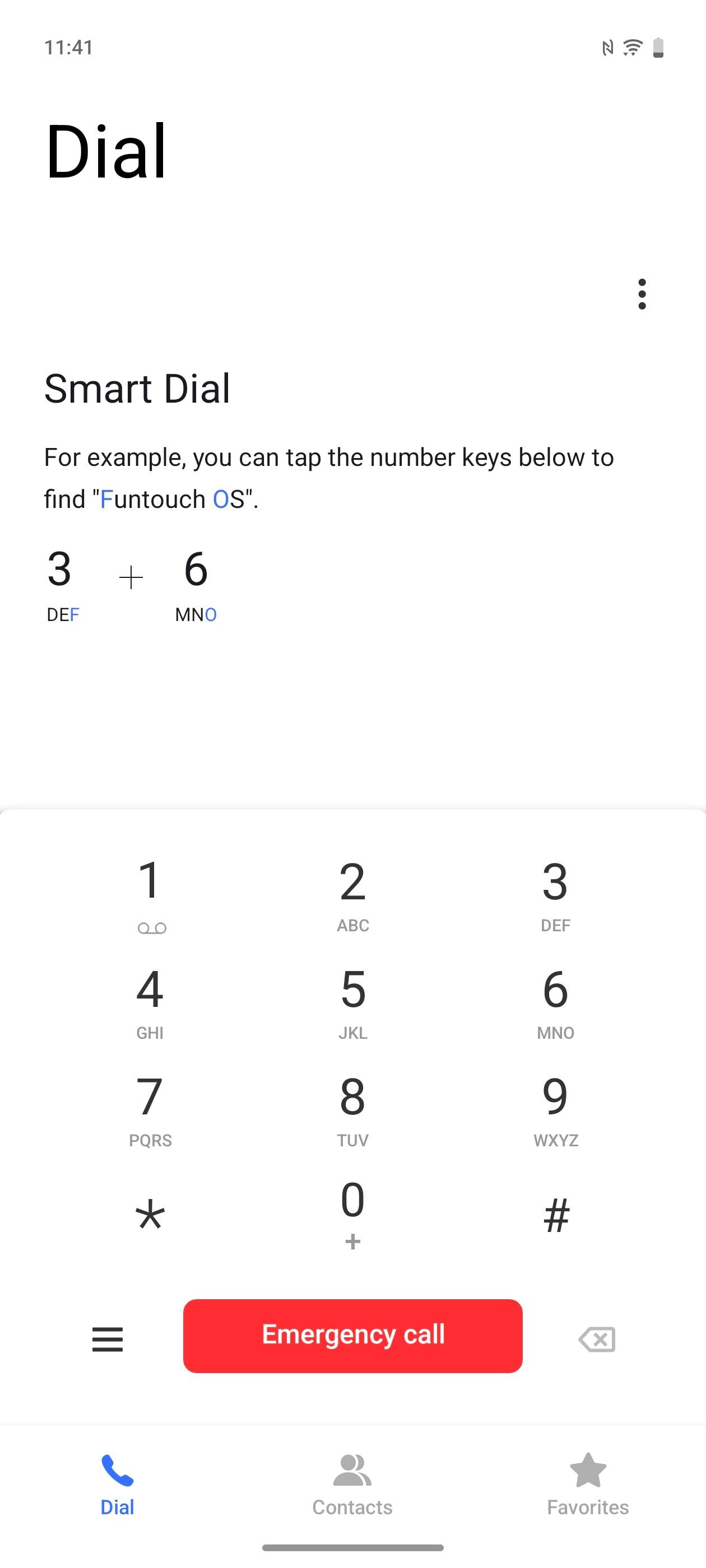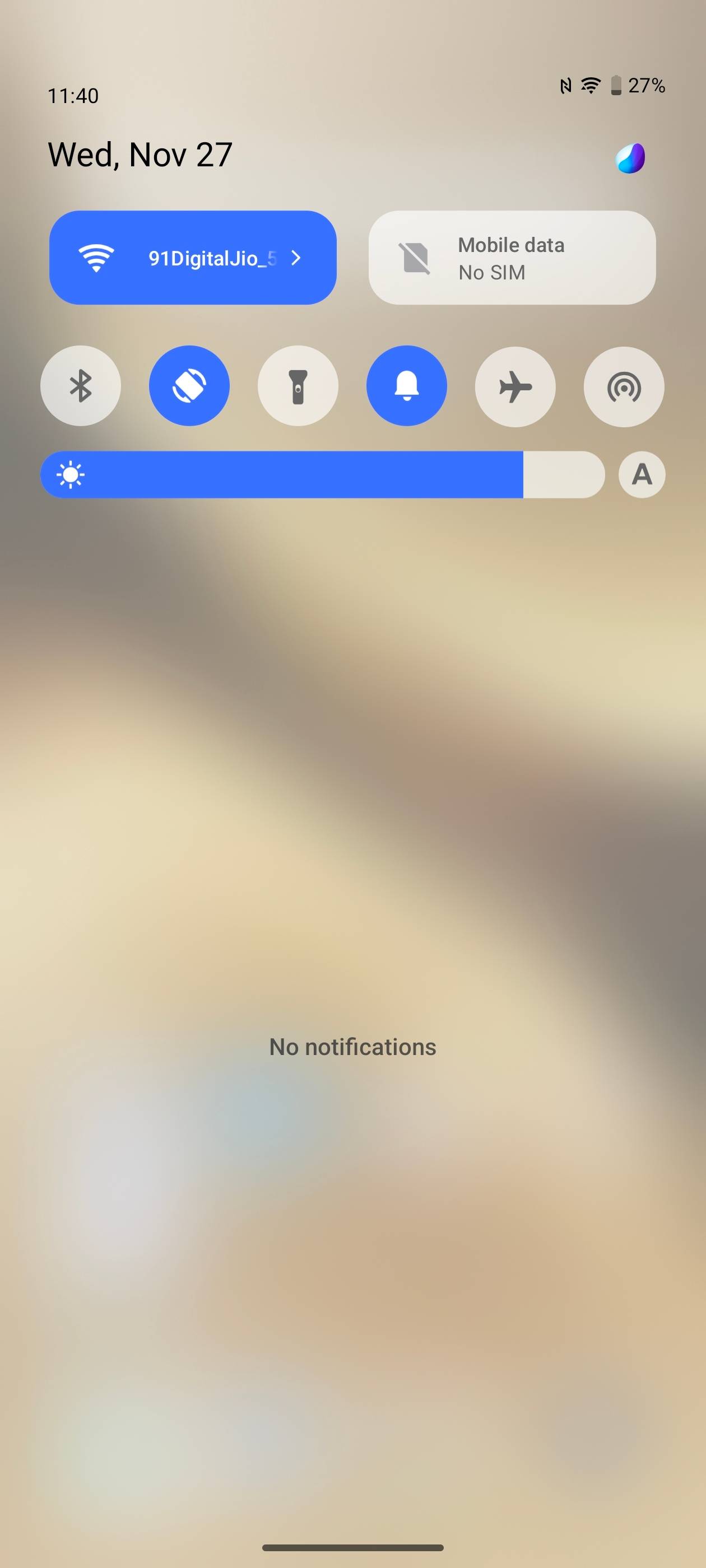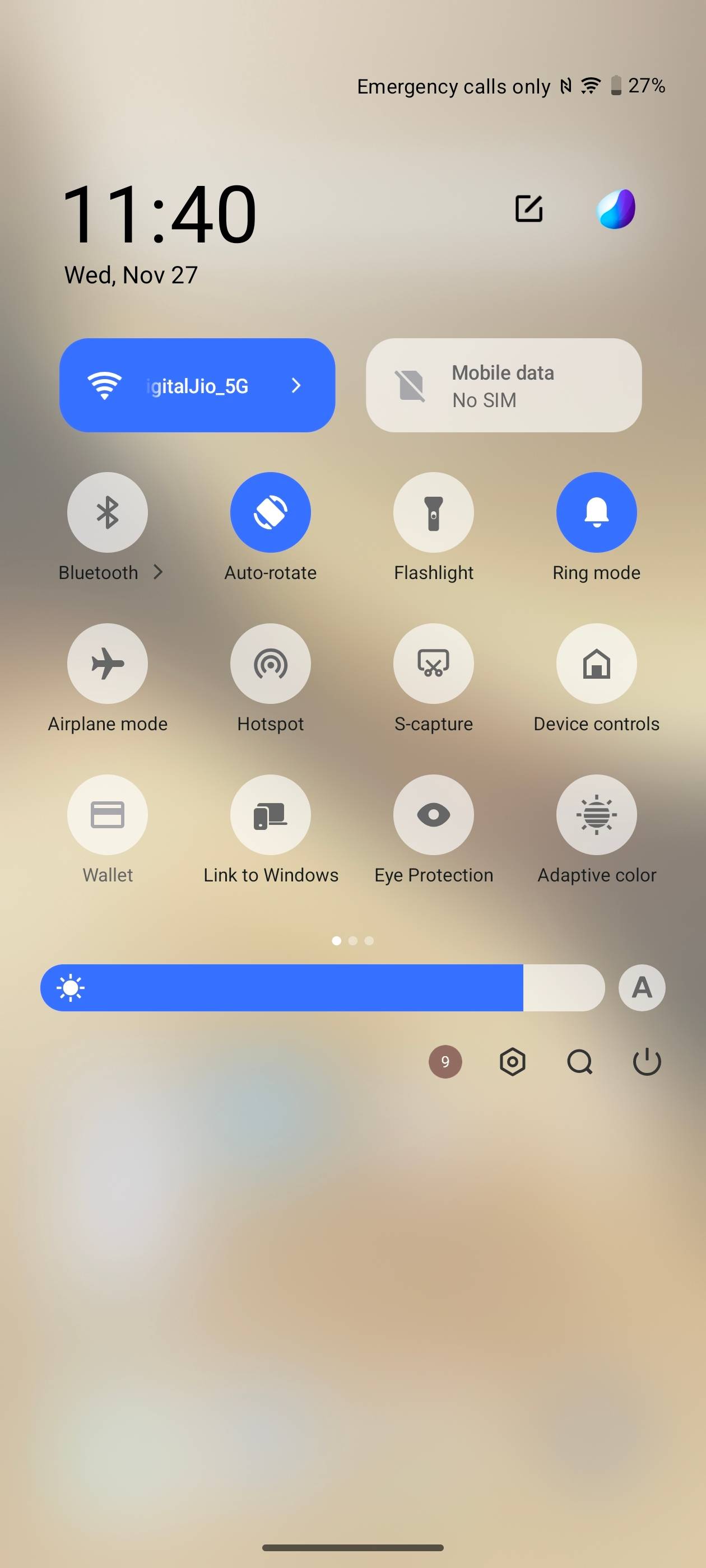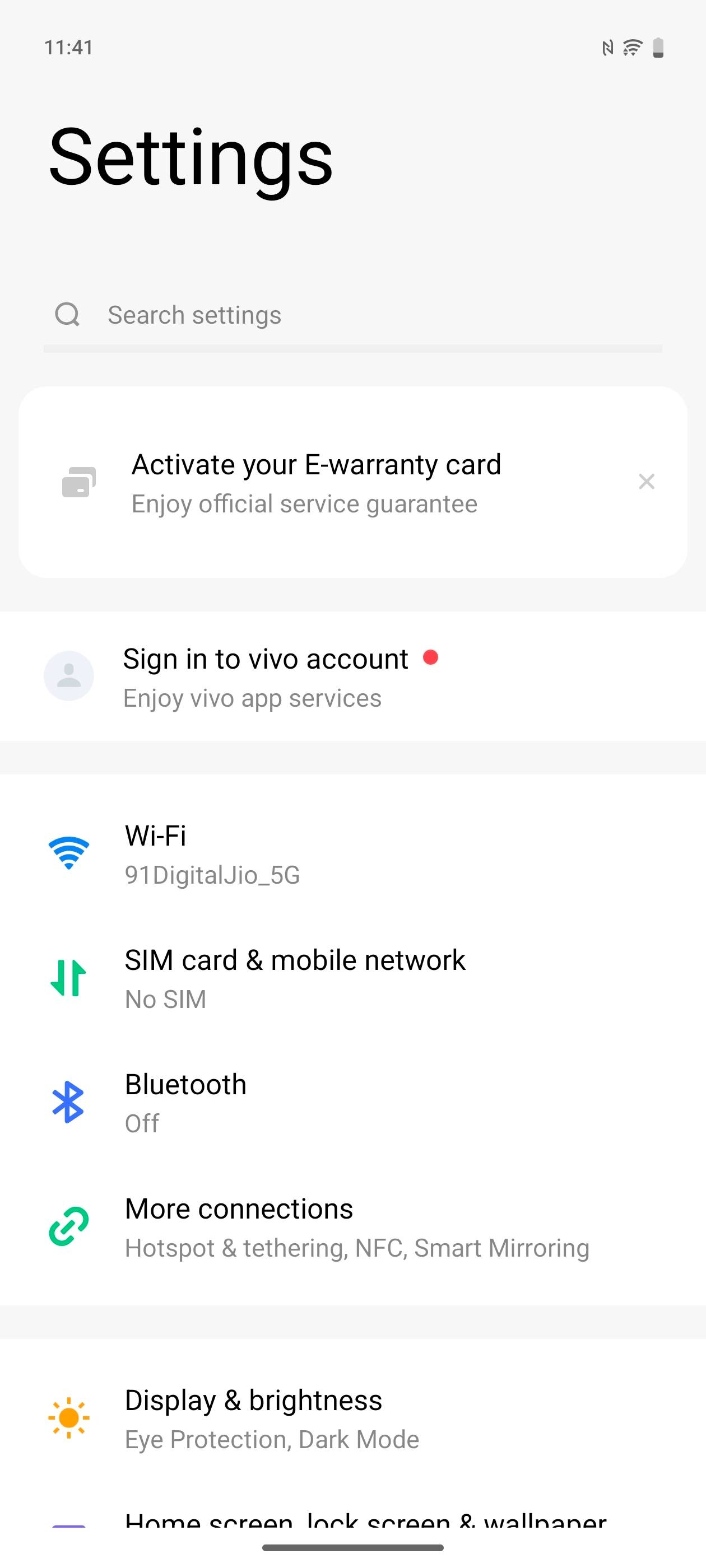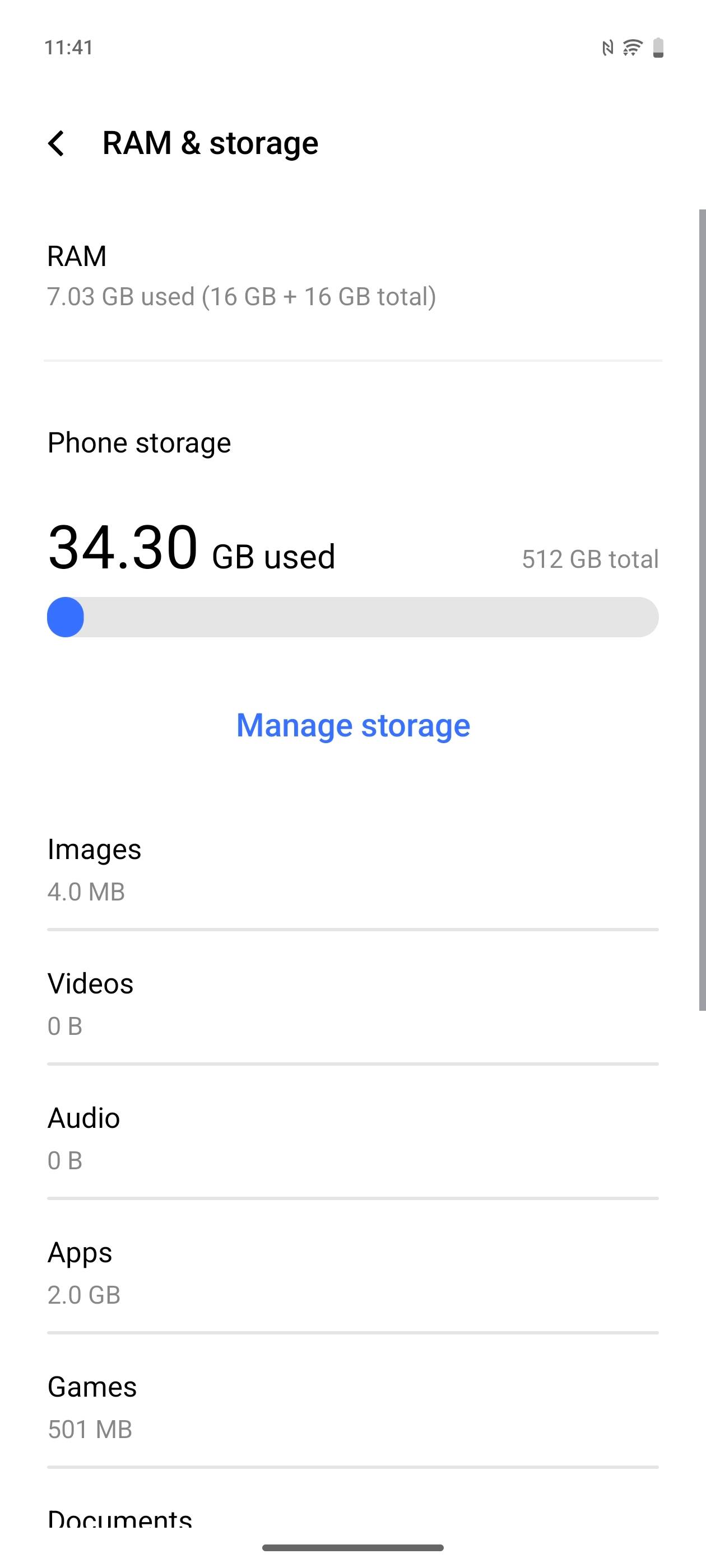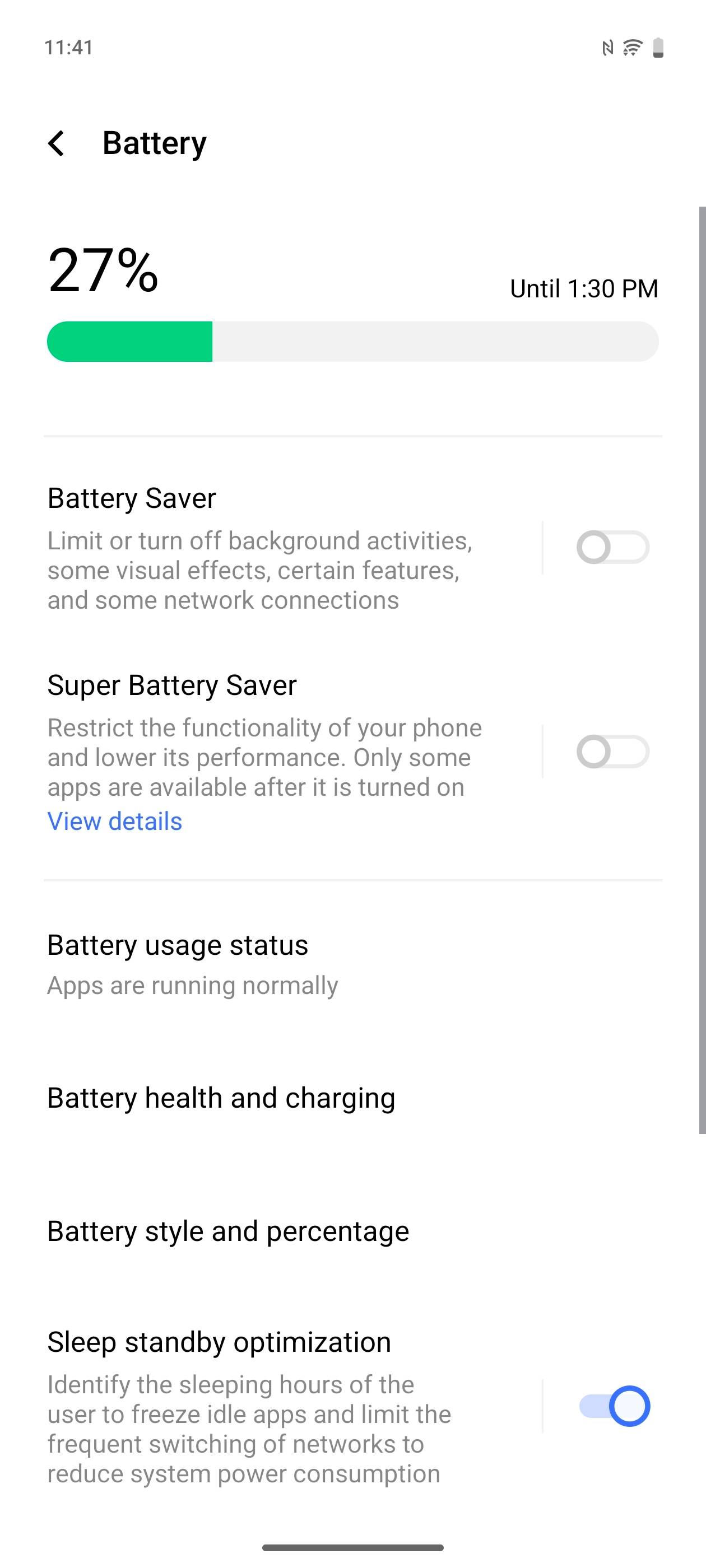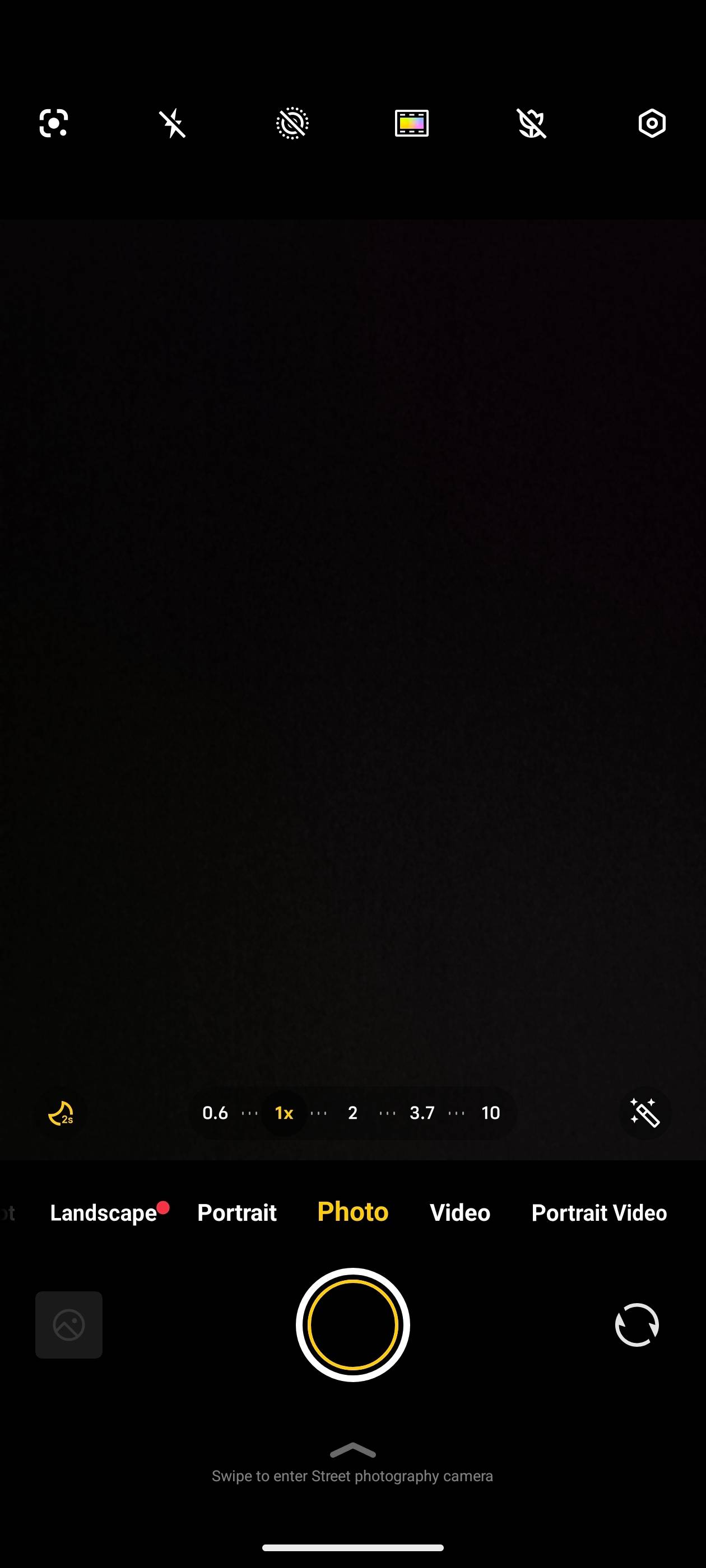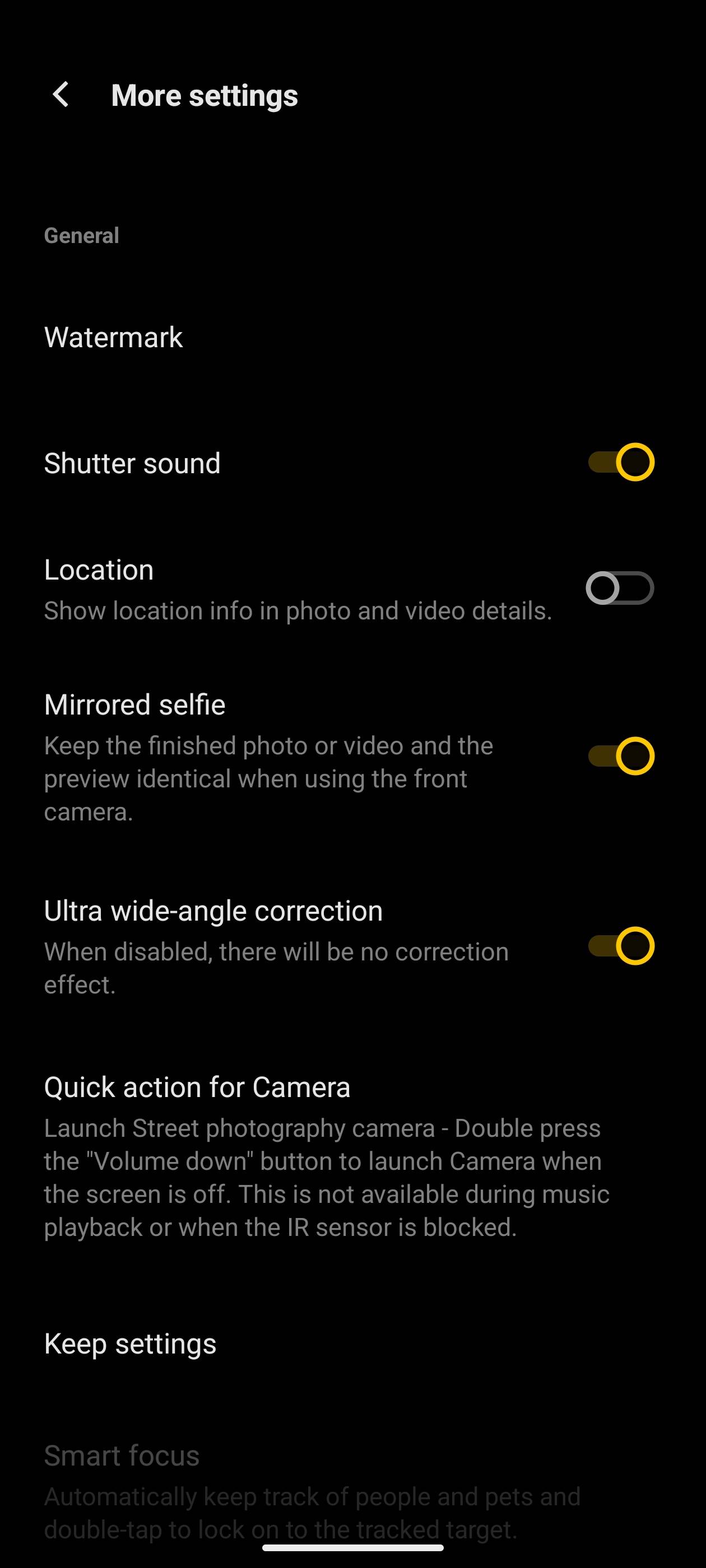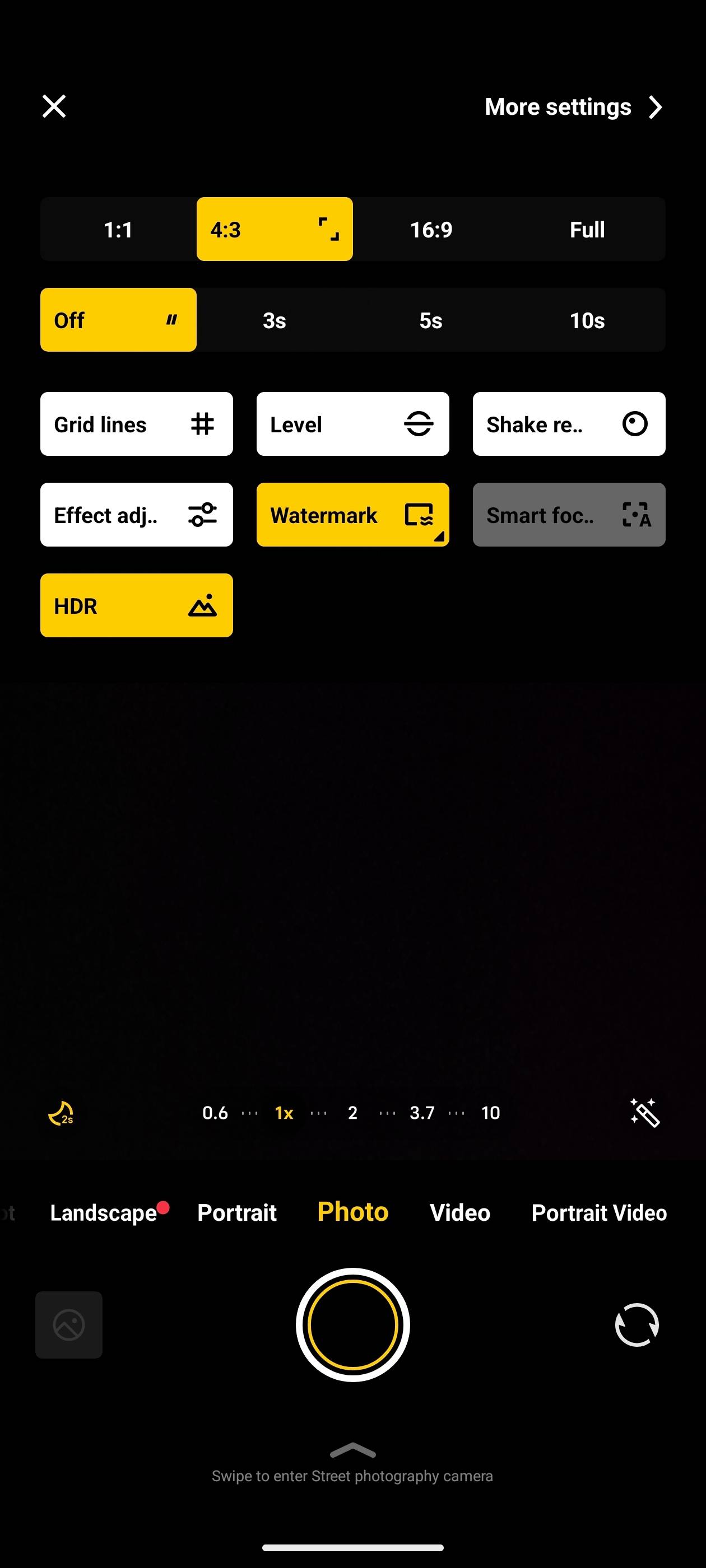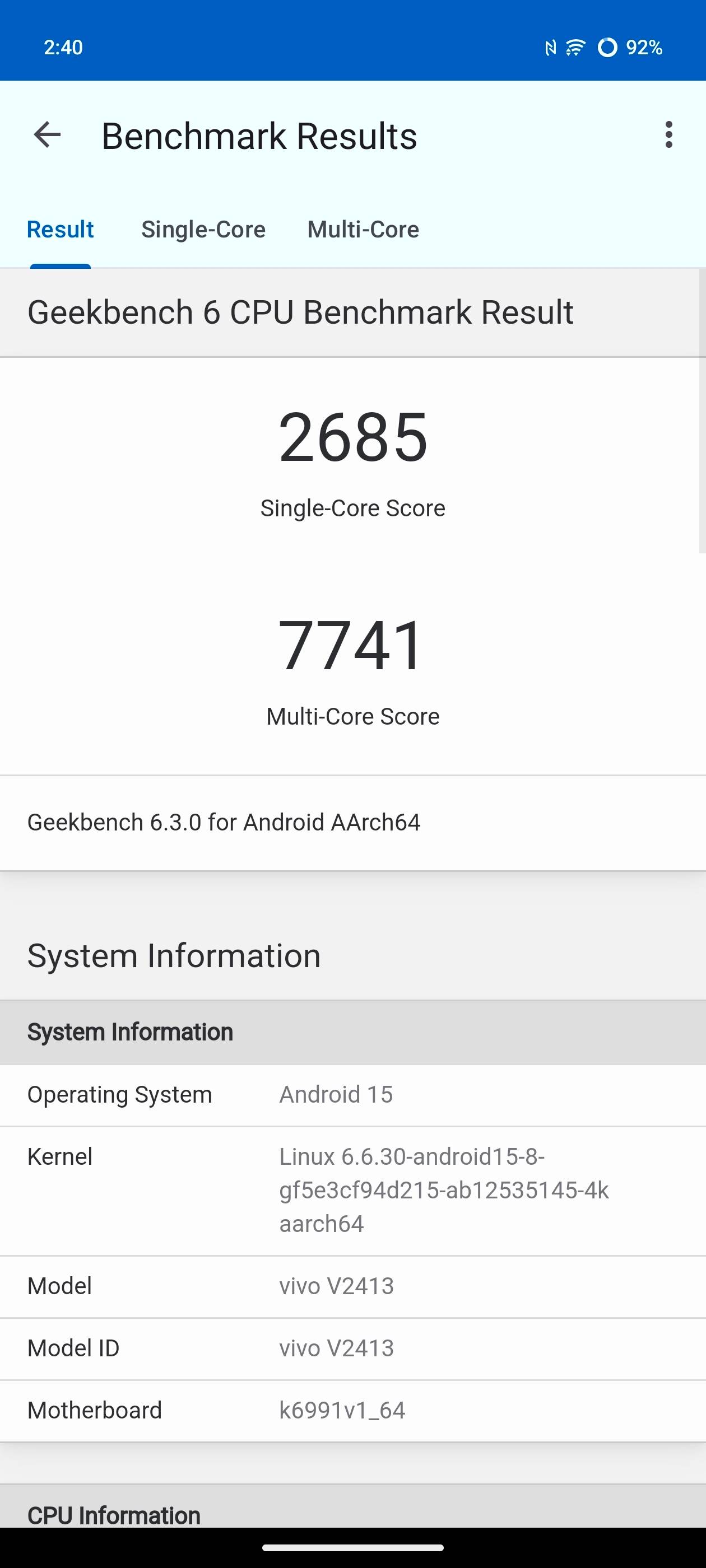
Samsung’s Galaxy S25 Ultra boasts a refreshed design and notable performance upgrades, but its camera system remains largely unchanged from its predecessor, the Galaxy S24 Ultra (review). The phone introduces a new 50MP ultra-wide camera but retains the same core sensors as last year. That includes a 200MP primary camera and two telephoto snappers (50MP + 10MP) with up to 5x optical zoom. The front camera also retains the 12MP sensor for selfies.
While the camera hardware is familiar, Samsung has introduced new features to improve the user experience, particularly for video recording. Notably, the Galaxy S24 Ultra was among the top-rated smartphones for photography last year. Can the Galaxy S25 Ultra maintain its strong reputation against competitors like the iPhone 16 Pro Max (review) and Vivo X200 Pro (review)? Here’s a detailed camera review.
Verdict
The Samsung Galaxy S25 Ultra showcases how flagship-grade cameras should perform. The new iteration does not feature significant upgrades in terms of camera hardware. However, it does a better job of improving brightness in both low-light and daylight conditions than its predecessor. Samsung also excels at capturing accurate skin tones in most cases with different lenses, which customers will surely appreciate.
Pros
- The Galaxy S25 Ultra can take sharp images with all four cameras.
- It captures accurate skin tones.
- It also excels at balancing exposure levels in low light.
- The new ultra-wide camera captures prominent details.
Cons
- It occasionally overlays a warm layer over its images, affecting the colour accuracy.
- Selfie performance is decent in comparison to its competition.
Samsung Galaxy S25 Ultra camera review at a glance:
| Scenarios | Results (out of 10) |
| Daylight | iPhone 16 Pro Max – 8 Samsung Galaxy S25 Ultra – 7.42 Vivo X200 Pro – 7.42 |
| Ultra-wide | Samsung Galaxy S25 Ultra – 7.87 iPhone 16 Pro Max – 7.56 Vivo X200 Pro – 7.13 |
| Portrait | Samsung Galaxy S25 Ultra – 7.63 iPhone 16 Pro Max – 7.5 Vivo X200 Pro – 7.38 |
| Selfie | iPhone 16 Pro Max – 7.88 Samsung Galaxy S25 Ultra – 7.38 Vivo X200 Pro – 7.13 |
| Low-light | Samsung Galaxy S25 Ultra – 7.7 iPhone 16 Pro Max – 7.5 Vivo X200 Pro – 7.4 |
| Low-light (night mode enabled) | Samsung Galaxy S25 Ultra – 7.6 iPhone 16 Pro Max – 7.5 Vivo X200 Pro – 7.2 |
Table of Contents
Daylight
Samsung Galaxy S25 Ultra vs iPhone 16 Pro Max
Based on colour science, there’s an evident difference between the Galaxy S25 Ultra and iPhone 16 Pro Max’s photos. The former prioritises warm tones, while the Apple maintains a natural look. However, both images boast high contrast for a dramatic appeal.


In daylight conditions with default settings, the iPhone 16 Pro Max captures more details in the foreground (shrub and tile details) than its competitors. It also captures sky colours more accurately. Interestingly, the Galaxy S25 Ultra offers a slightly better dynamic range than its rivals. Between the two smartphones, Samsung’s image offers more readable signs in the background.
Samsung Galaxy S25 Ultra vs Vivo X200 Pro
You can also notice a striking difference between Samsung and Vivo’s outputs. The latter’s image may appear more aesthetically appealing with its punchier colours. However, the daylight shot with Galaxy S25 Ultra is closer to the actual scene.


Additionally, the Galaxy S25 Ultra is ahead of the Vivo X200 Pro based on details, whether it’s shrubs in the foreground or red tiles of the building in the background.
Ultra-wide
Samsung Galaxy S25 Ultra vs iPhone 16 Pro Max
All smartphones provide a consistent colour profile across images taken with their primary and ultra-wide cameras. That also means the iPhone 16 Pro Max captures the most accurate shade of the sky and red building. Samsung’s image again leans towards warm tones without compromising the aesthetic appeal.


Notably, the Galaxy S25 Ultra’s upgraded 50MP ultra-wide camera shines in this round with superior details. Even when it comes to distortion at the corners, Samsung performs the best, followed by the iPhone and then Vivo.
Samsung Galaxy S25 Ultra vs Vivo X200 Pro
Vivo again boosts colours across its image with the ultra-wide camera. Notably, Samsung and Vivo also play around with contrast, lending a slightly dramatic look to their photos.


While the X200 Pro’s image is visually appealing, its highly boosted colours place it behind its competition in terms of accuracy. As mentioned, the Galaxy S25 Ultra leads when it comes to minimising distortion at the corners.
Portrait
Samsung Galaxy S25 Ultra vs iPhone 16 Pro Max
For this round, we assessed images directly captured with each phone’s dedicated telephoto camera. Notably, each phone has its strengths and weaknesses.


In Samsung’s case, the Galaxy S25 Ultra delivers the most accurate skin tone of the subject, followed by the iPhone 16 Pro Max and Vivo X200 Pro.
The iPhone 16 Pro Max, on the other hand, excels in depth-of-field despite capturing the portrait shot with f/2.0 aperture with all three phones. However, it struggled with minimising distortion around the edges of the subject in comparison to the Galaxy S25 Ultra.
Samsung has a slight edge for offering the most natural-looking output without compromising details or aesthetics.
Samsung Galaxy S25 Ultra vs Vivo X200 Pro
However, the Vivo X200 Pro excels in maintaining facial details, even though it struggled the most with capturing accurate skin tones. Between the Galaxy S25 Ultra and the Vivo X200 Pro, the latter faced more challenges with distortion around the subject and the overall consistency of the bokeh effect.


As mentioned, each phone has its strengths and weaknesses when it comes to portrait photography, making it a close competition between the three devices.
Selfie
Samsung Galaxy S25 Ultra vs iPhone 16 Pro Max
Similar to the portrait shots, the Samsung Galaxy S25 Ultra excels in detecting accurate skin tones, followed by the iPhone and Vivo. However, the iPhone stands out for capturing the subject’s attire with greater accuracy.


In terms of facial details, the iPhone 16 Pro Max has a slight edge, with Vivo coming next. Samsung falls behind as it smoothens the image, which reduces facial details and elements in the background.
Samsung Galaxy S25 Ultra vs Vivo X200 Pro
Notably, Vivo has applied an unusual red tint on the face, likely to mimic the sunset lighting during the capture. As a result, its image may appear more suitable for social media, but it detracts from its natural appearance.


In contrast, both Samsung and iPhone deliver more realistic-looking selfies, with the latter having a slight lead based on clarity and details.
Low light
Samsung Galaxy S25 Ultra vs iPhone 16 Pro Max
The Samsung Galaxy S25 Ultra balances the ambient light source most effectively in low-light conditions, although it struggles with colour accuracy. This is more apparent if you notice the colour of the sky and buildings in the background. Samsung also shows superiority in maintaining exposure levels.


The iPhone 16 Pro Max captures the most colours, similar to its daylight performance. In terms of noise, Samsung and iPhone Apple are on par, but the Vivo X200 Pro excels on the front.
Samsung Galaxy S25 Ultra vs Vivo X200 Pro
Speaking of the Vivo X200 Pro, its low-light shot is the most aesthetically pleasing despite suffering from noticeable colour inaccuracies. Notably, Vivo outperformed the iPhone in reducing lens flare intensity in brightly lit areas. However, its images rank the lowest in terms of realism.


Samsung’s output may appear least punchy in comparison, but it does an excellent job of balancing exposure and reducing grains against the two rivals.
Low light (night mode enabled)
Samsung Galaxy S25 Ultra vs iPhone 16 Pro Max
There isn’t a significant difference in the images produced by each phone, even with night mode enabled, apart from a minor improvement in the overall brightness levels. Samsung handles flare intensity the best, followed by the iPhone and Vivo. This time, the iPhone 16 Pro offers superior exposure compared to the others.


Samsung slightly boosts the colour of the building and sky without comprising details or exposure. The iPhone is also on the same level, if not better. Notably, all three smartphones deliver similar levels of graininess.
Samsung Galaxy S25 Ultra vs Vivo X200 Pro
When it comes to colour accuracy, Vivo captures near-accurate sky colours, but the building’s colour falls short. As mentioned, Vivo, including its rivals, deliver similar levels of graininess. Compared to Galaxy S25 Ultra, its low-light and night mode shots look more or less similar. Samsung offers punchier red spots across the image.


Verdict
The Samsung Galaxy S25 Ultra proves its superiority despite utilising familiar camera hardware on its flagship. However, its upgraded ultra-wide camera shines, particularly in areas like details and sharpness. As mentioned, Samsung also offers a host of AI features to elevate the user experience. There are a bunch of video-related upgrades too, which content creators will surely like.
Here’s a quick recap of where the Galaxy S25 Ultra stands out against the iPhone 16 Pro Max and Vivo X200 Pro:
- The Galaxy S25 Ultra’s new ultra-wide camera excels at capturing finer details. It also does a brilliant job of minimising distortions around the corners.
- It does a better job than its rival’s accurate skin tones in most cases. The Galaxy S25 Ultra also offers a natural-looking bokeh (portrait mode).
- In low light, the Galaxy S25 Ultra offered the best performance in controlling exposed areas.
| Smartphone | Starting price |
| Samsung Galaxy S25 Ultra | Rs 1,29,999 |
| iPhone 16 Pro Max | Rs 1,44,900 |
| Vivo X200 Pro | Rs 94,999 |



